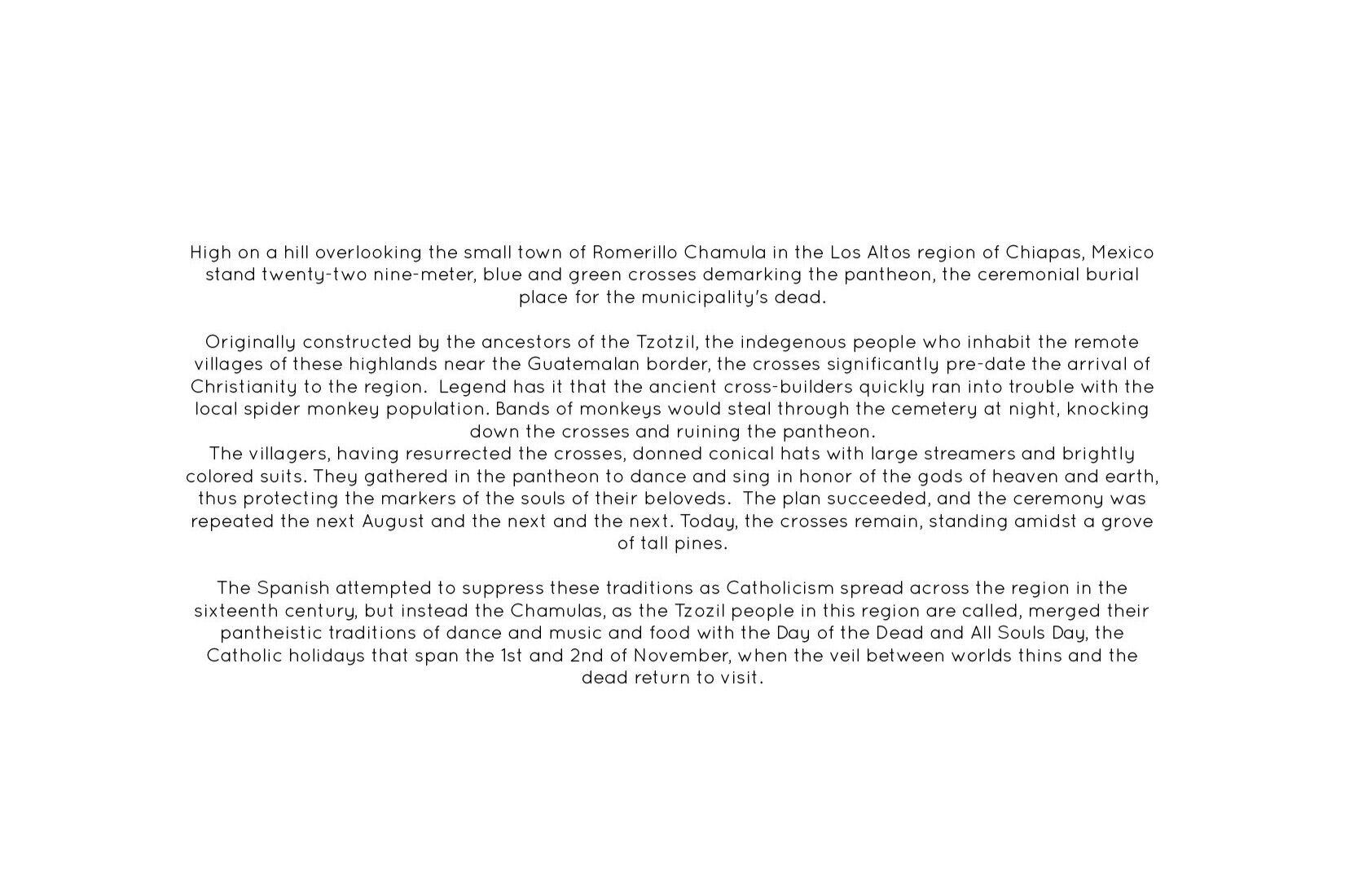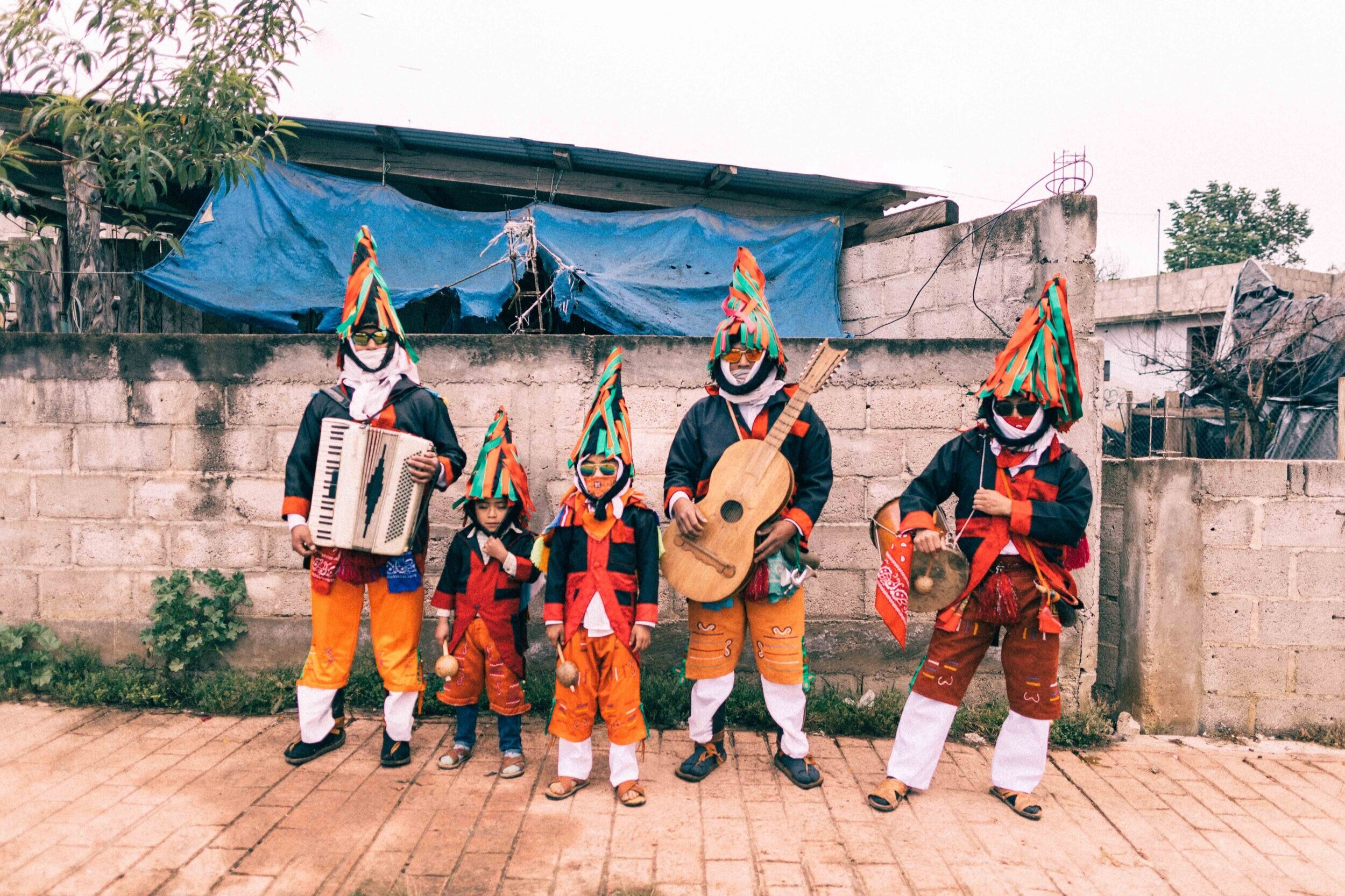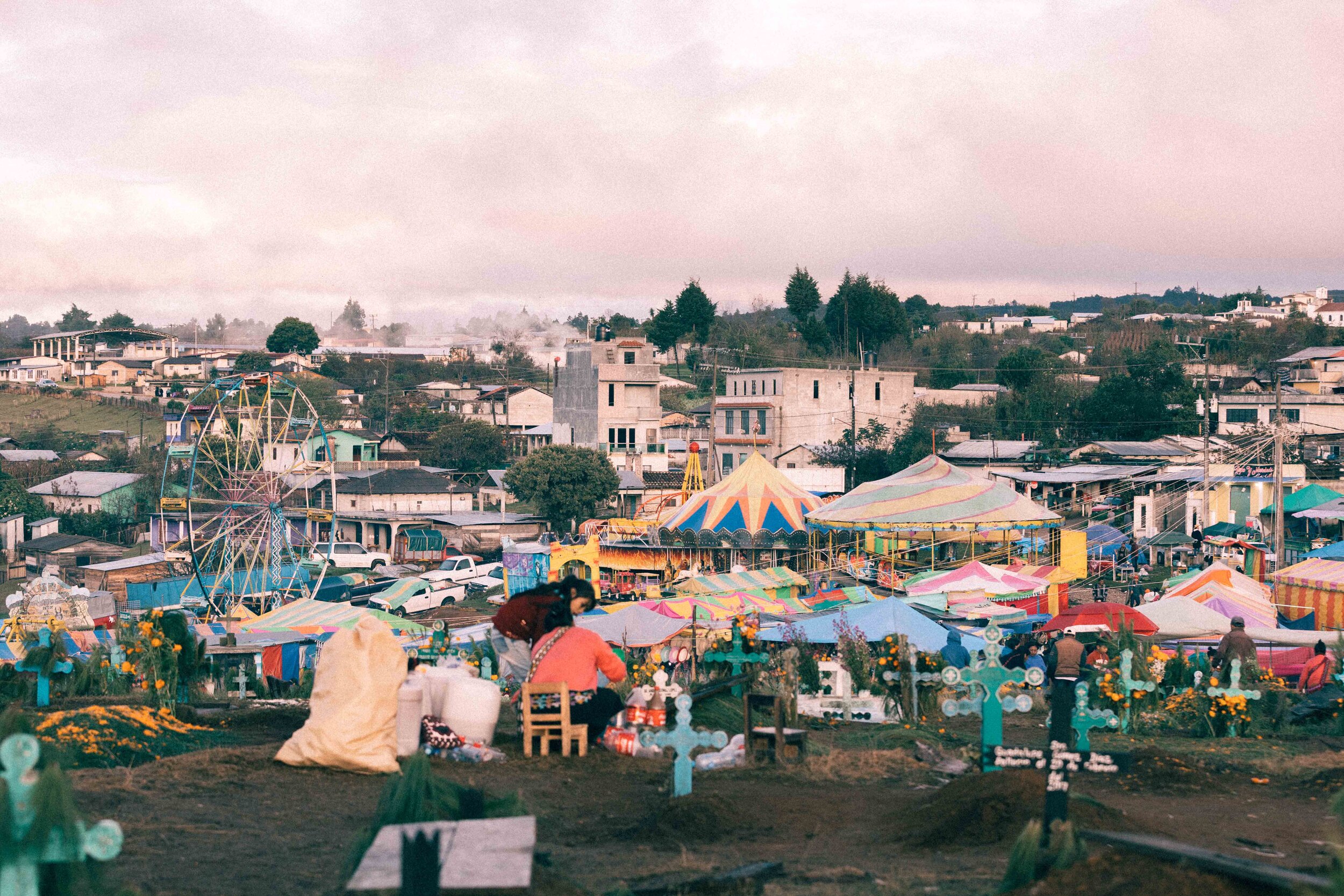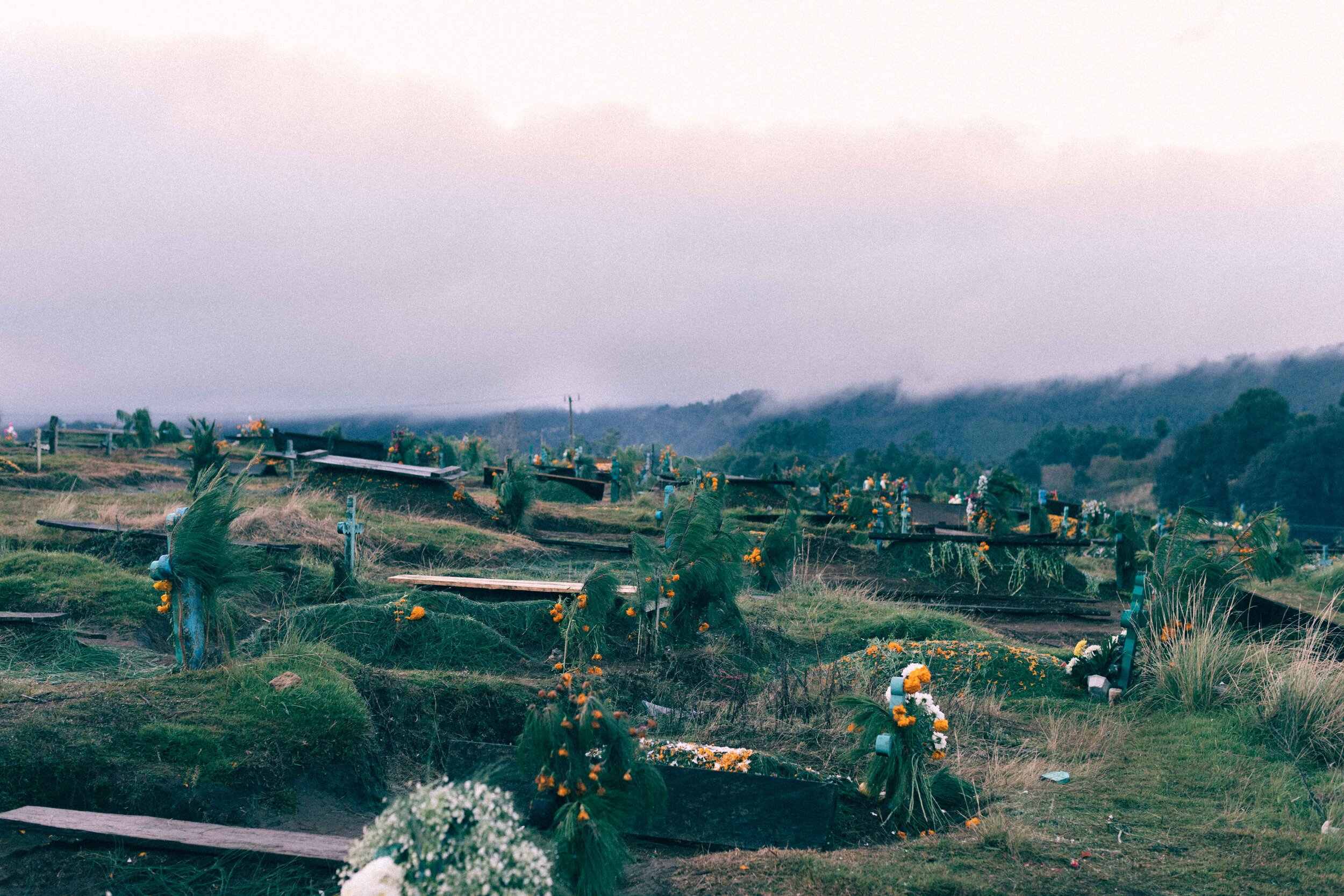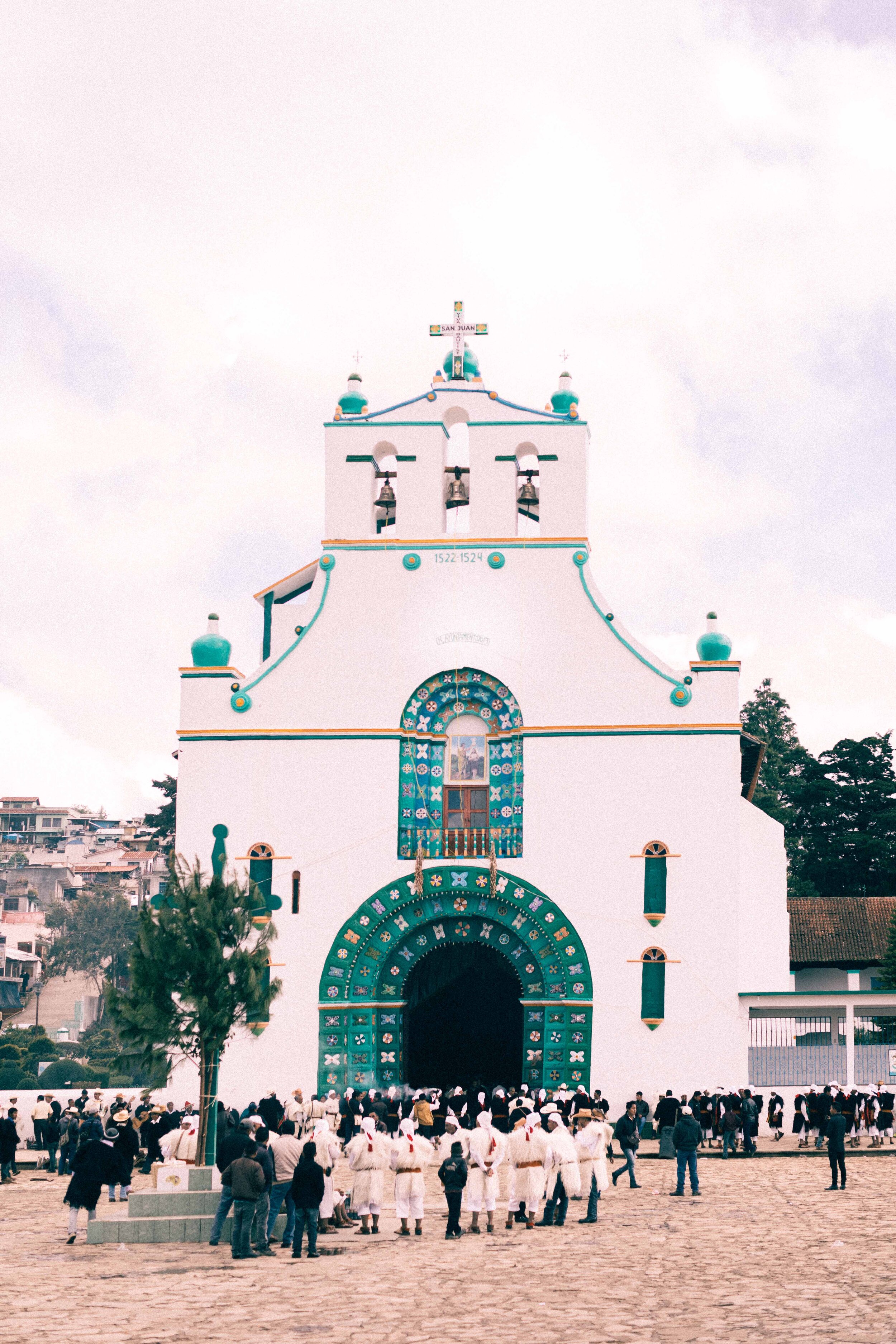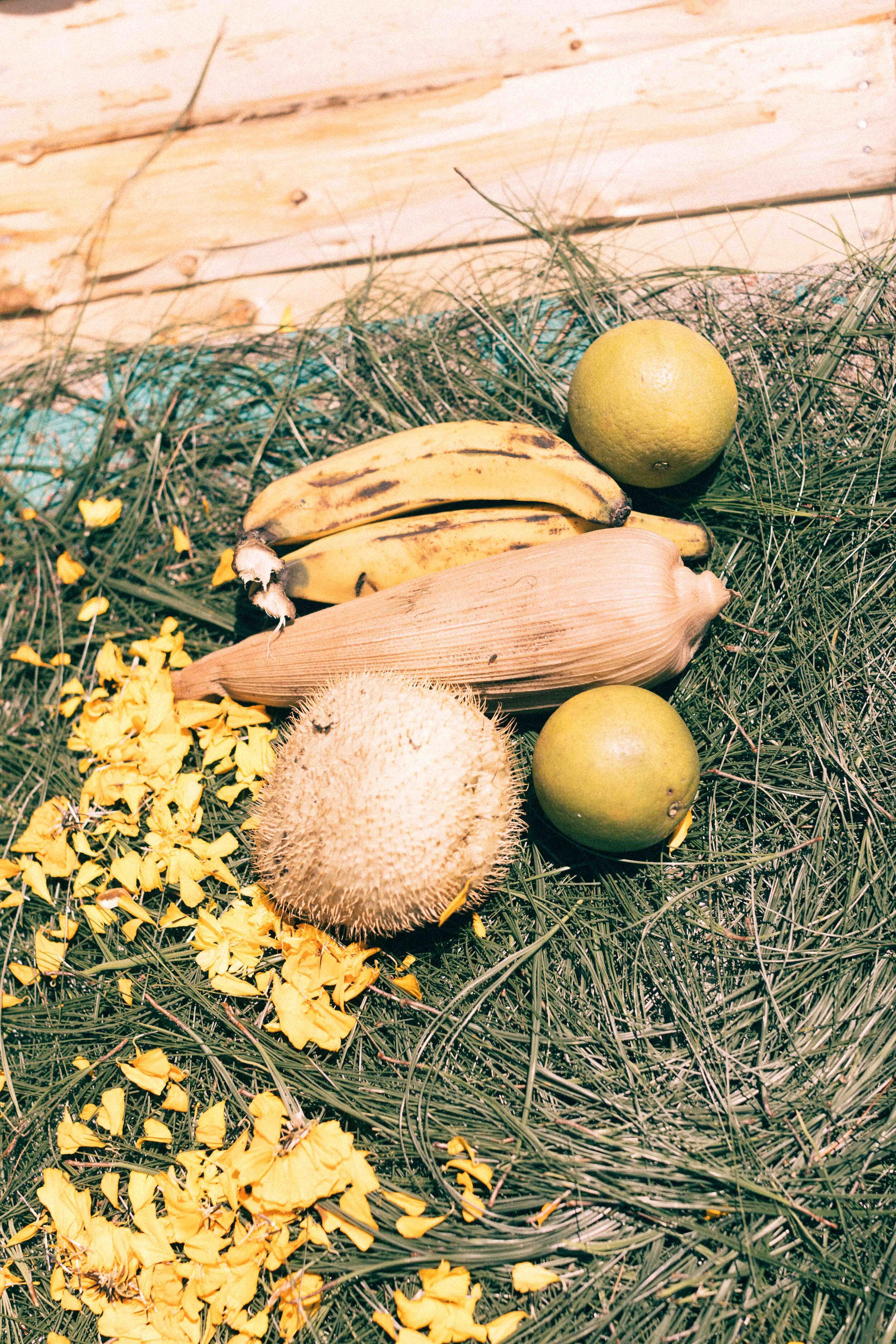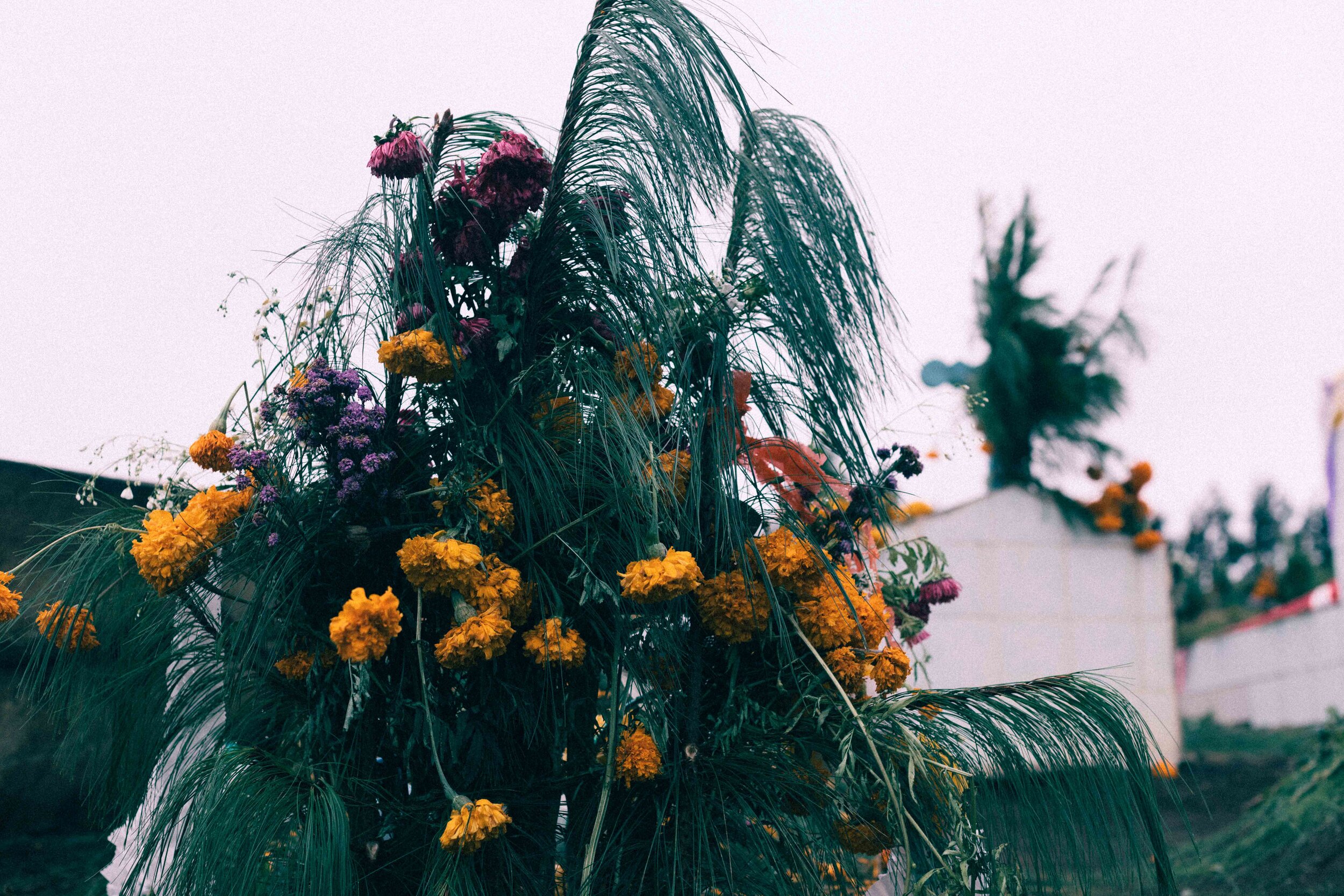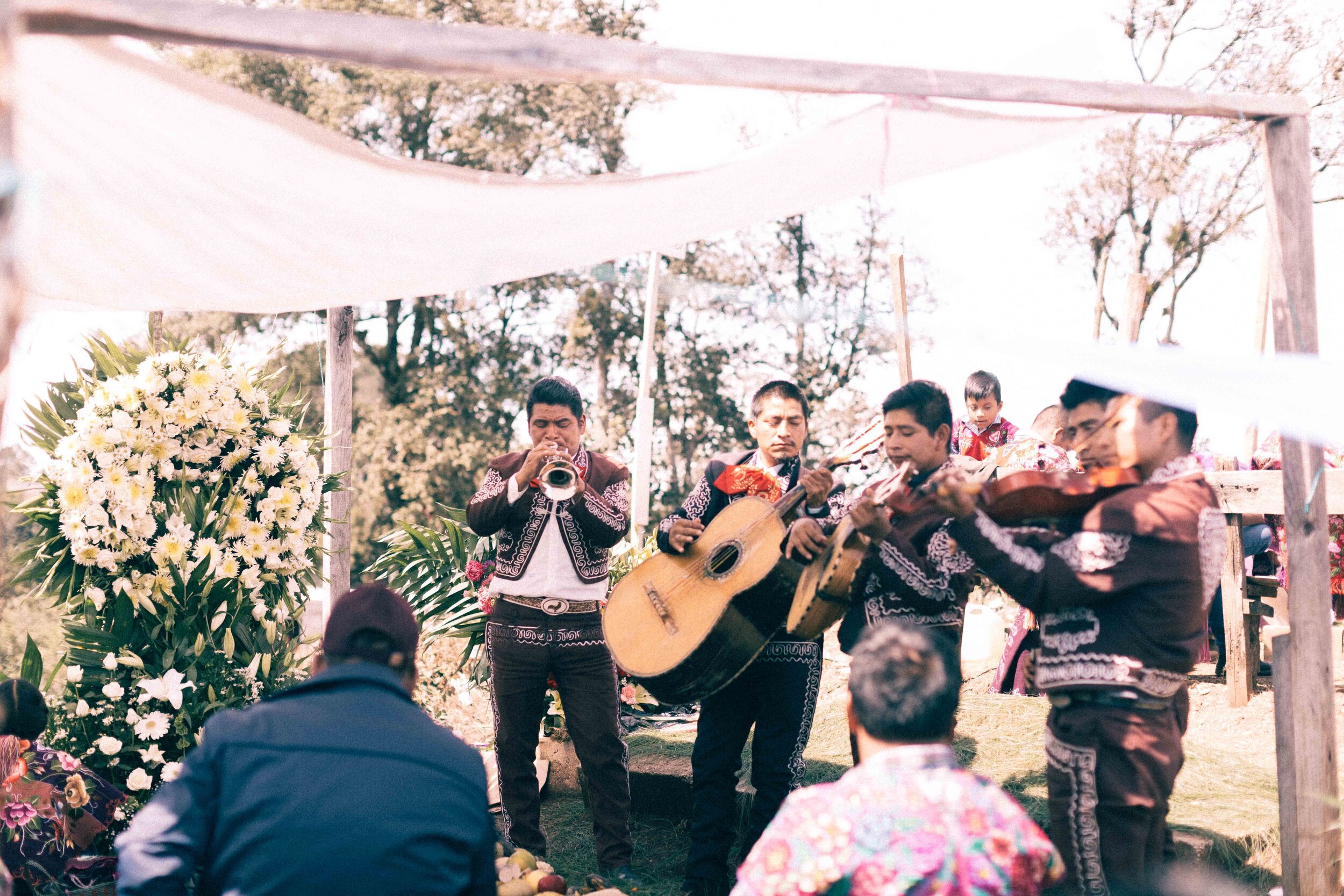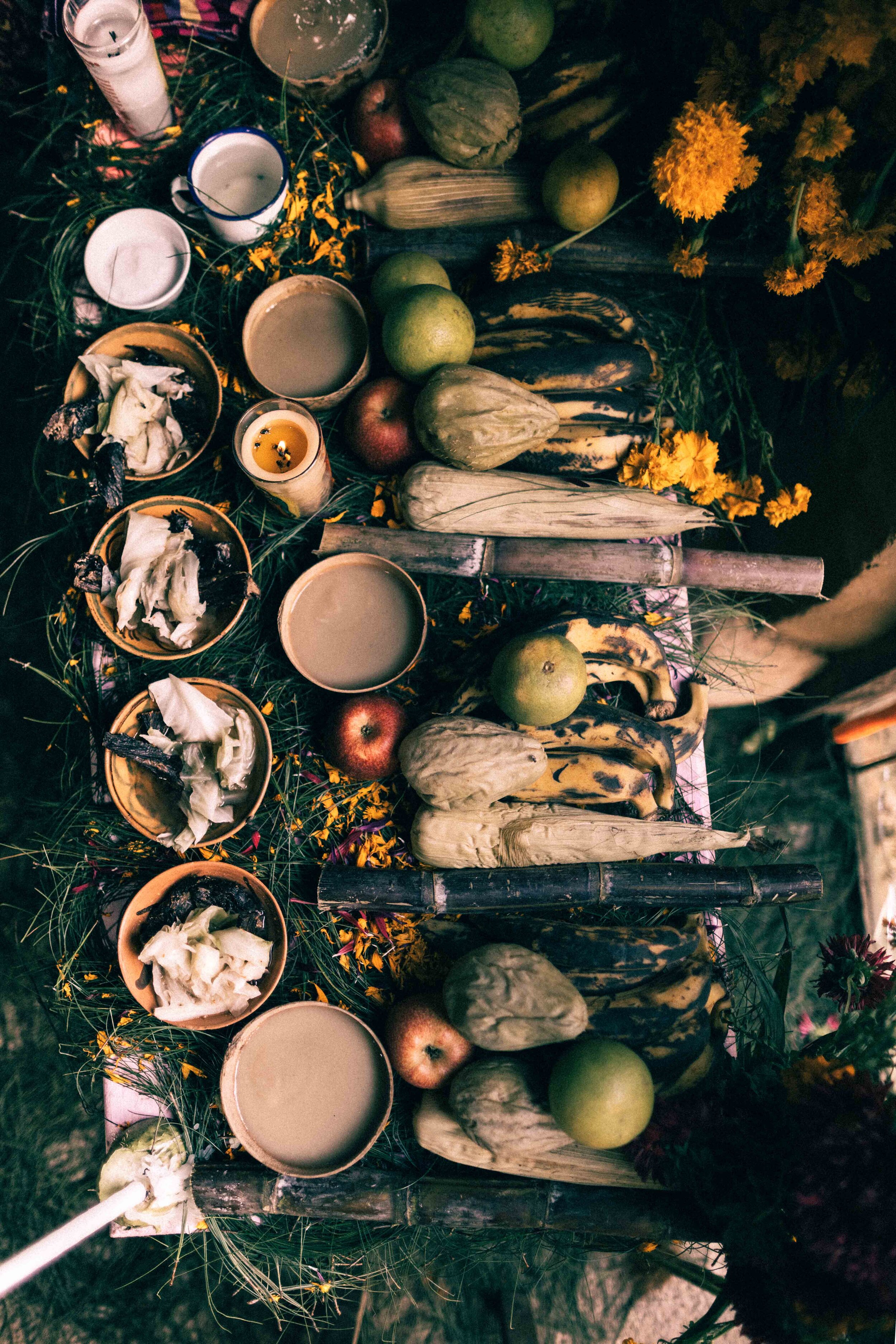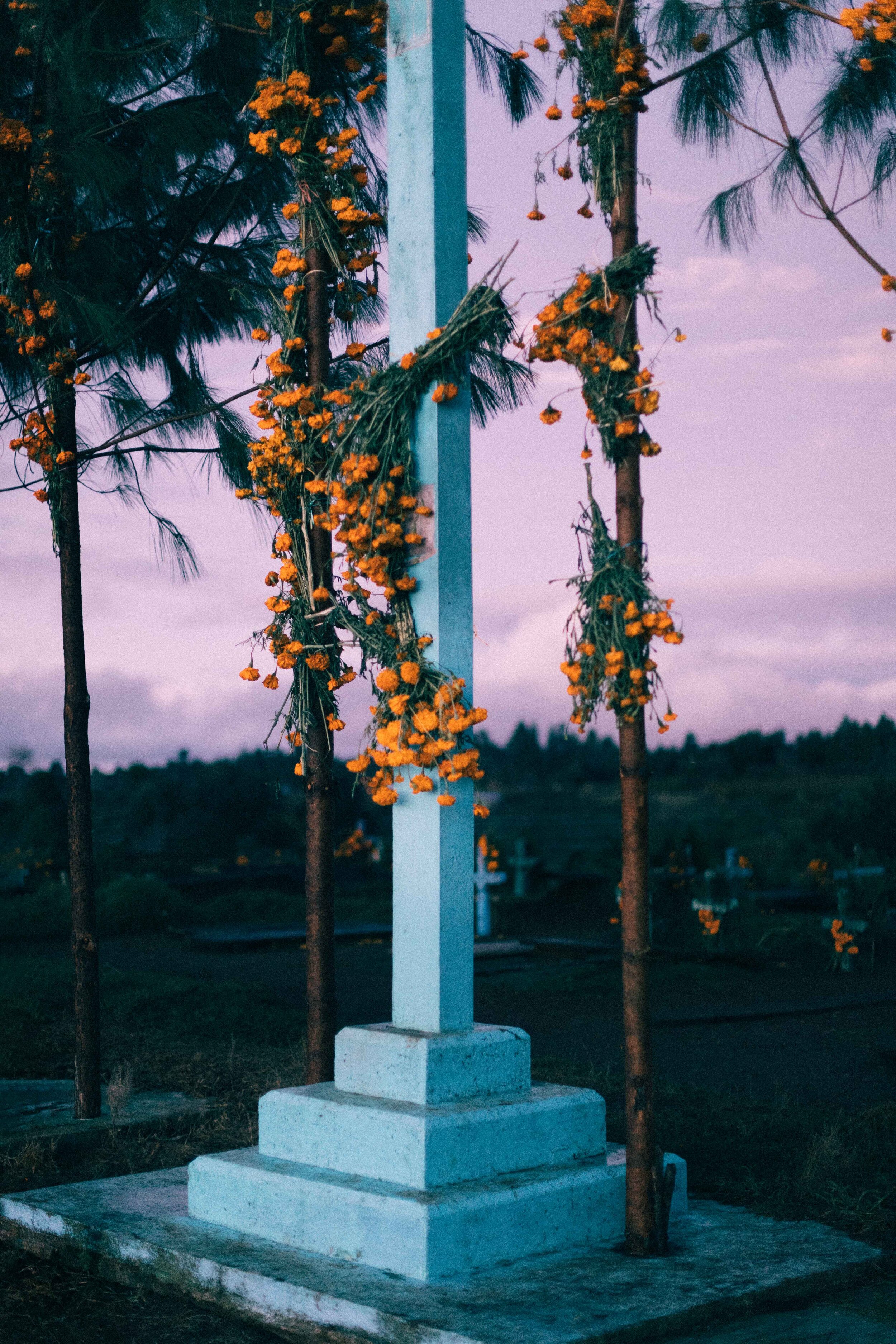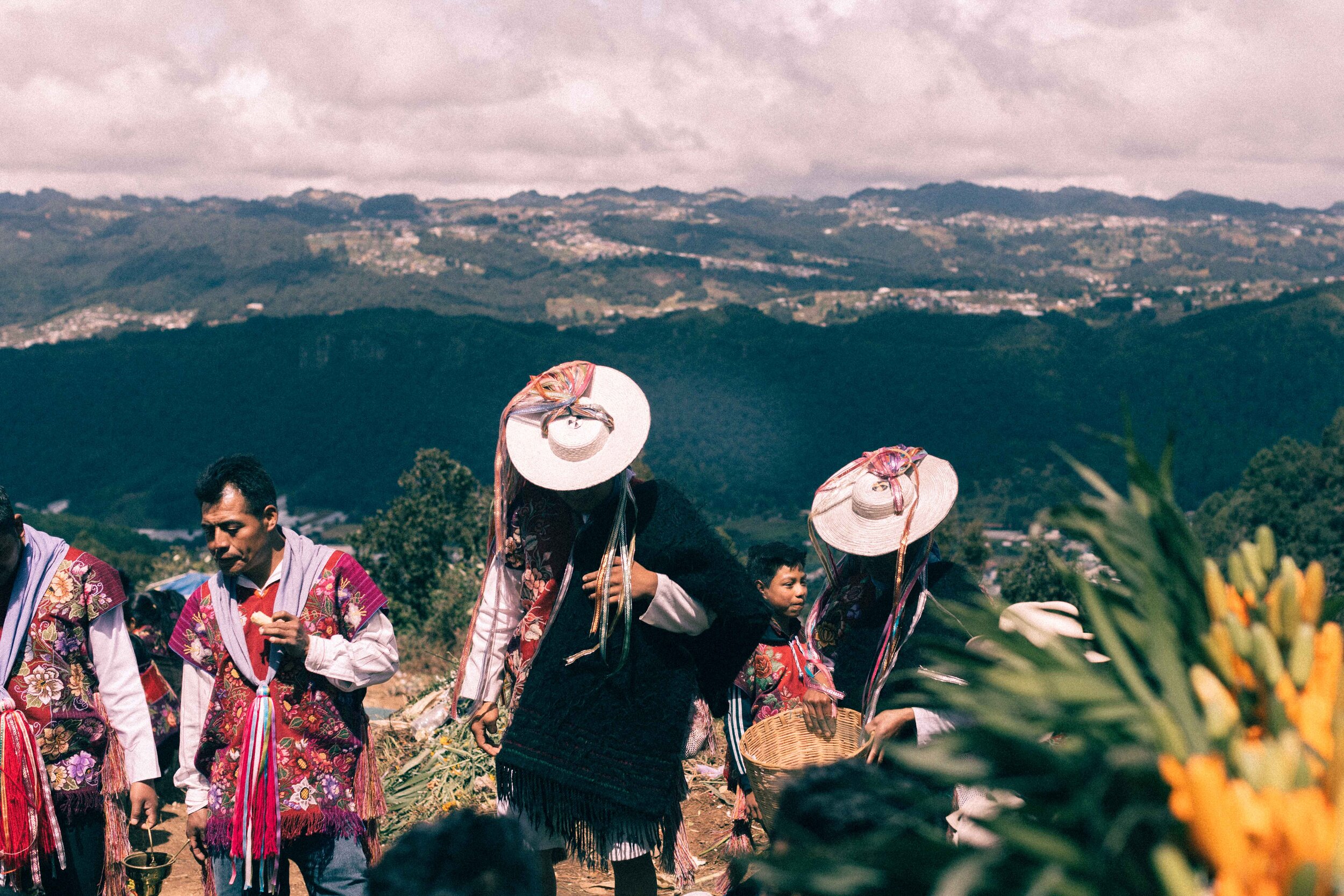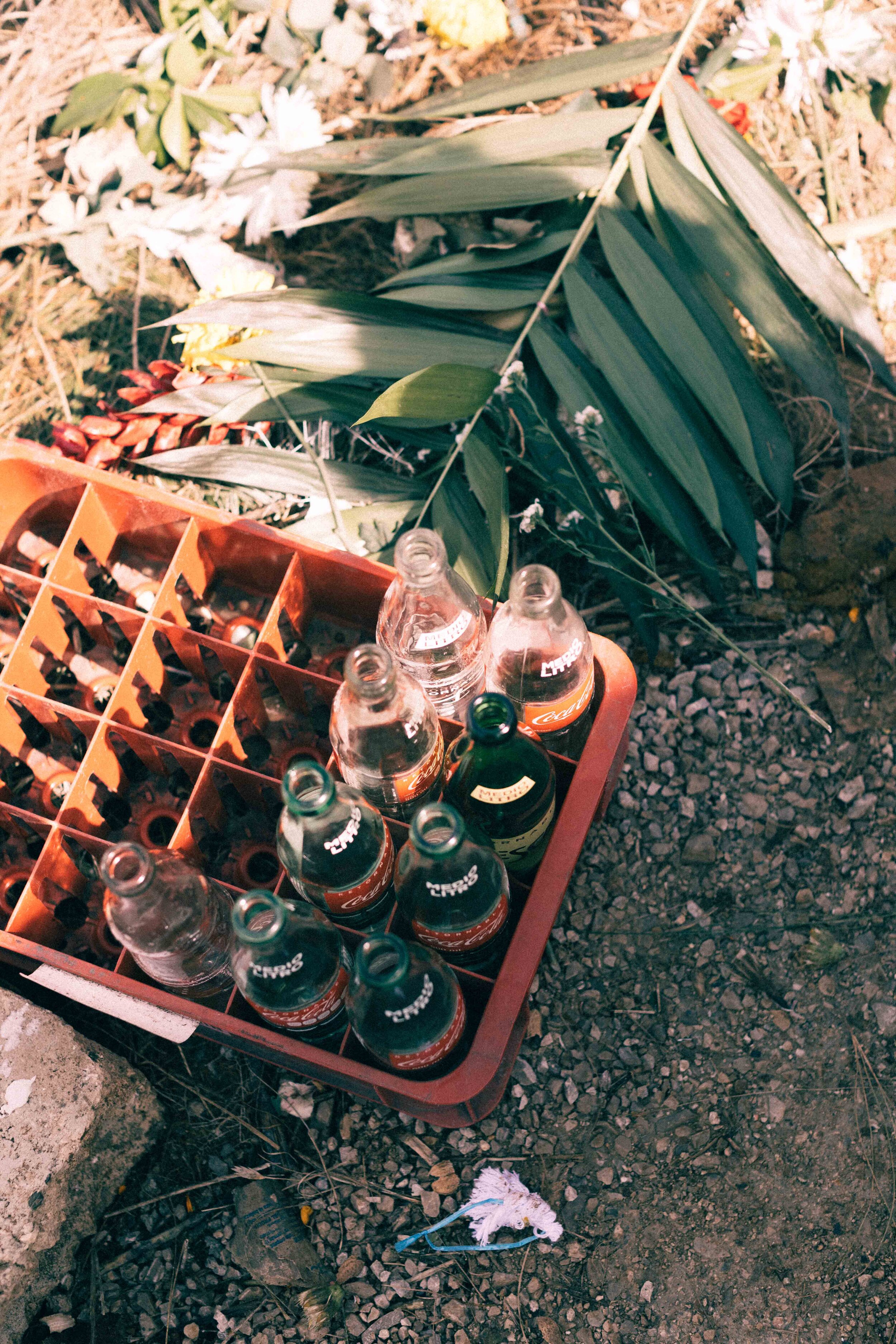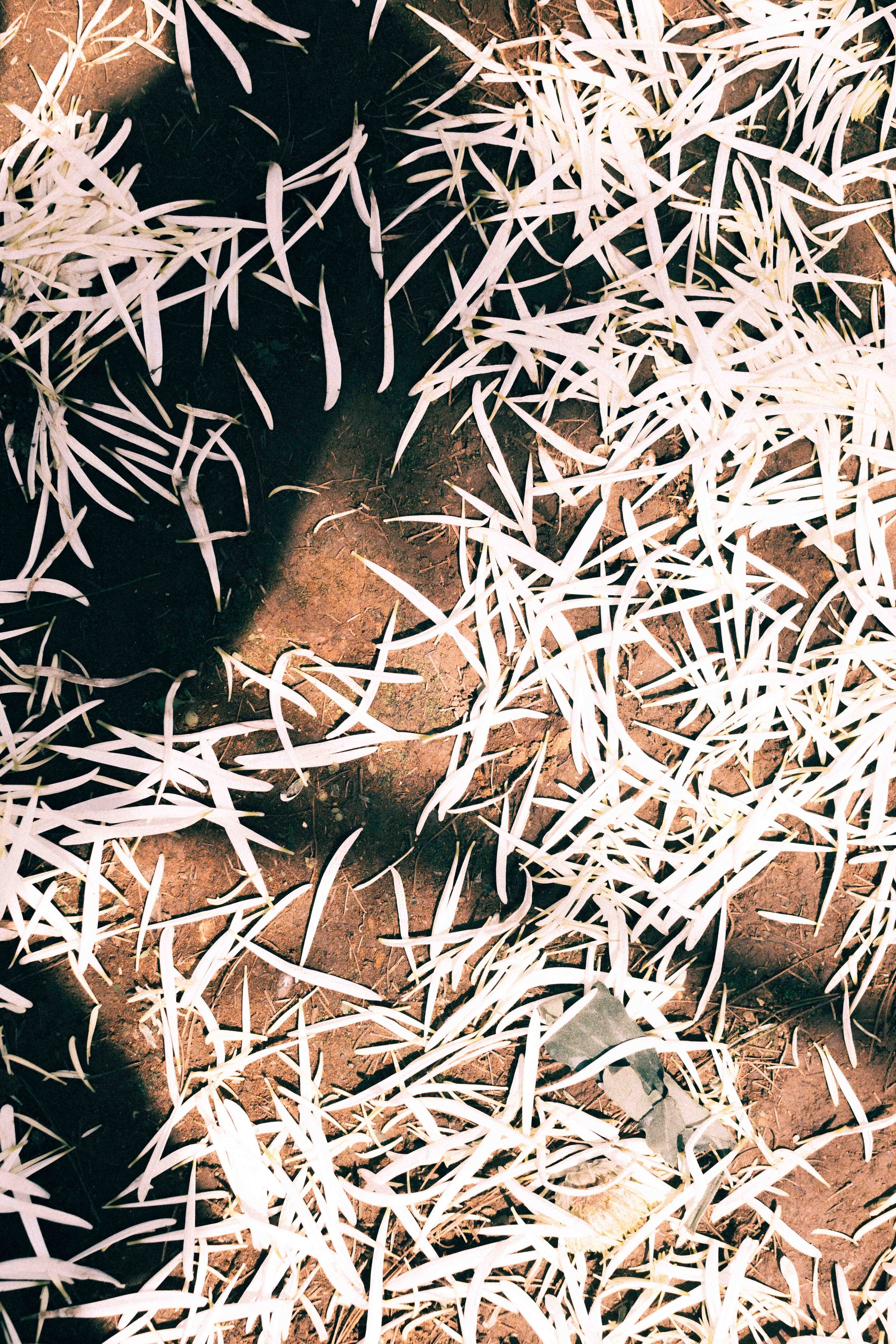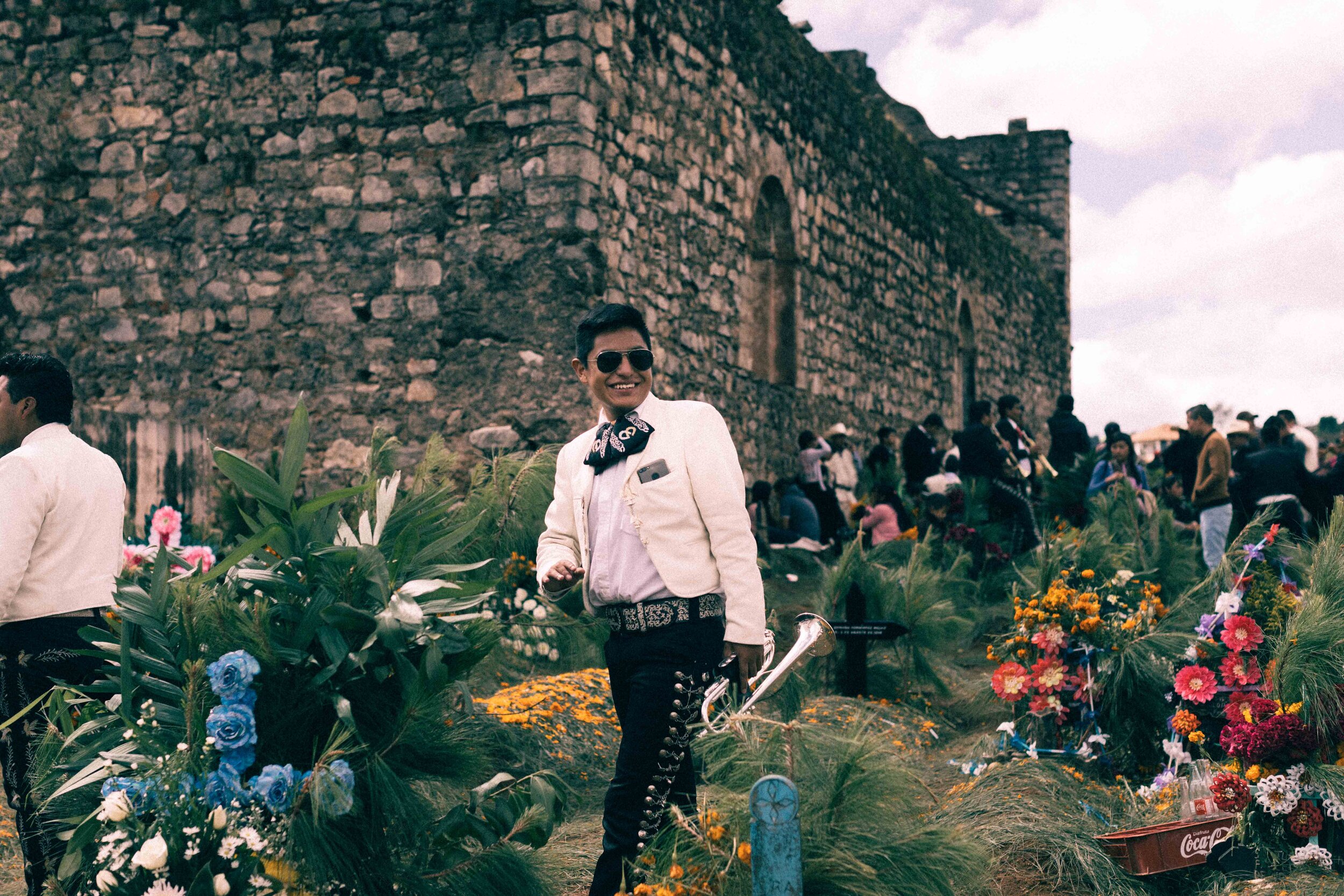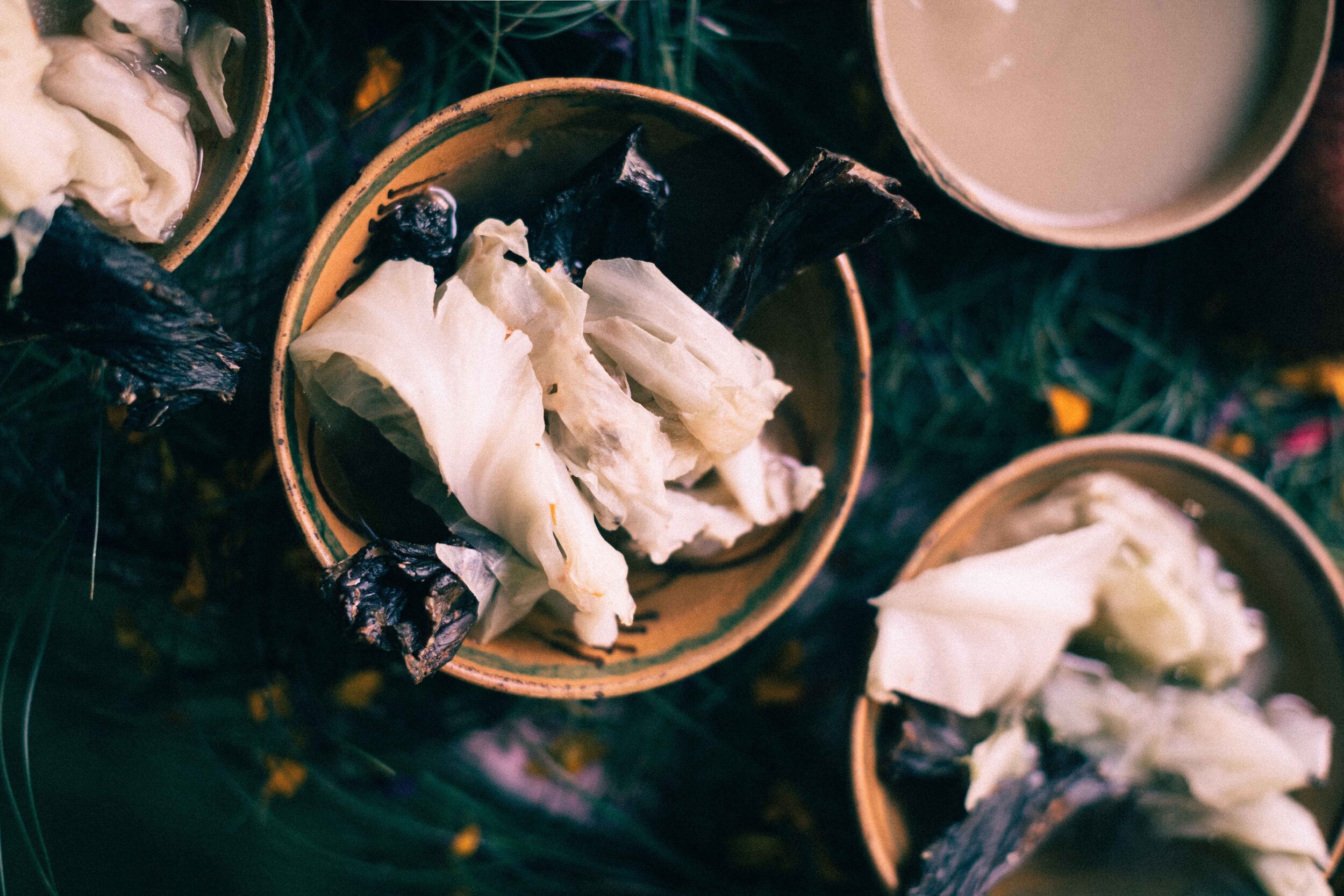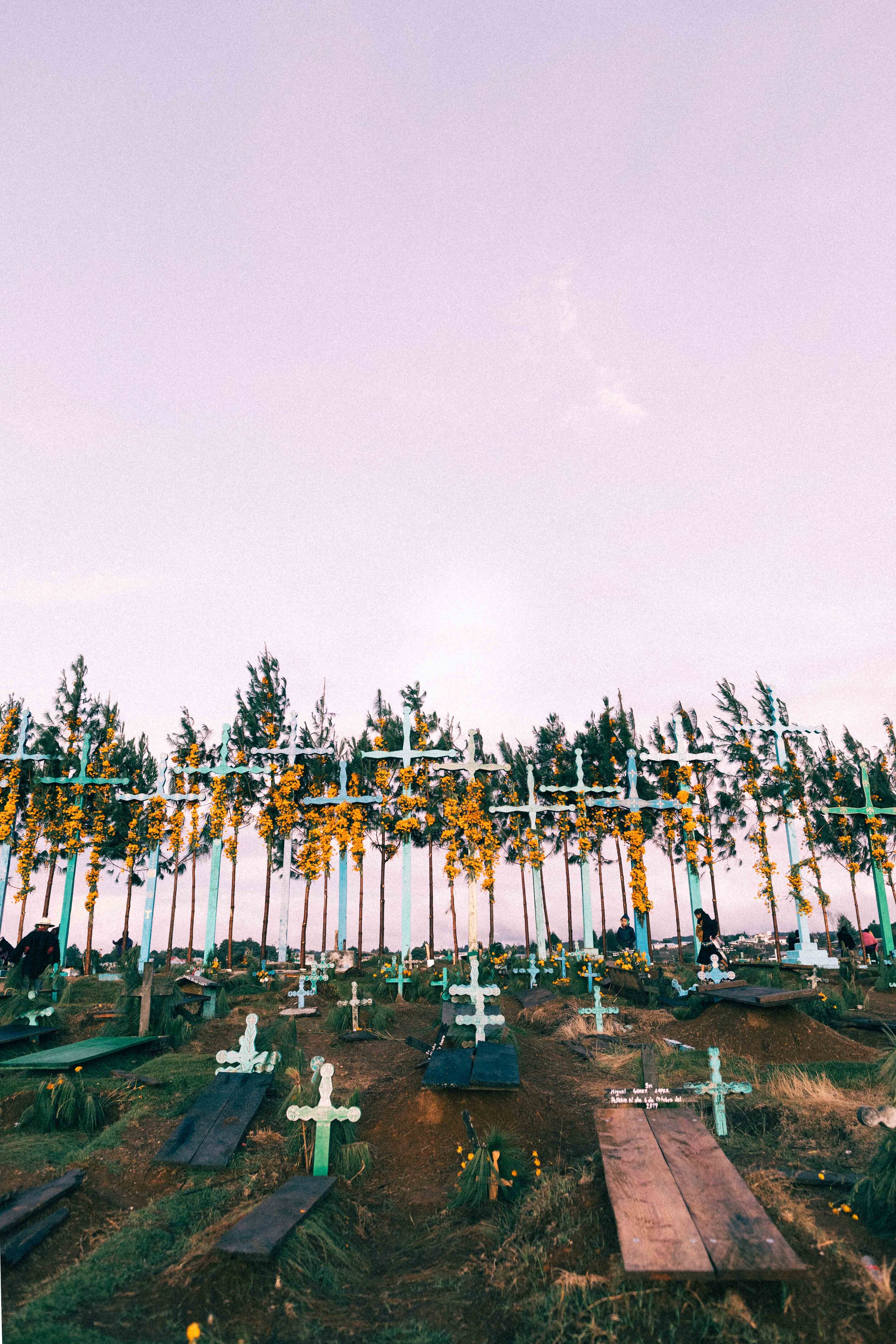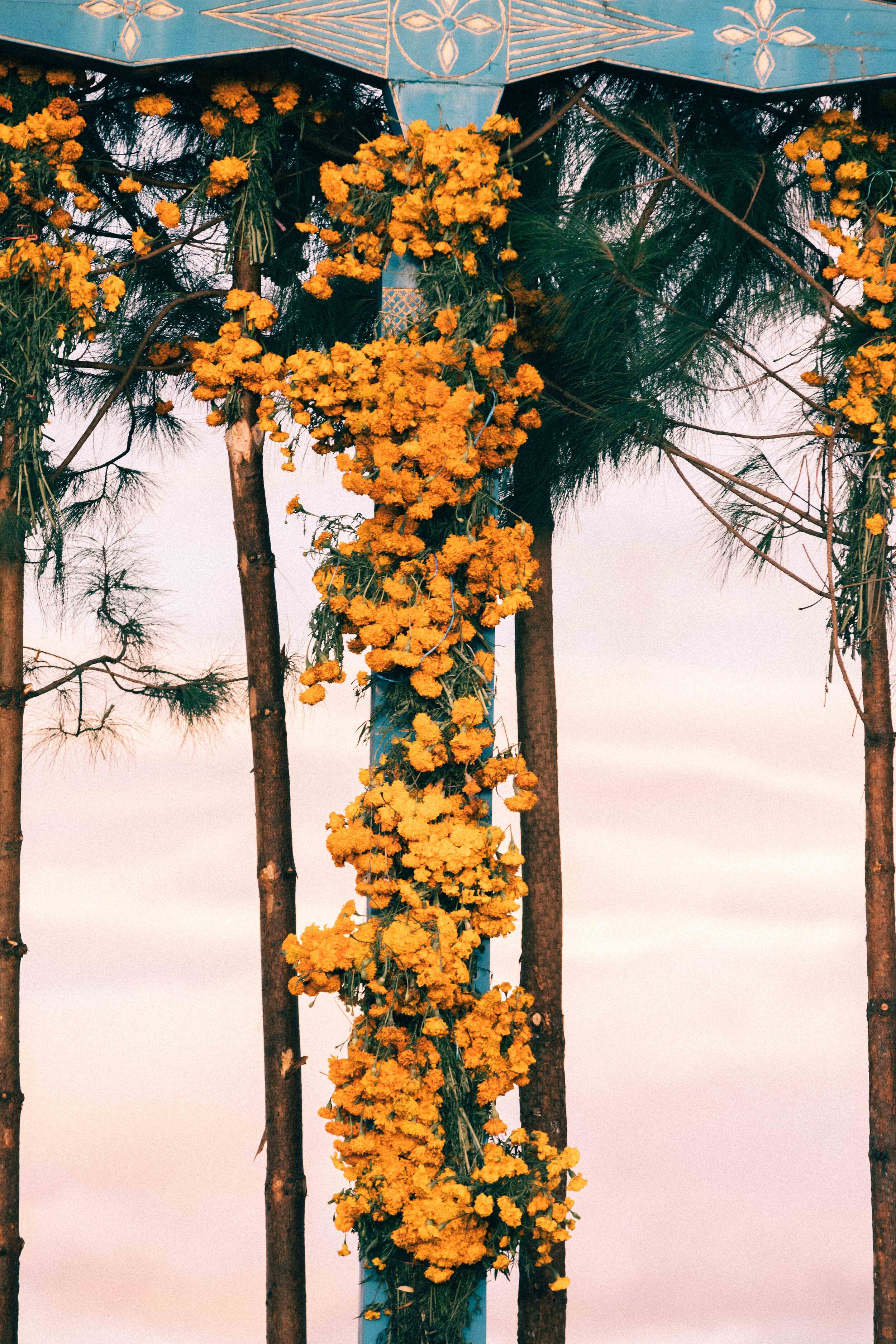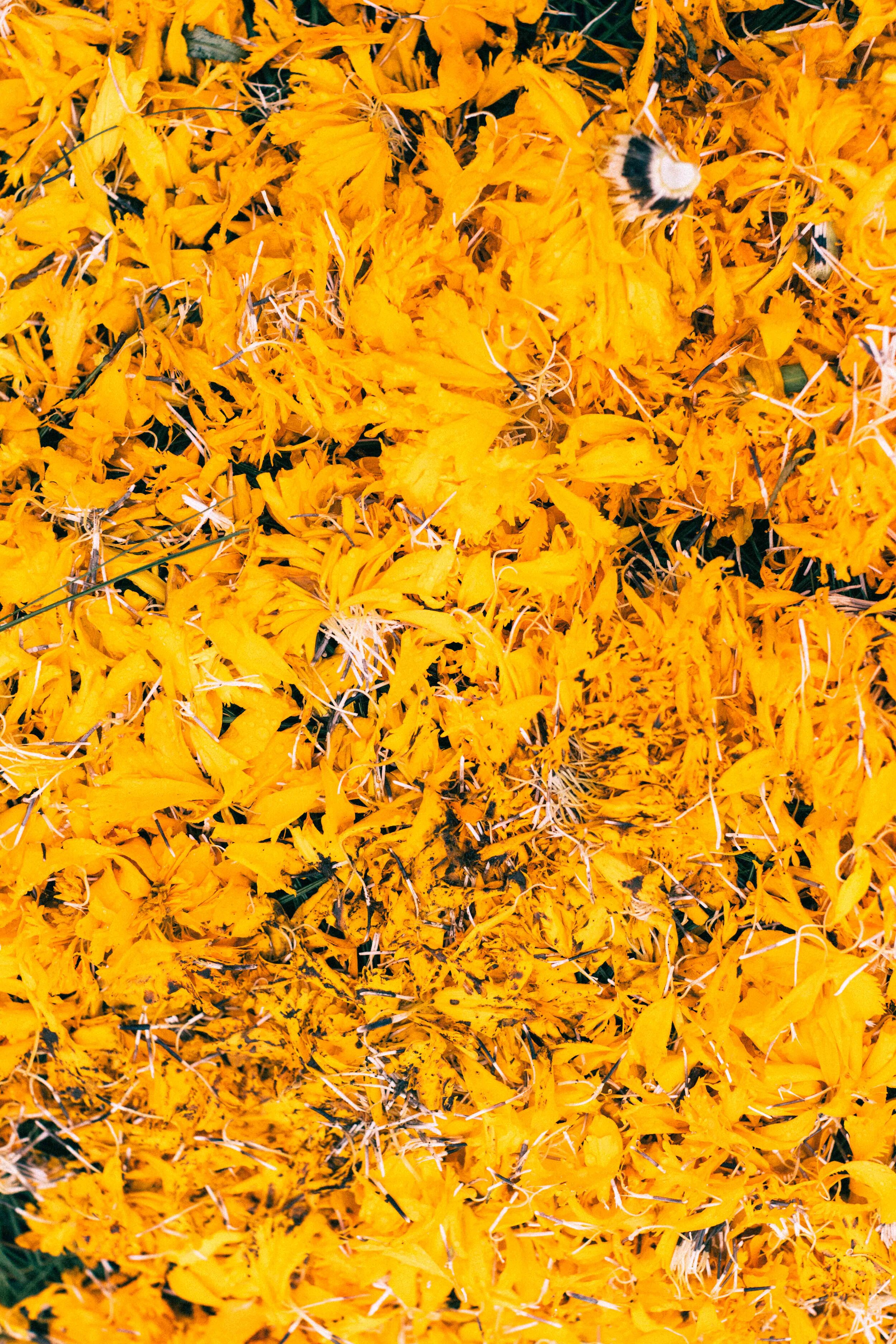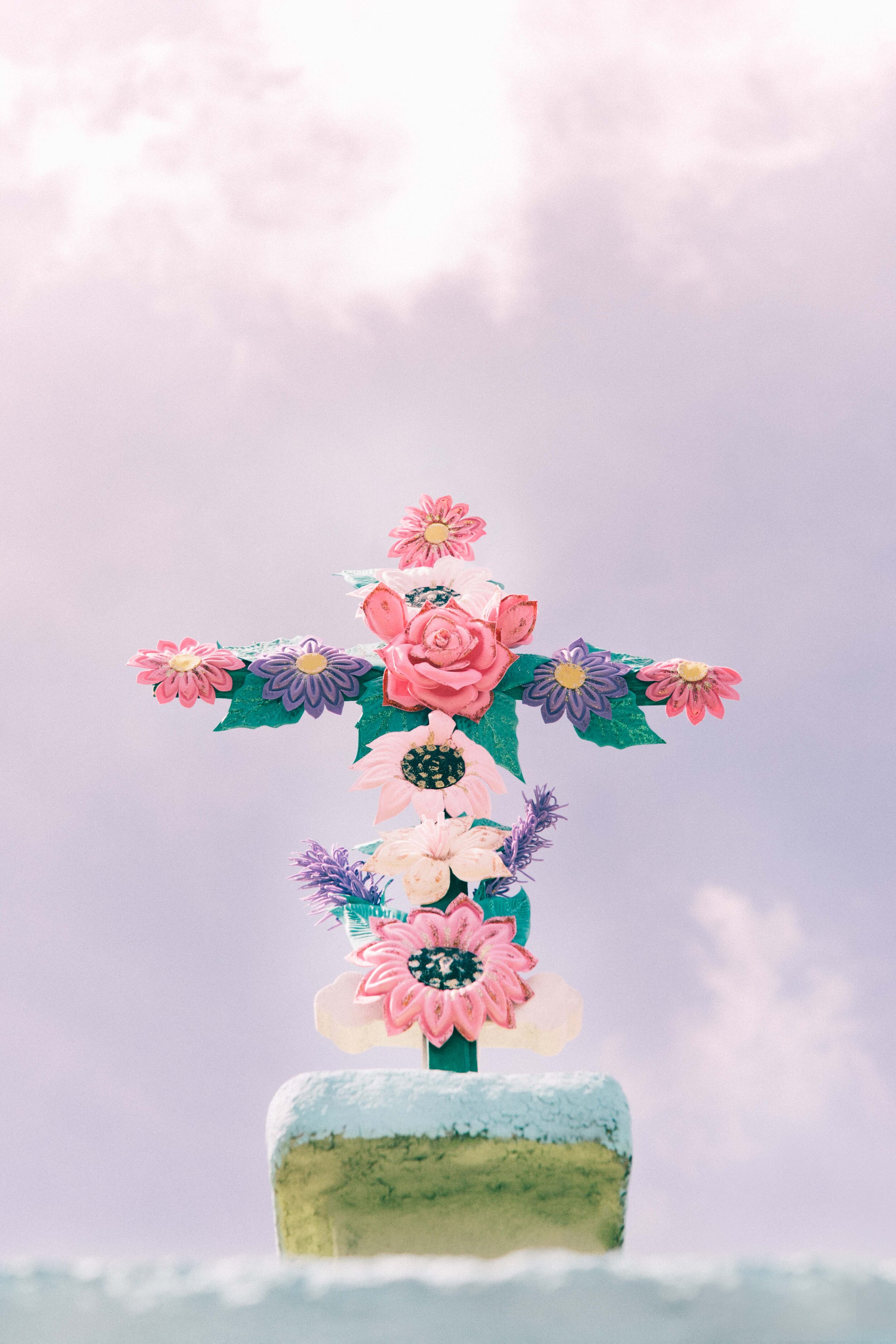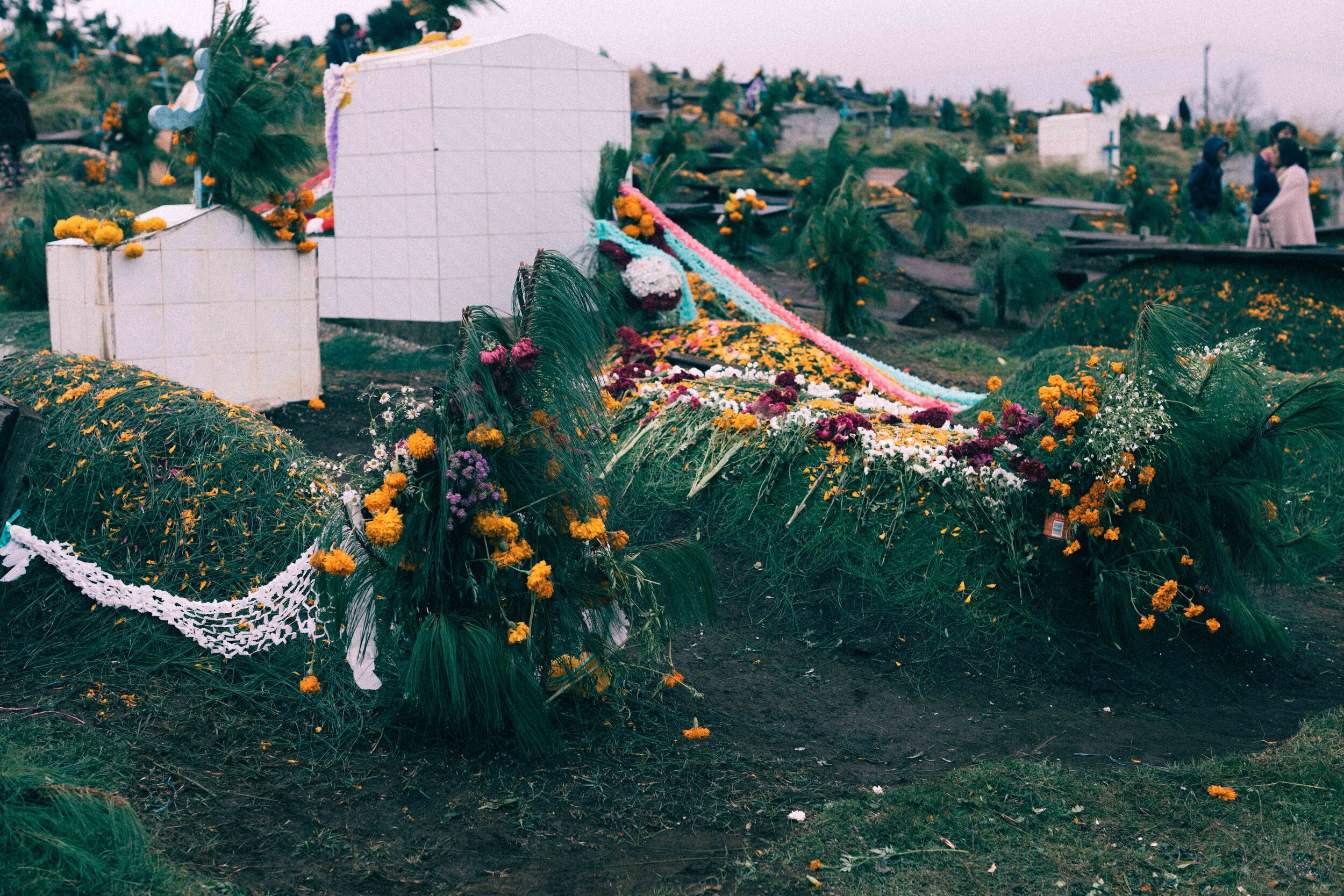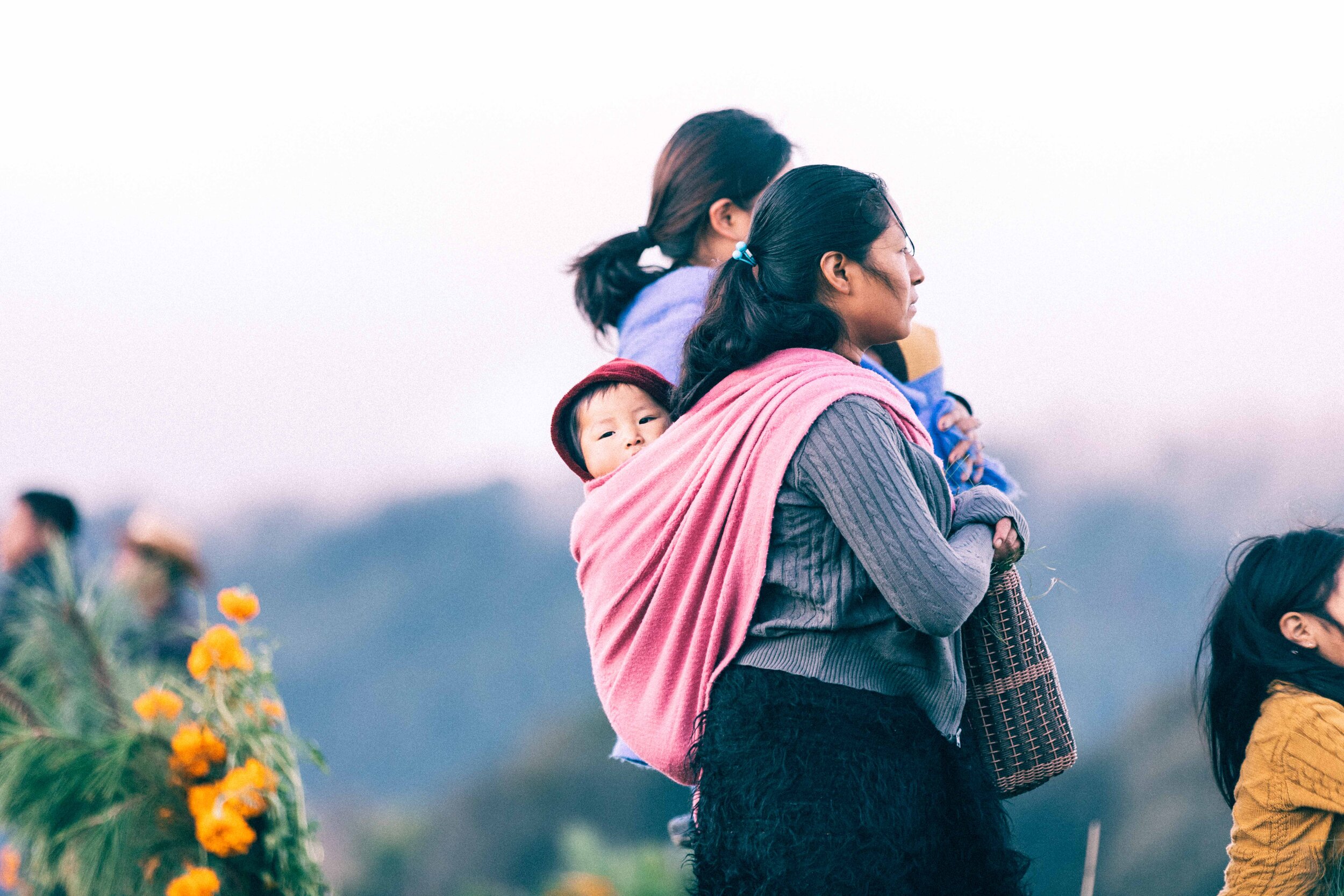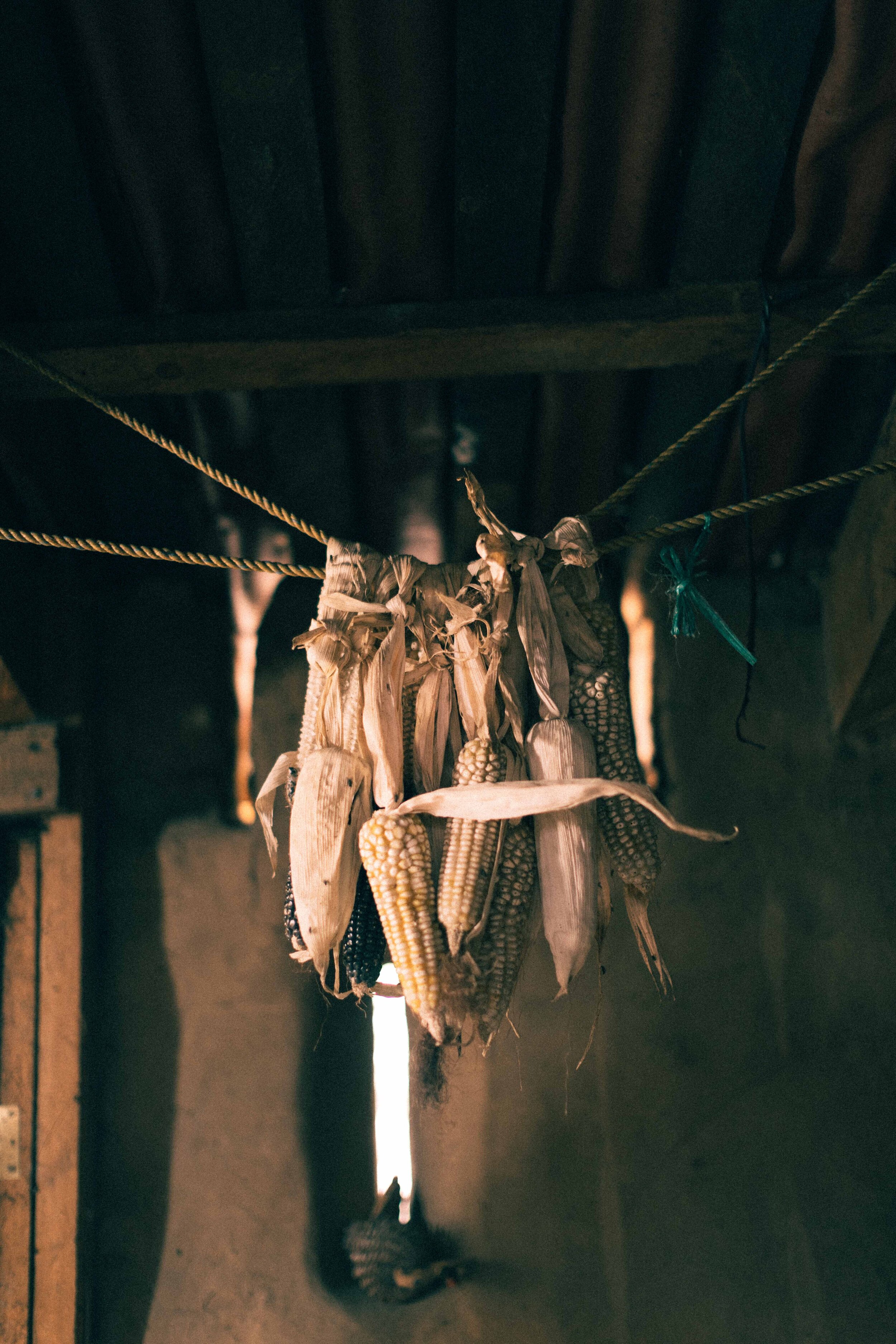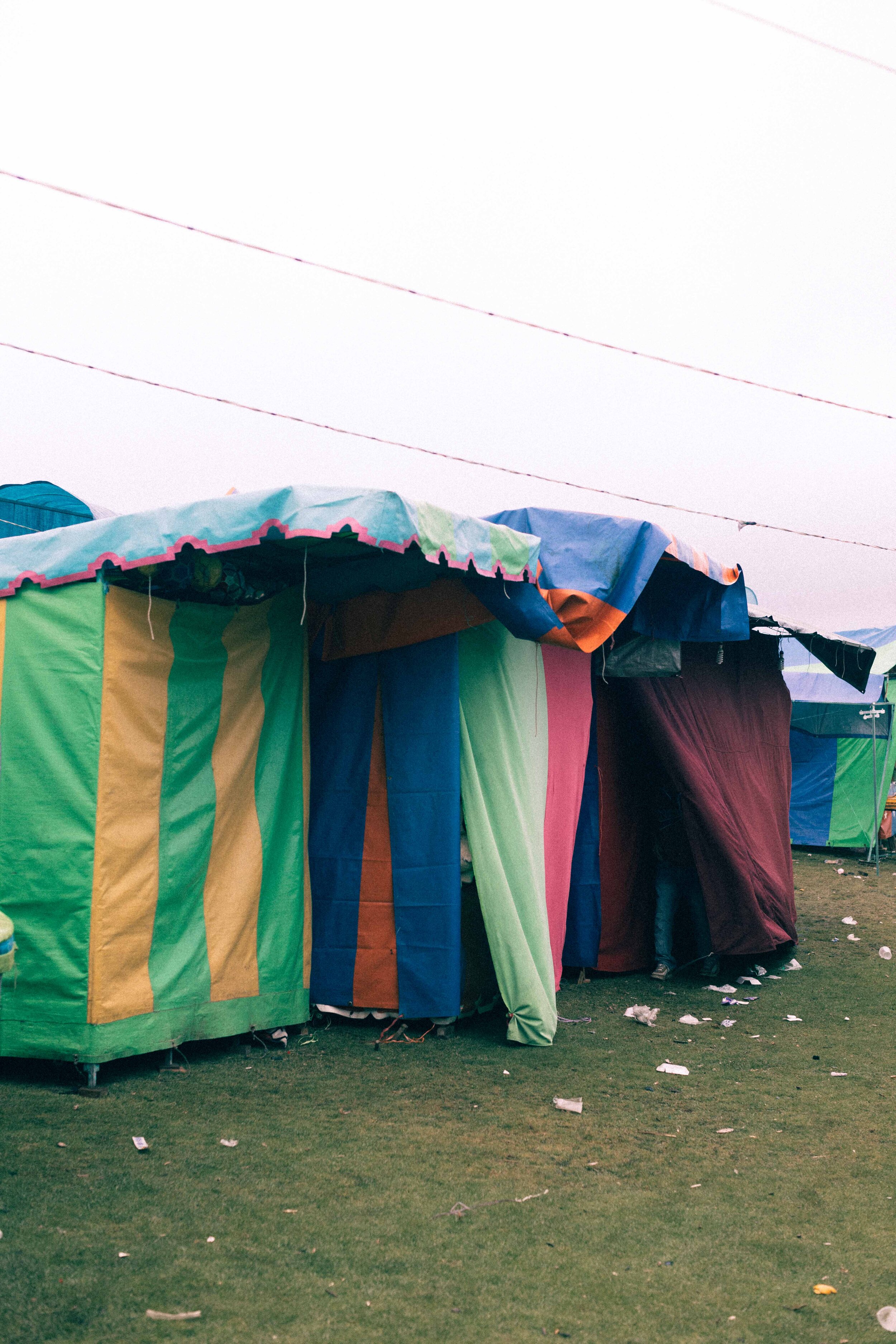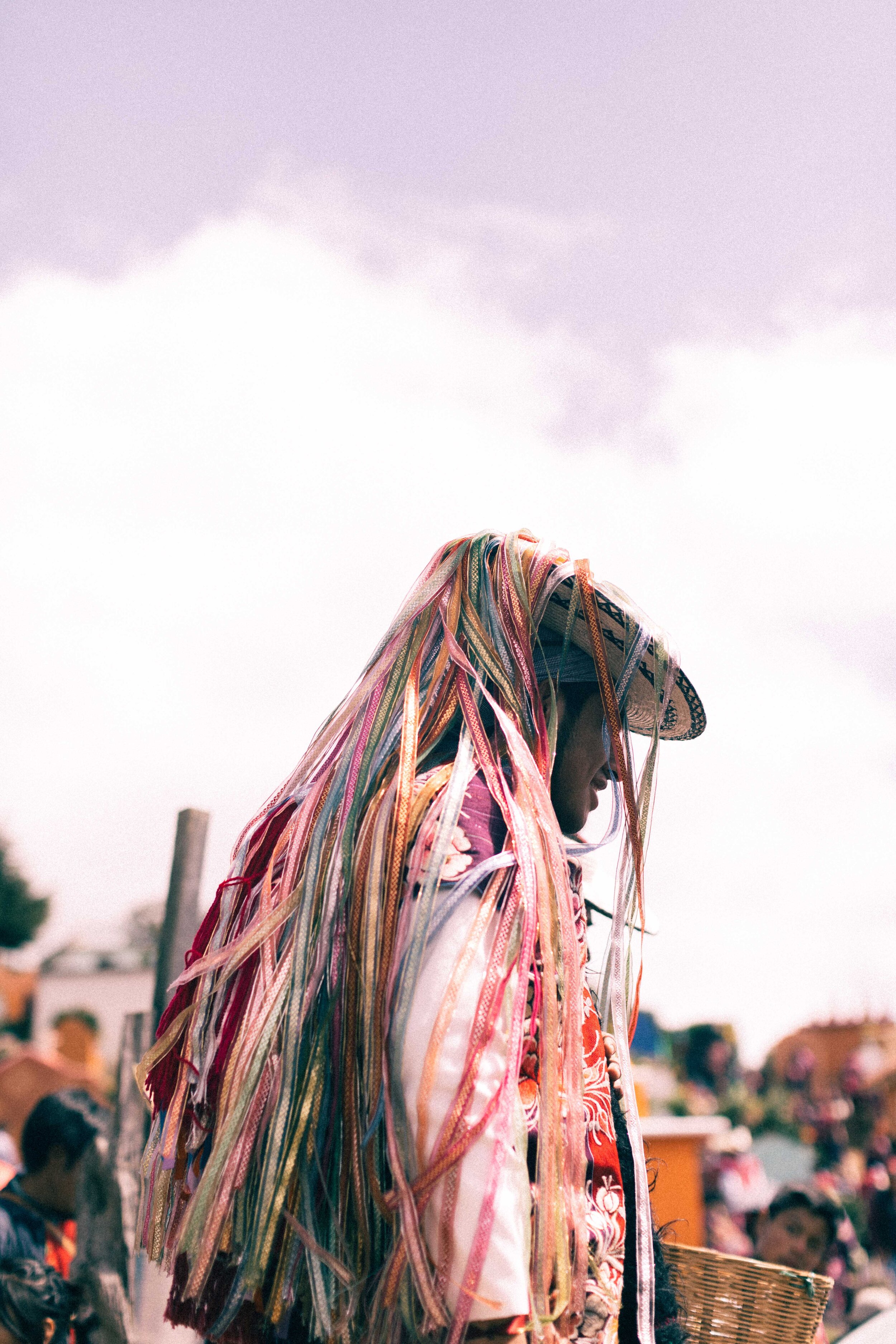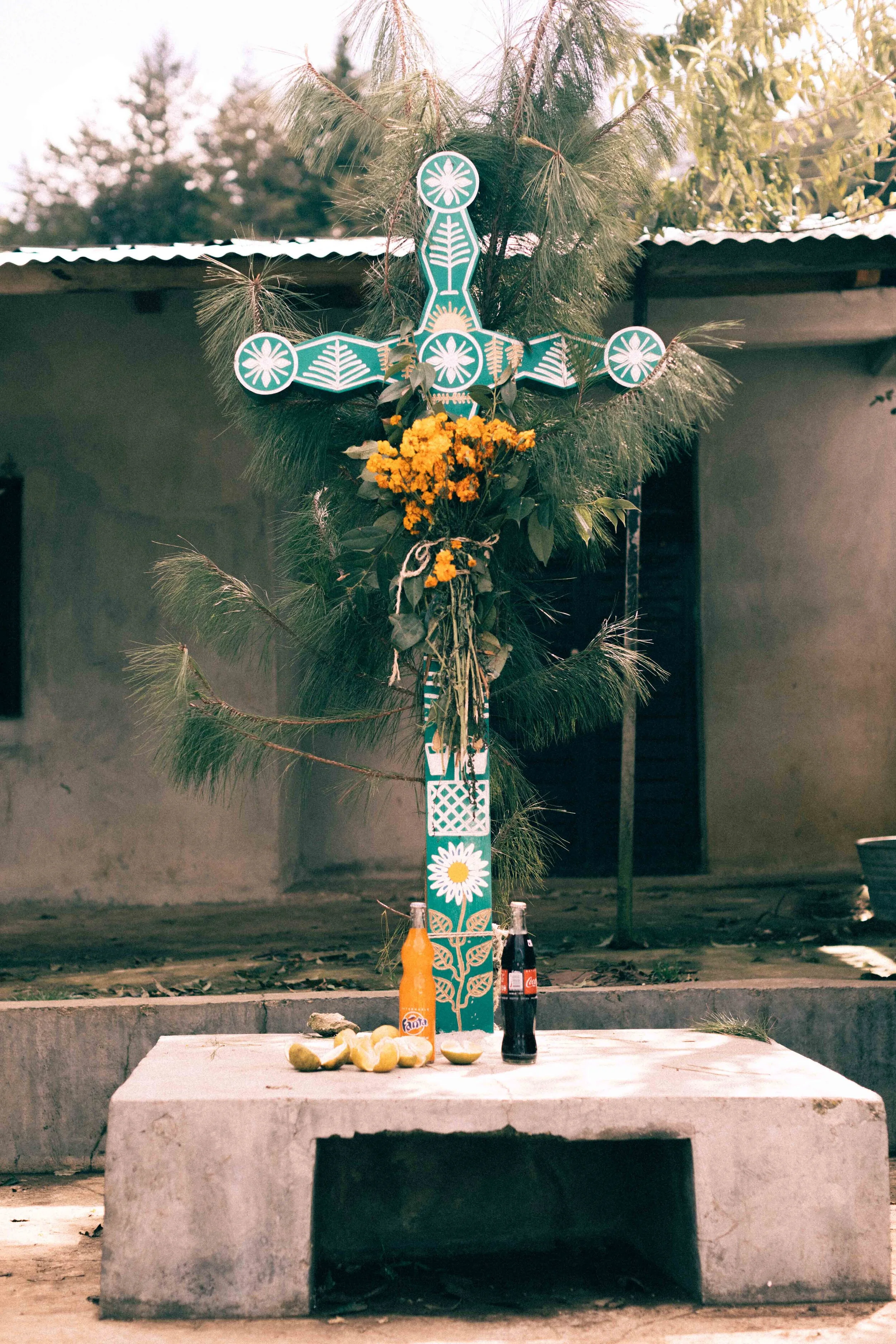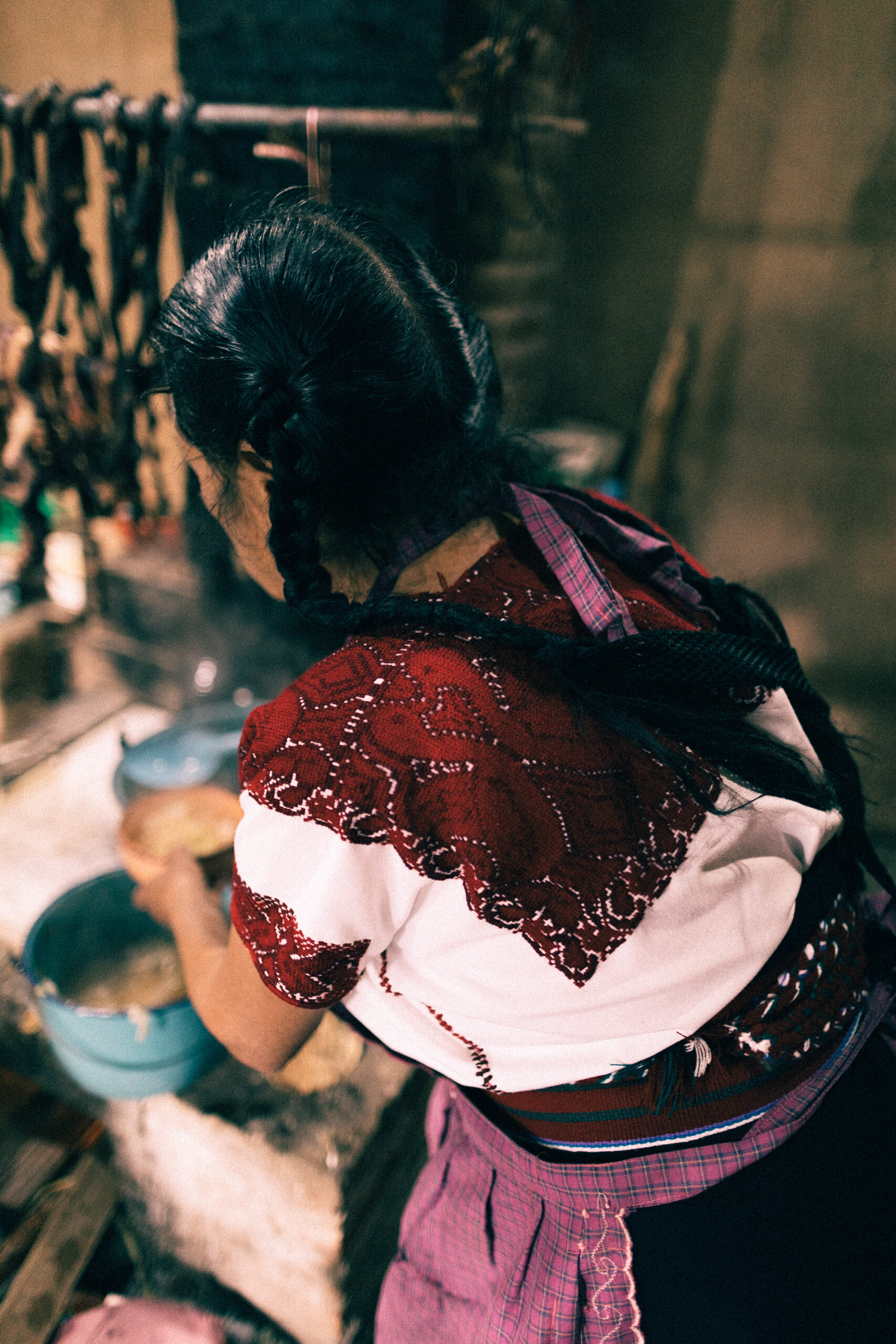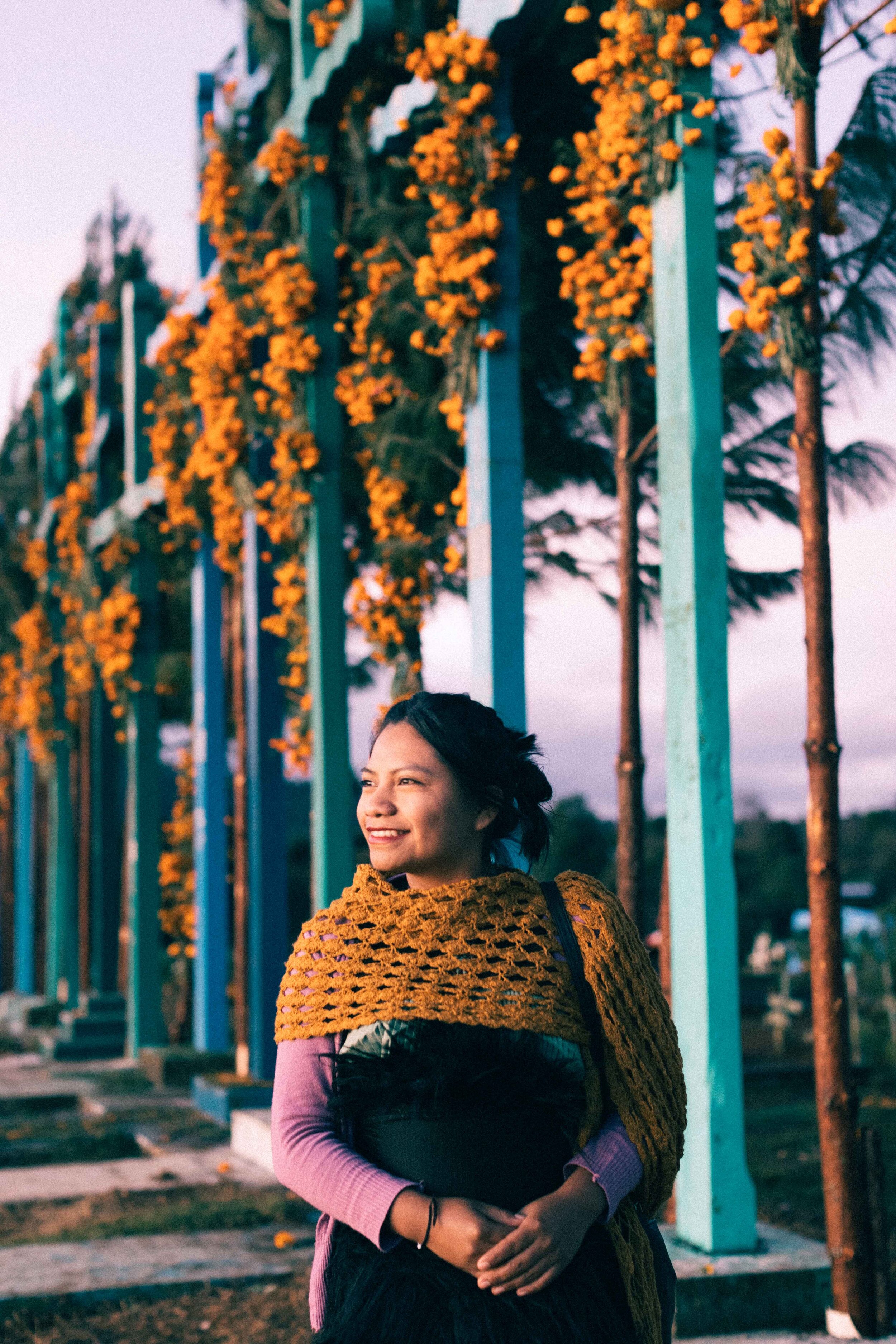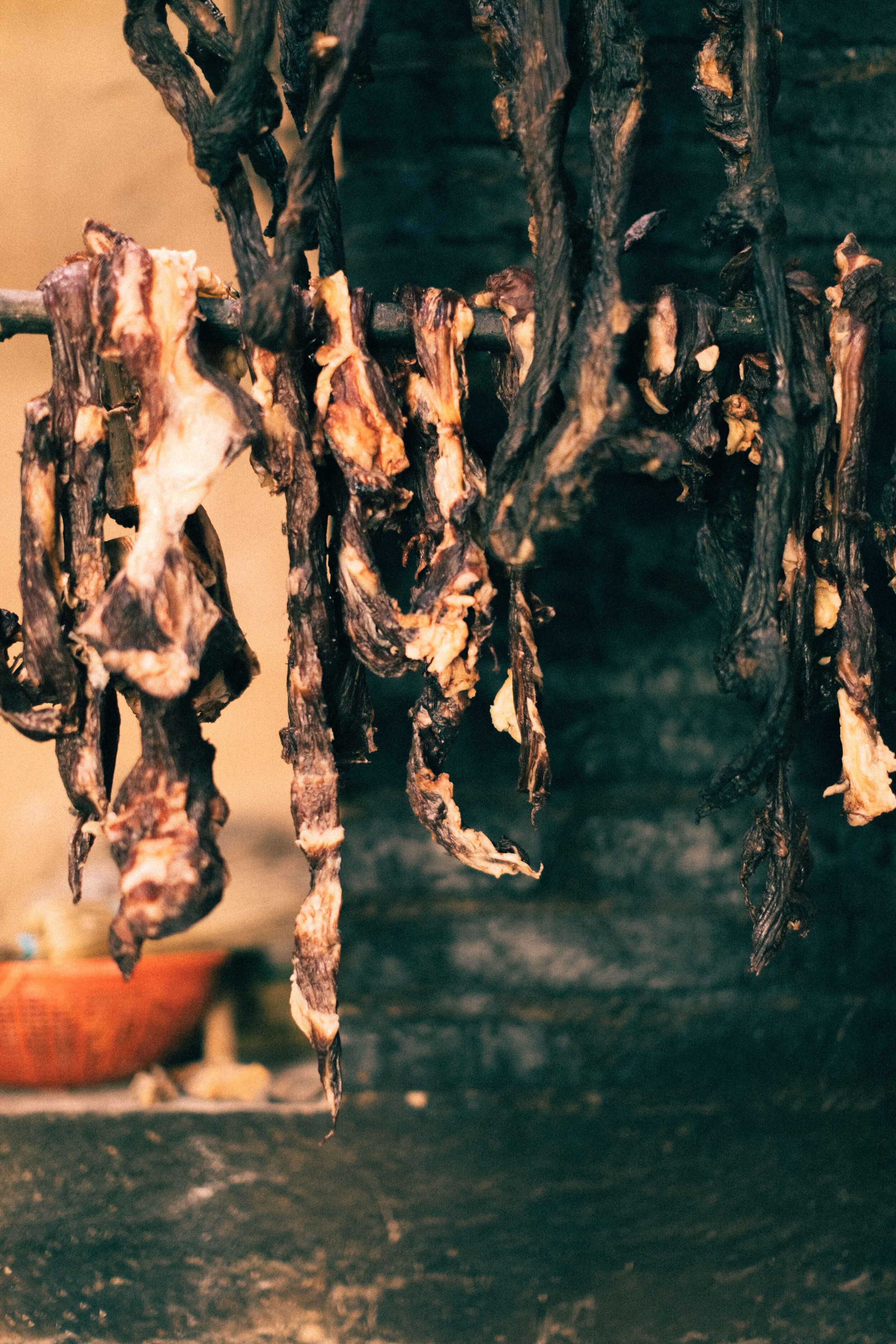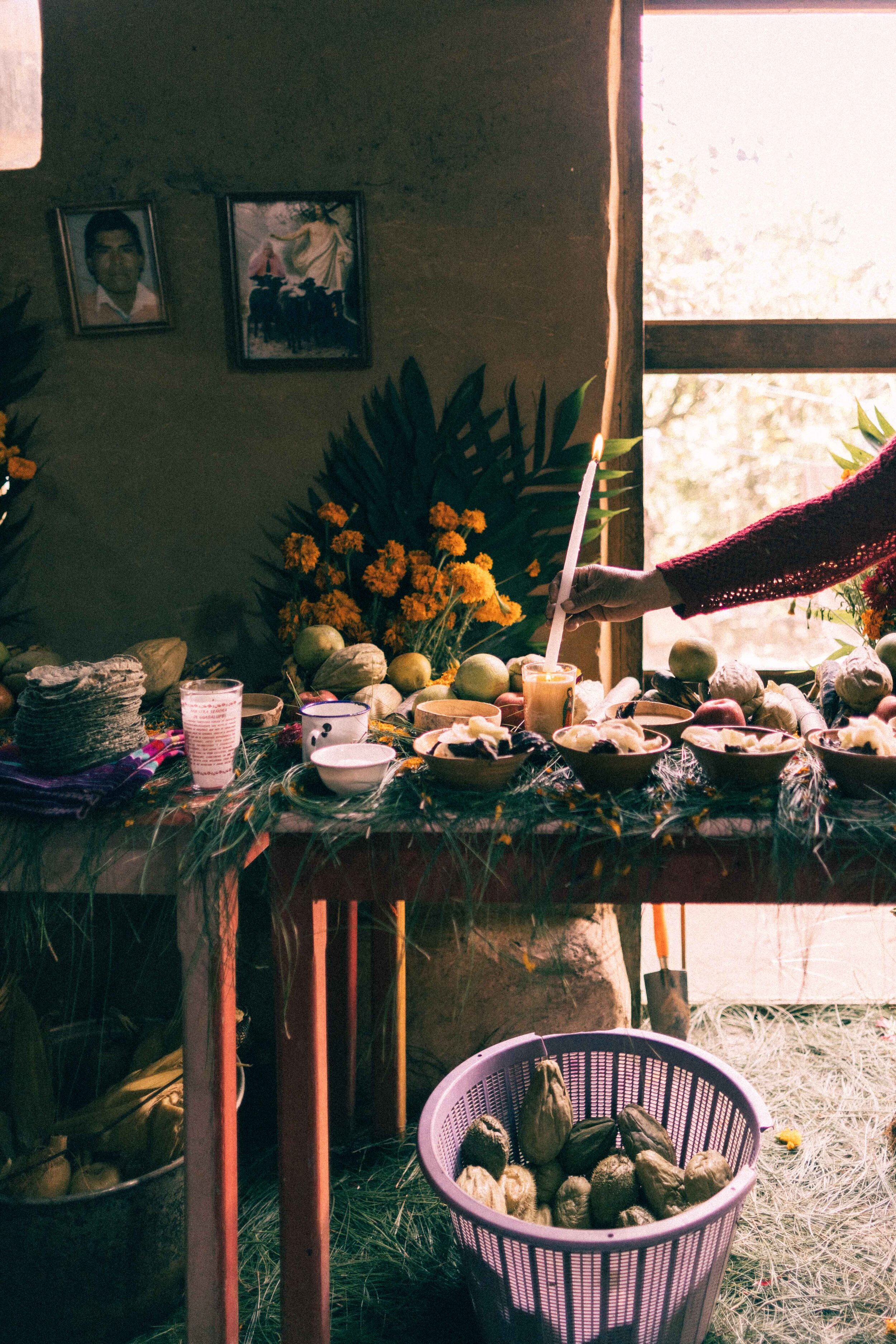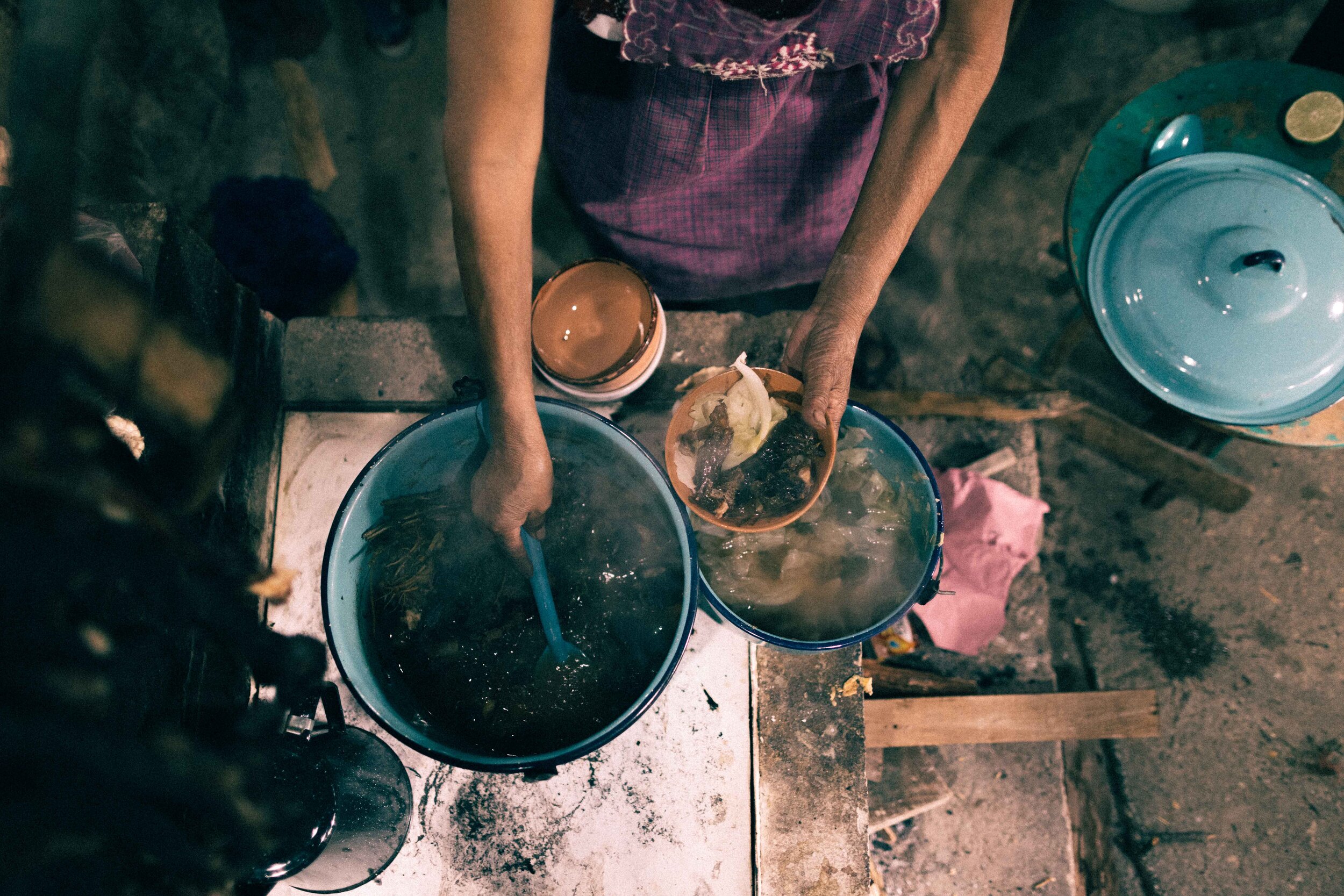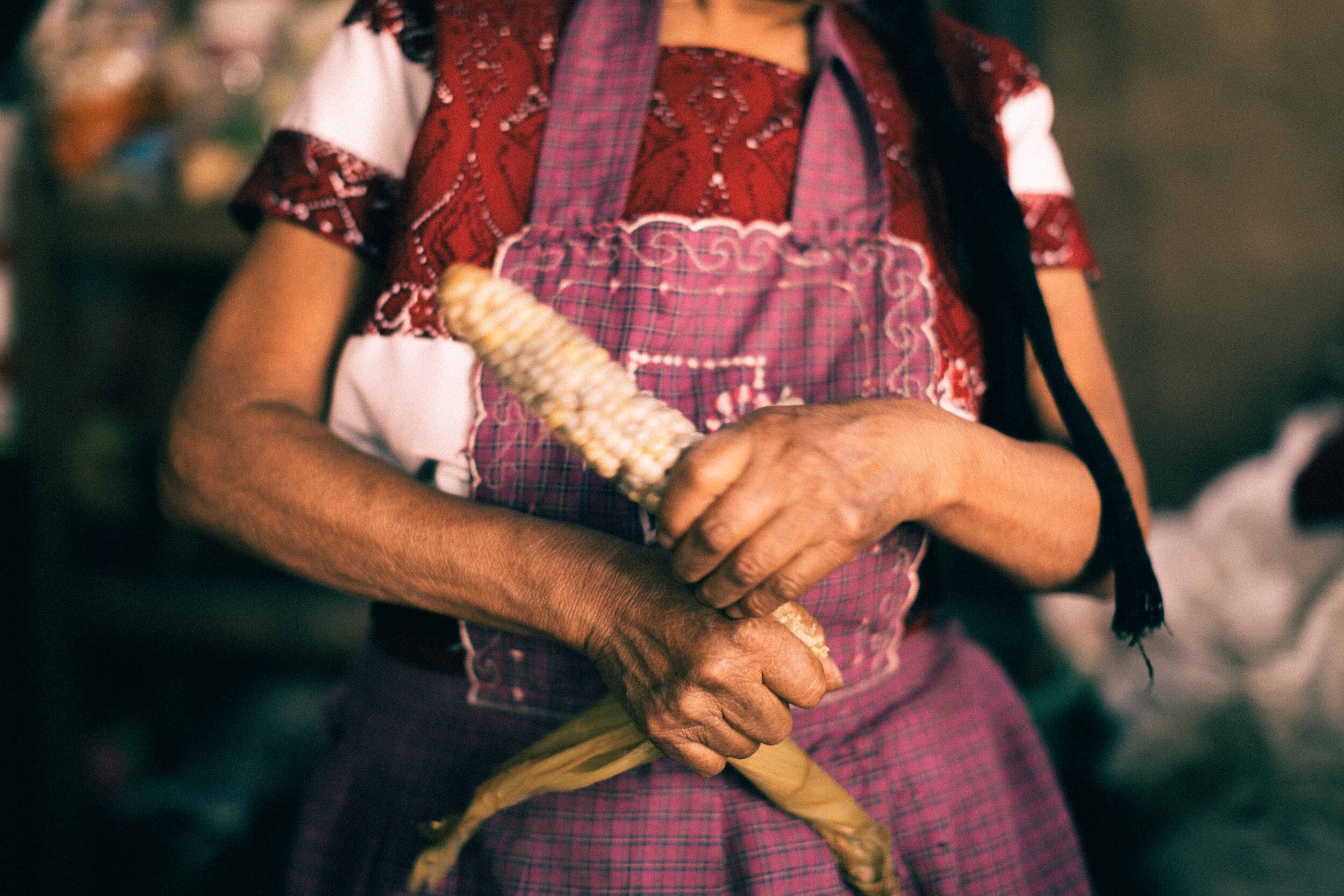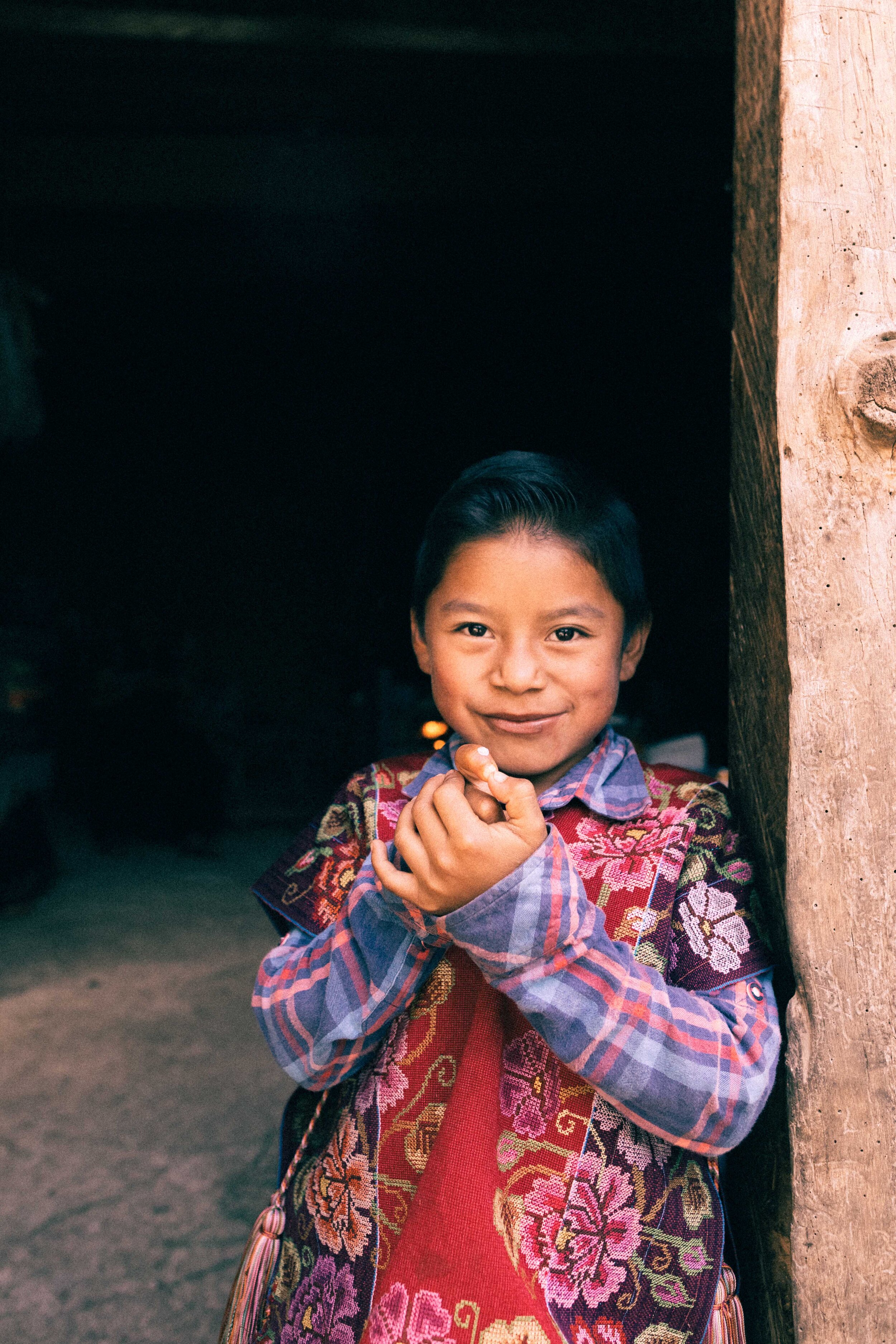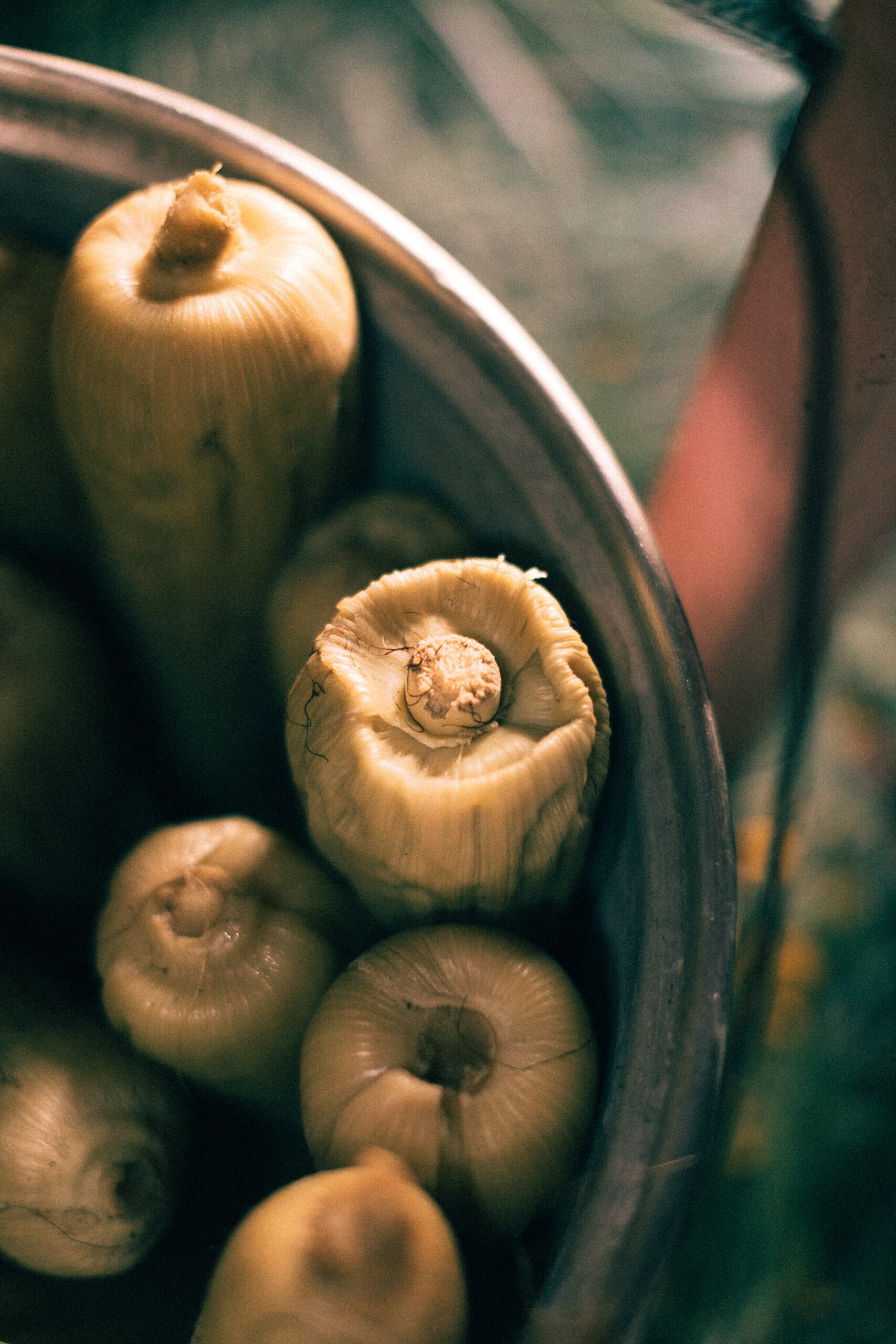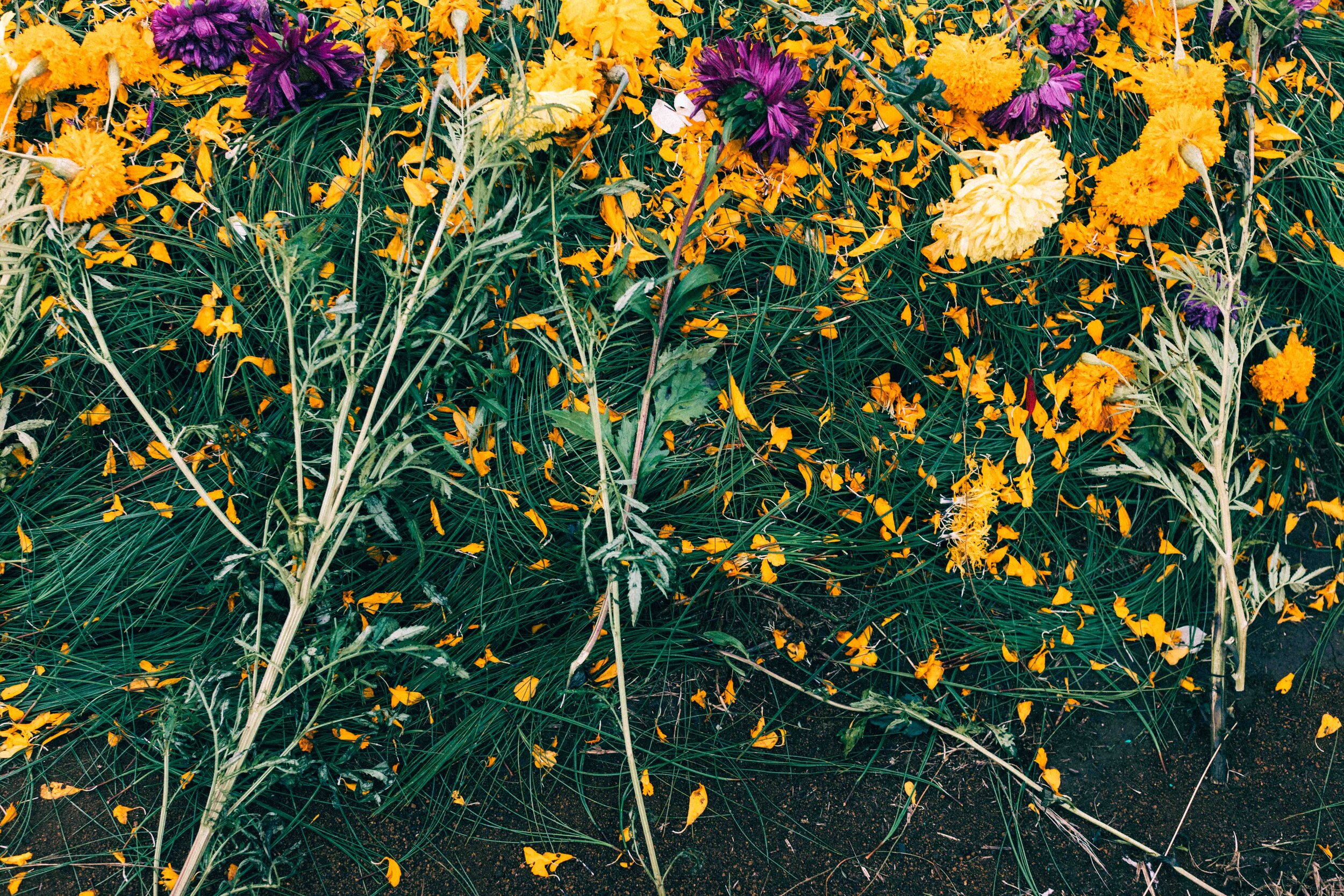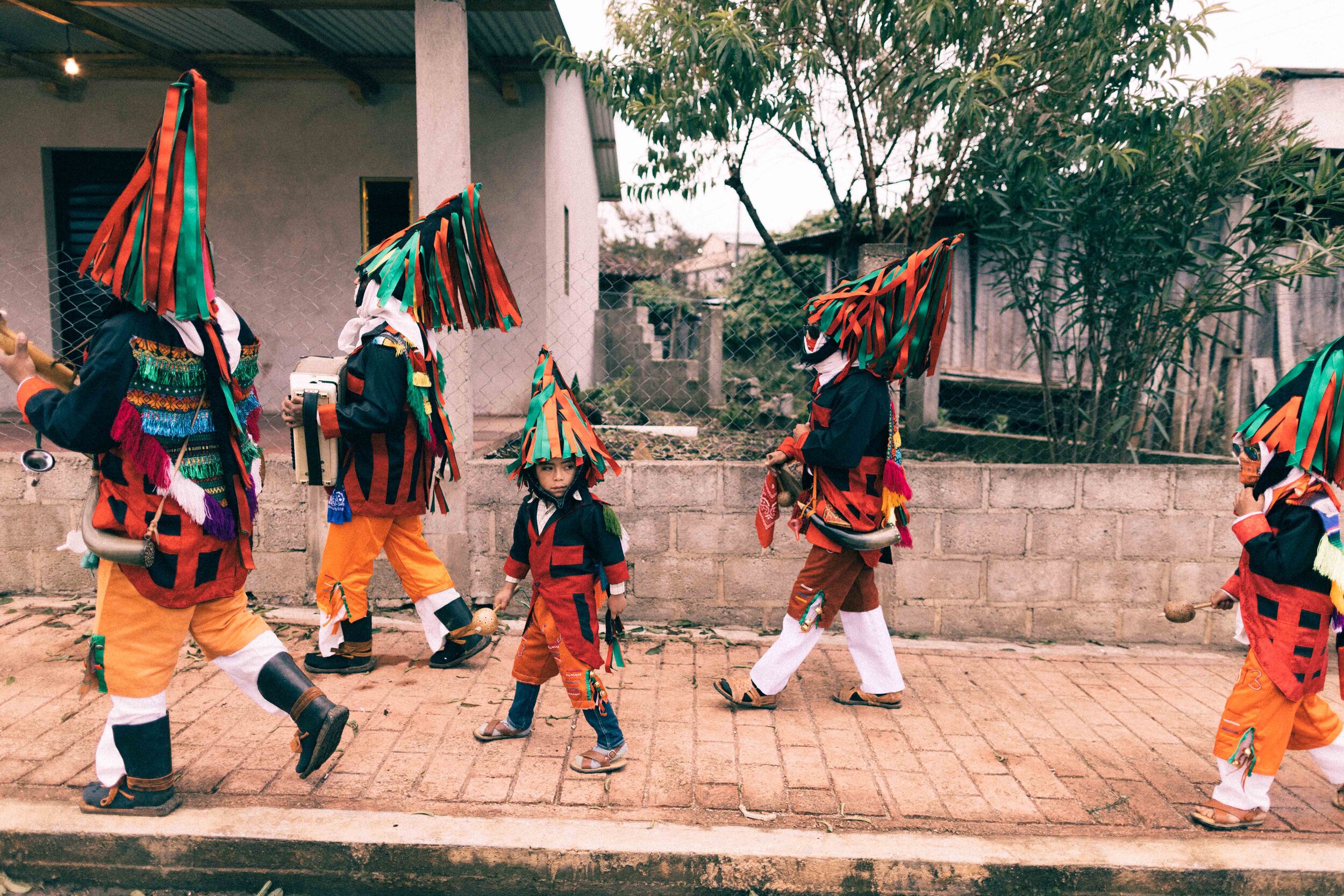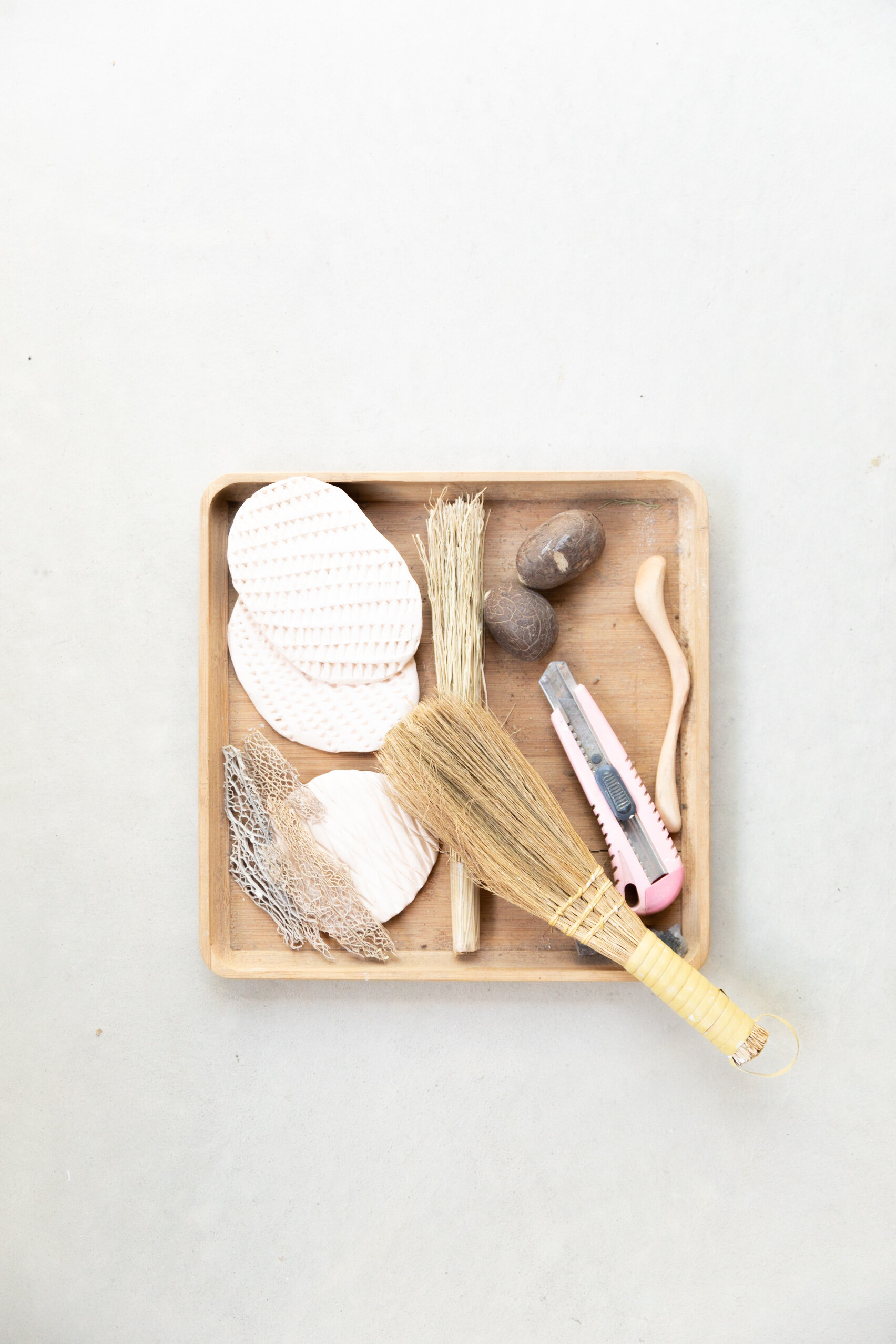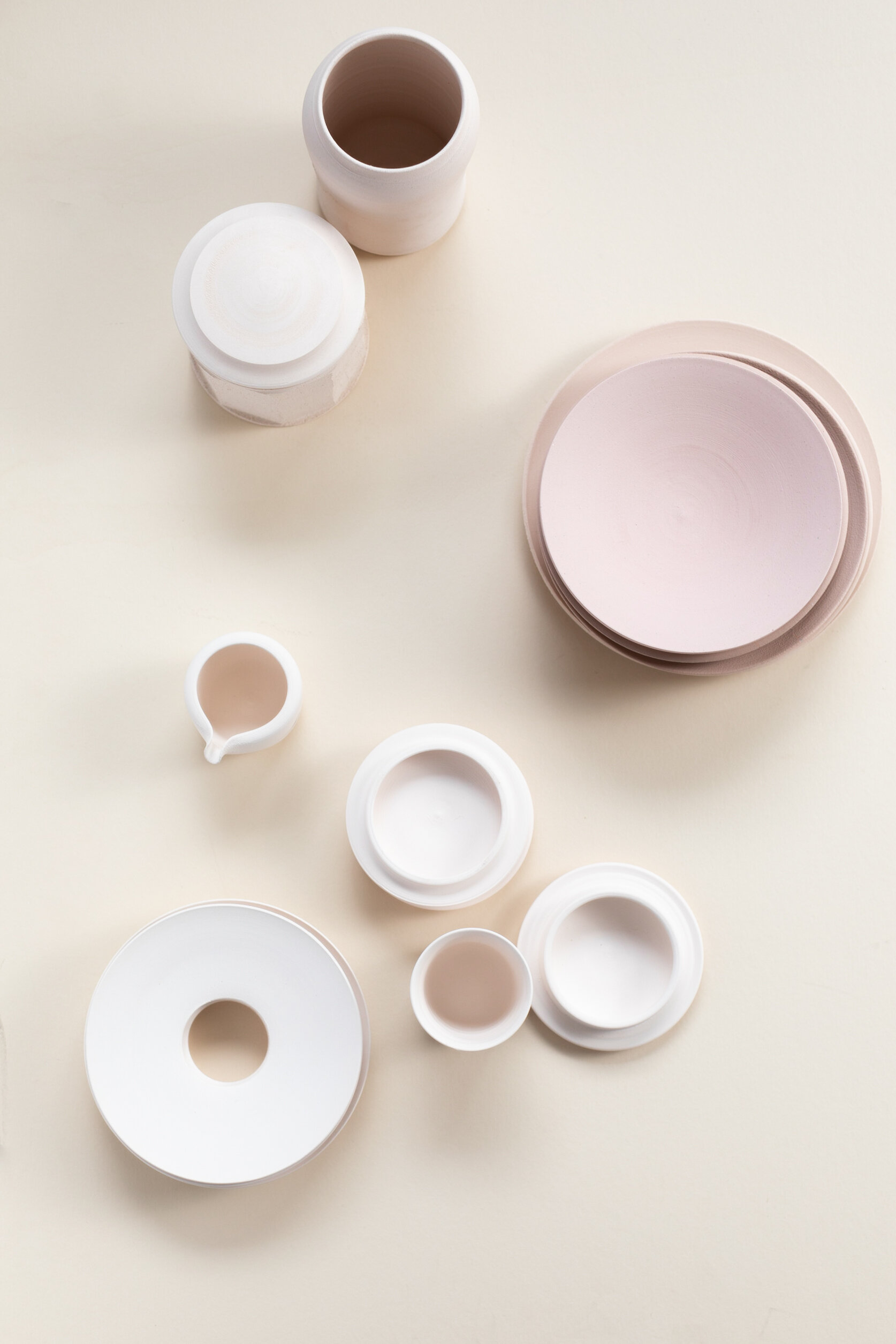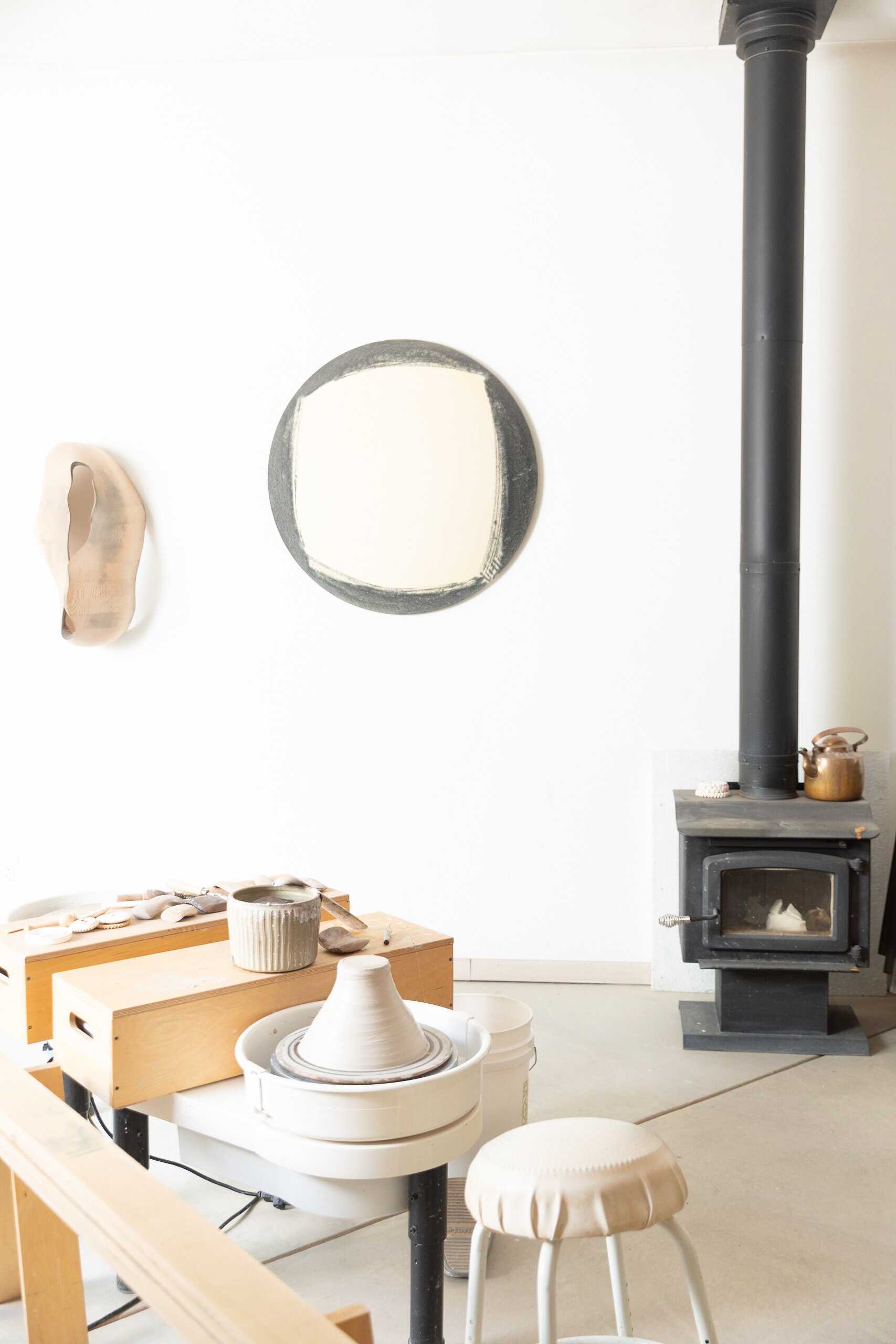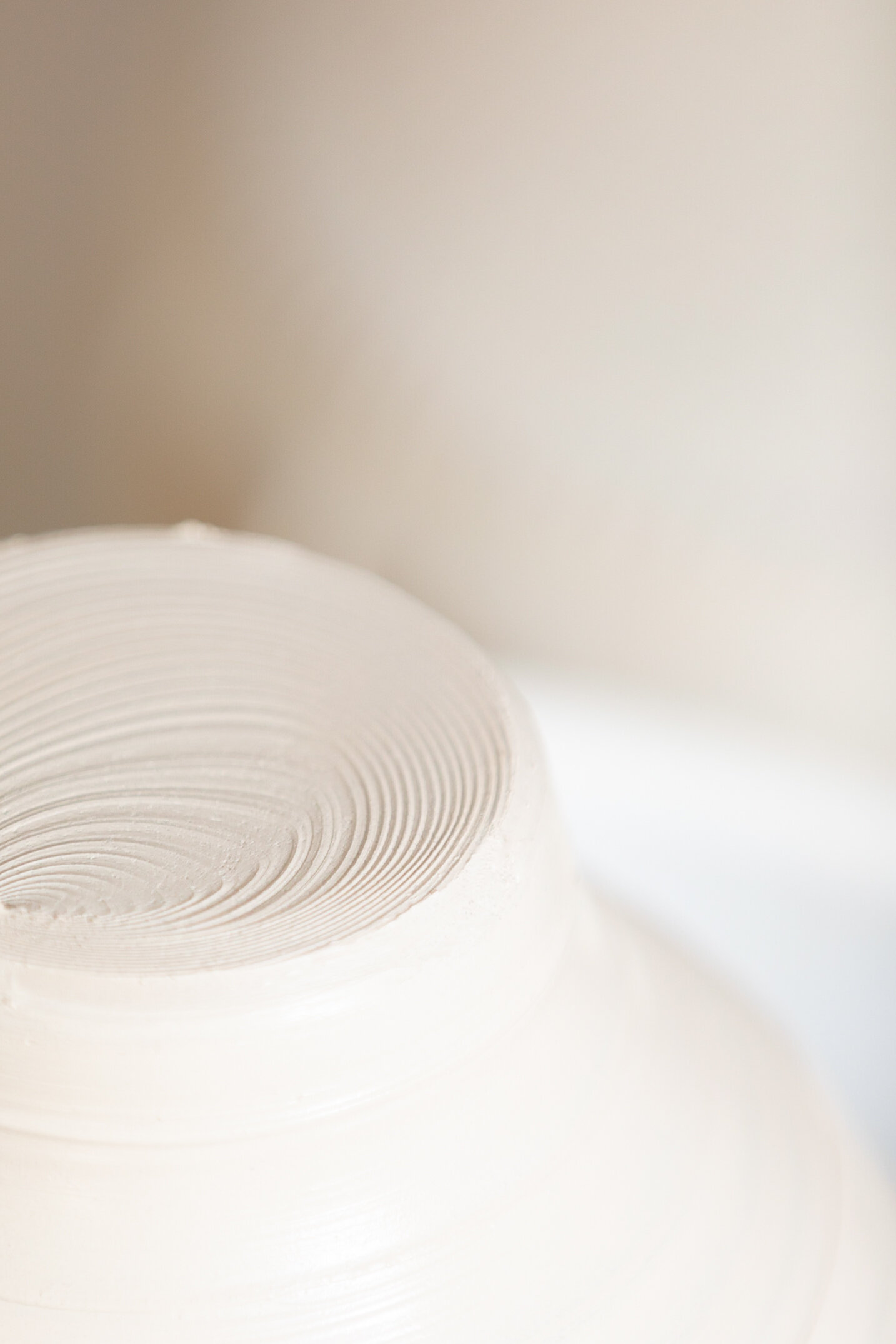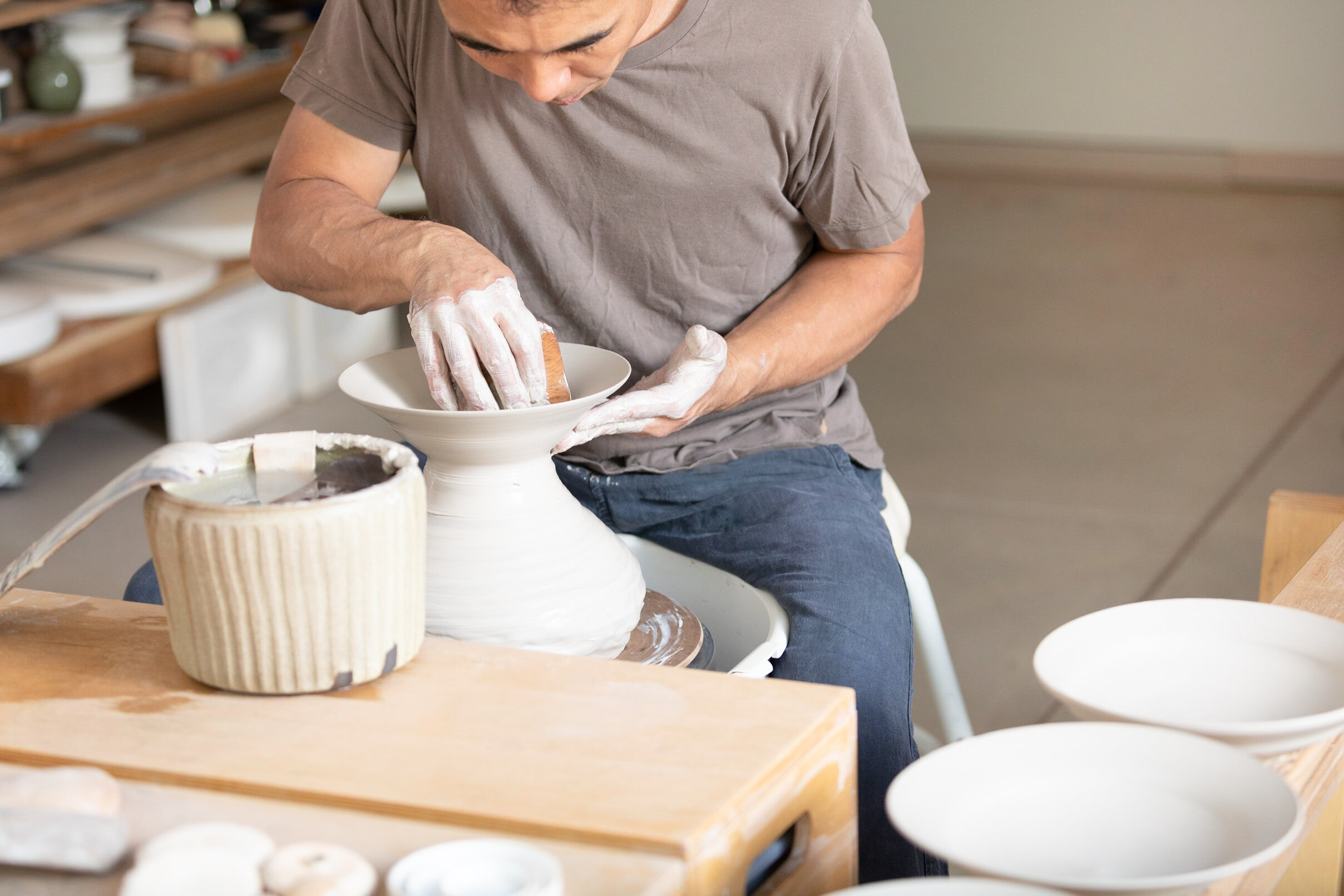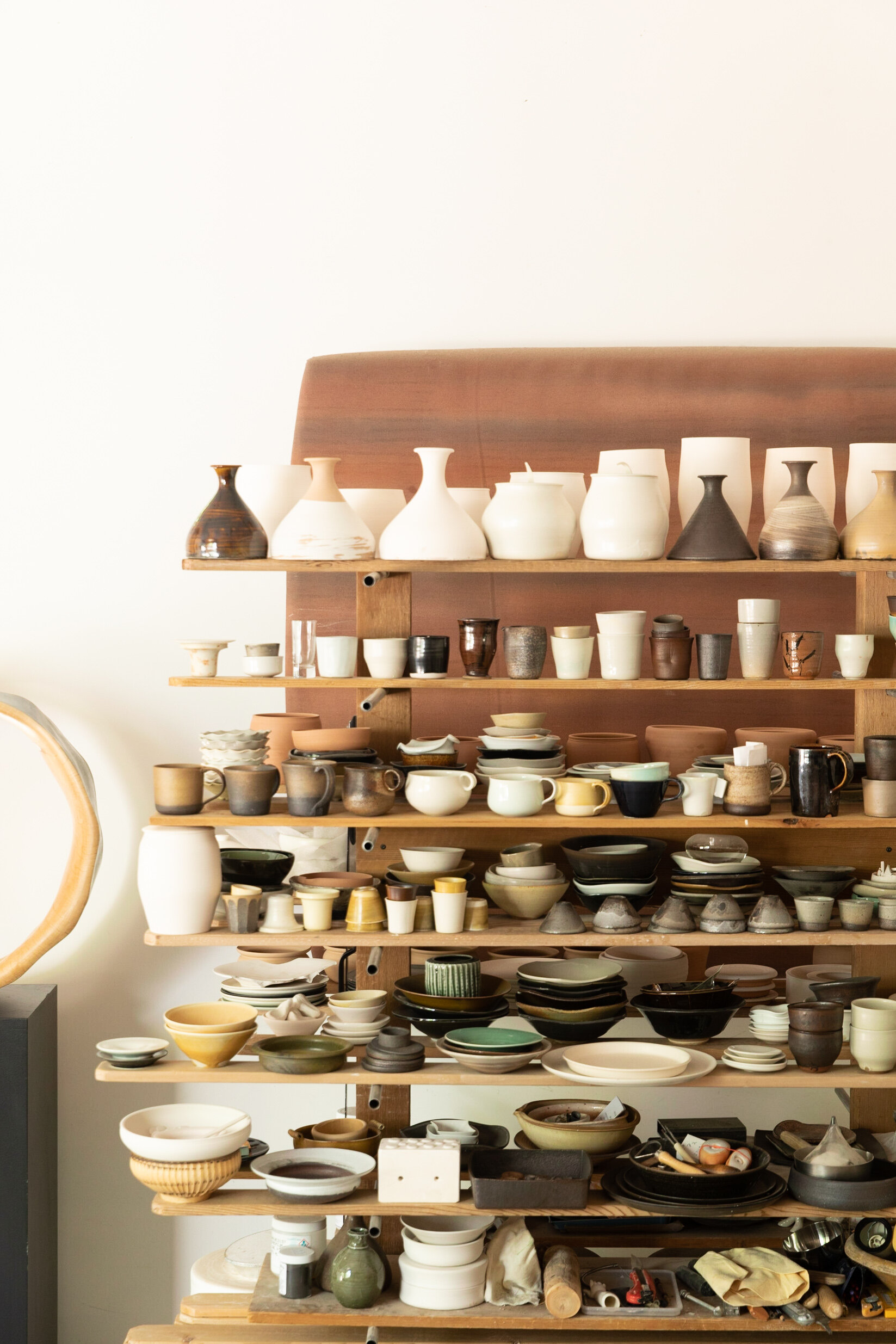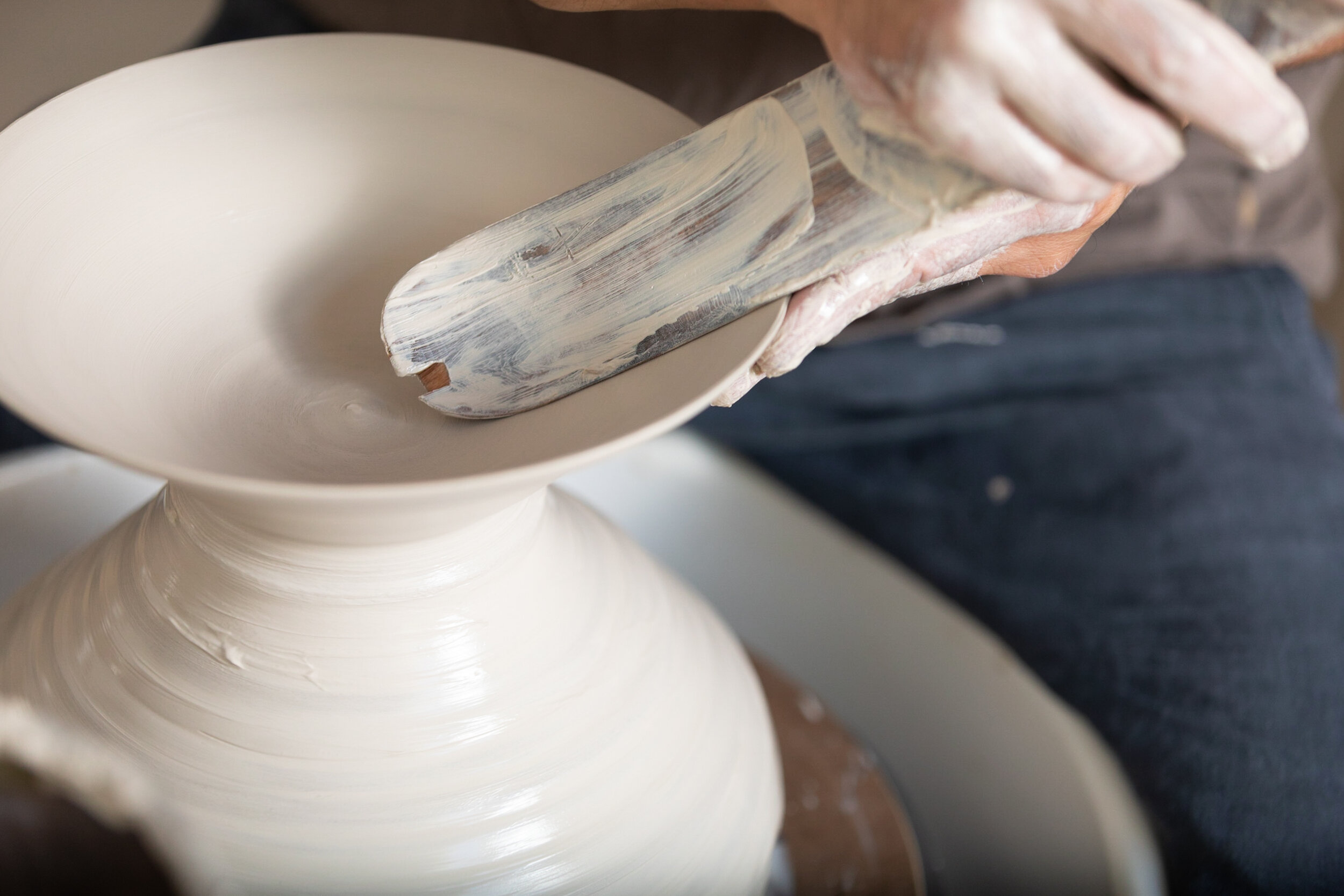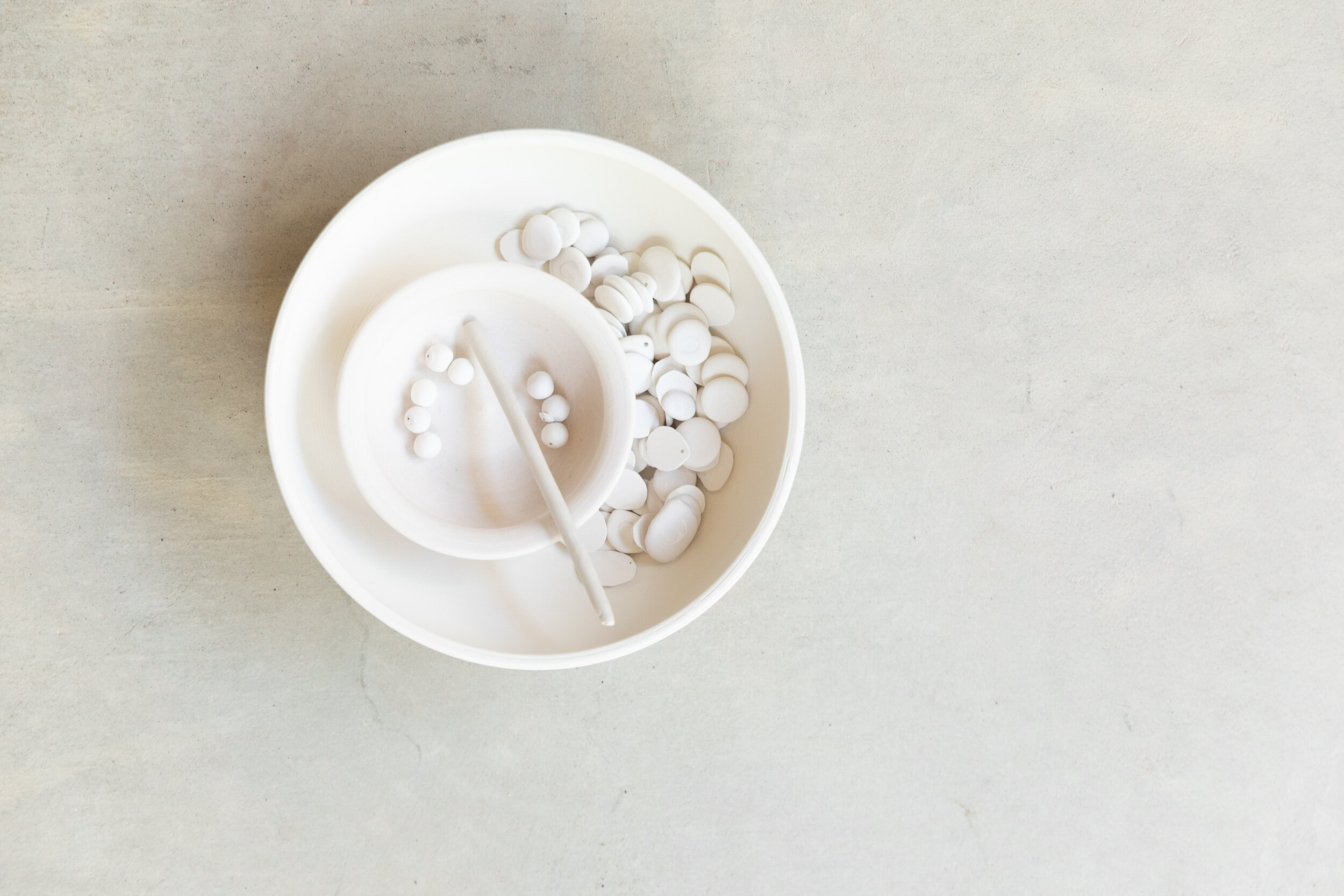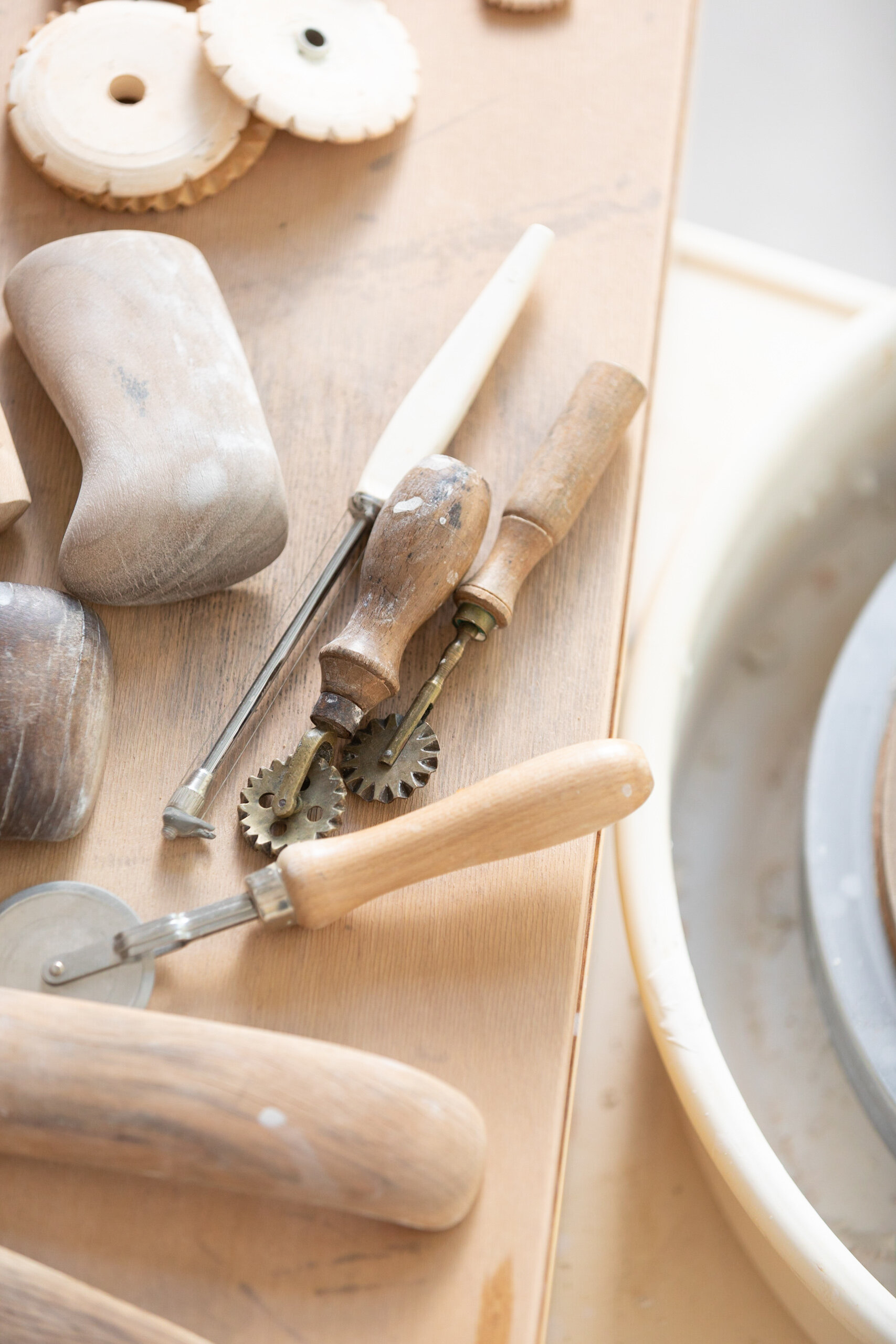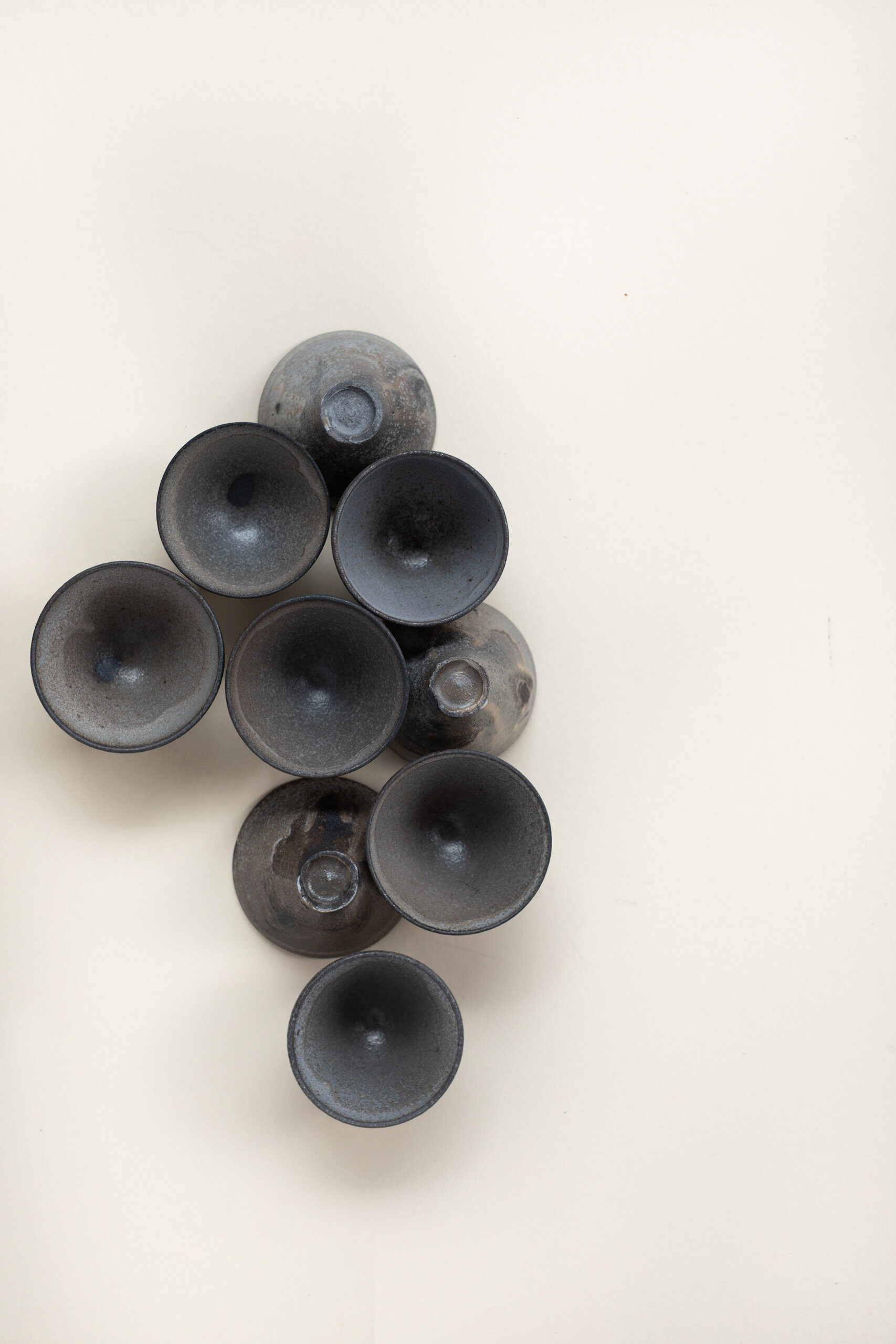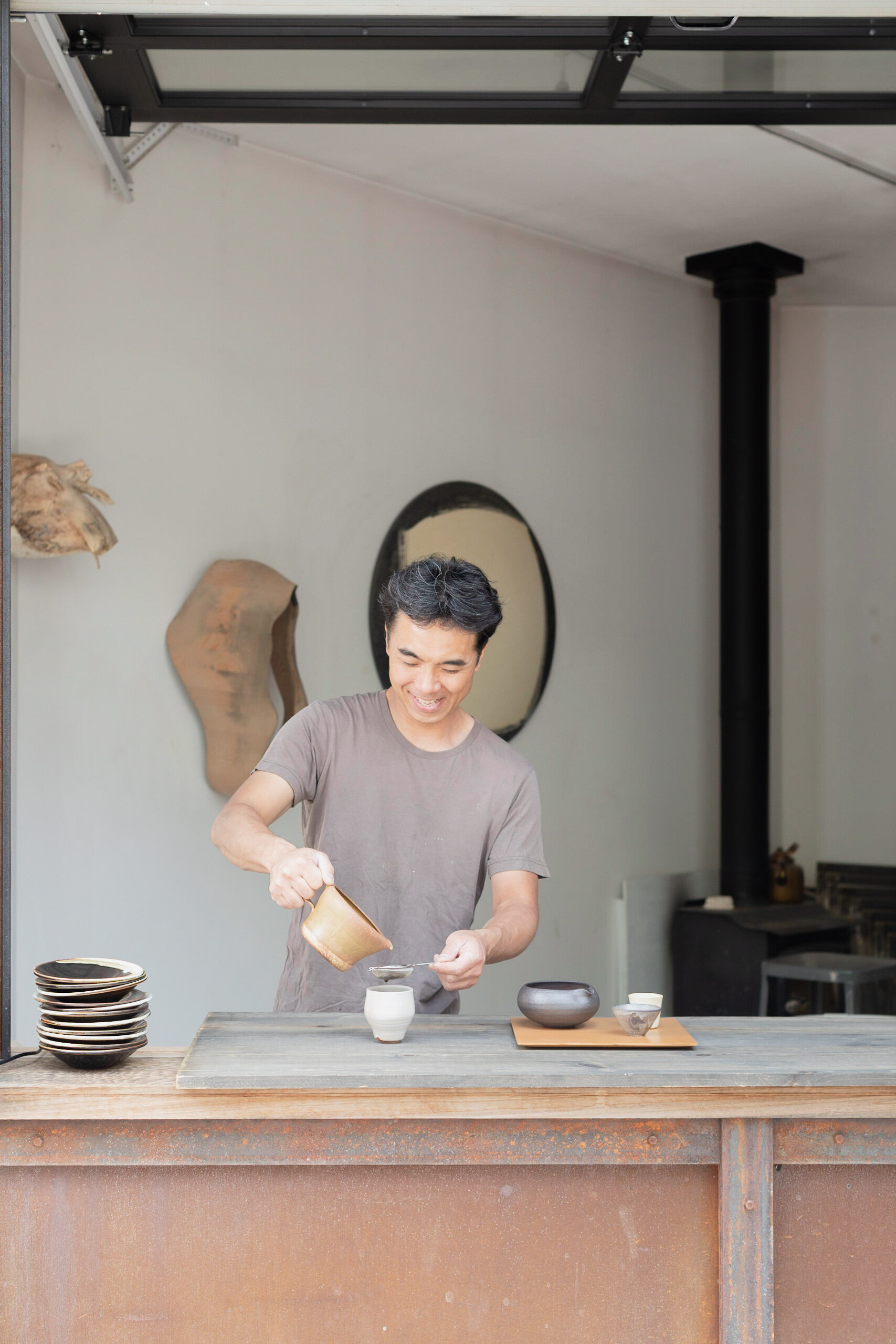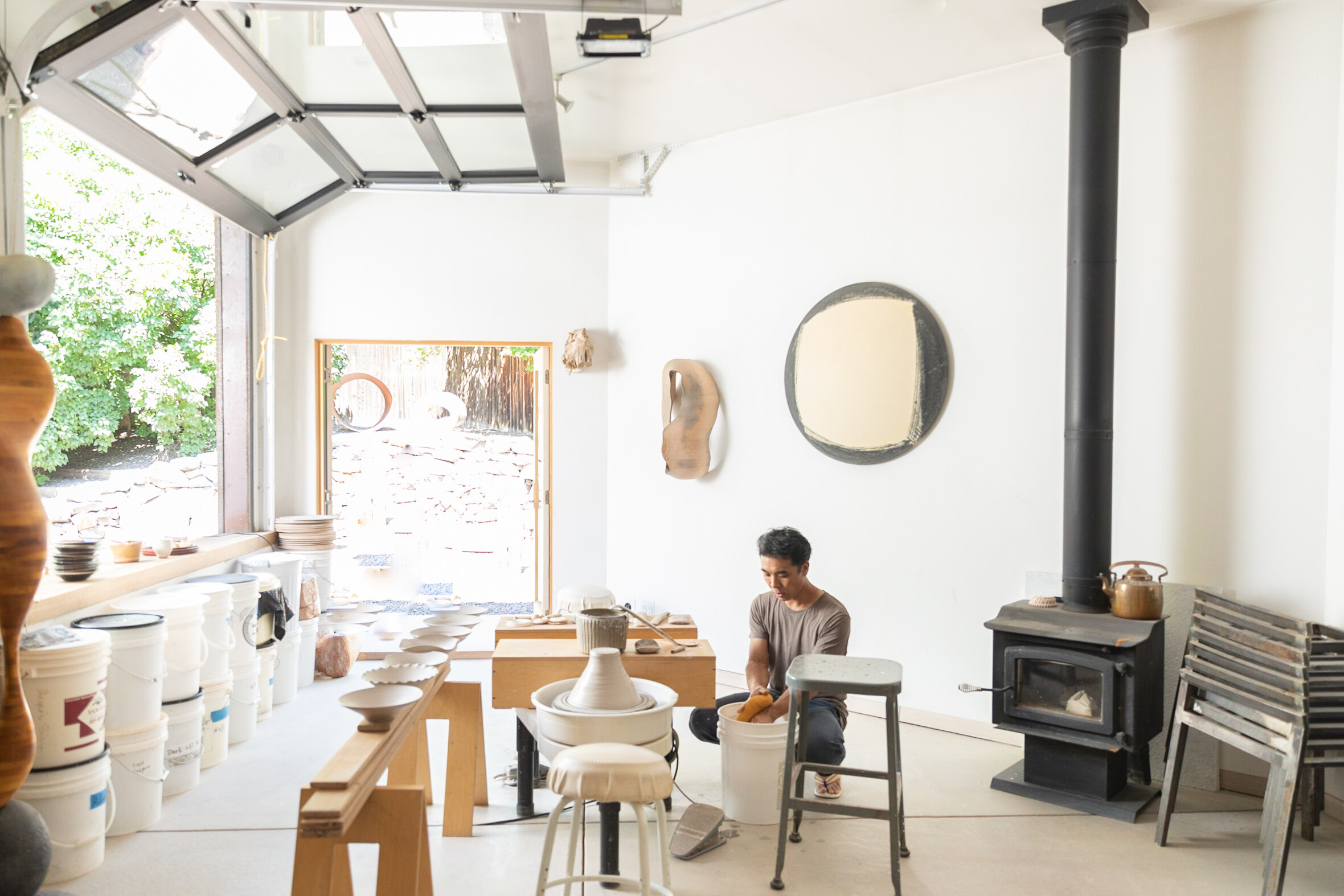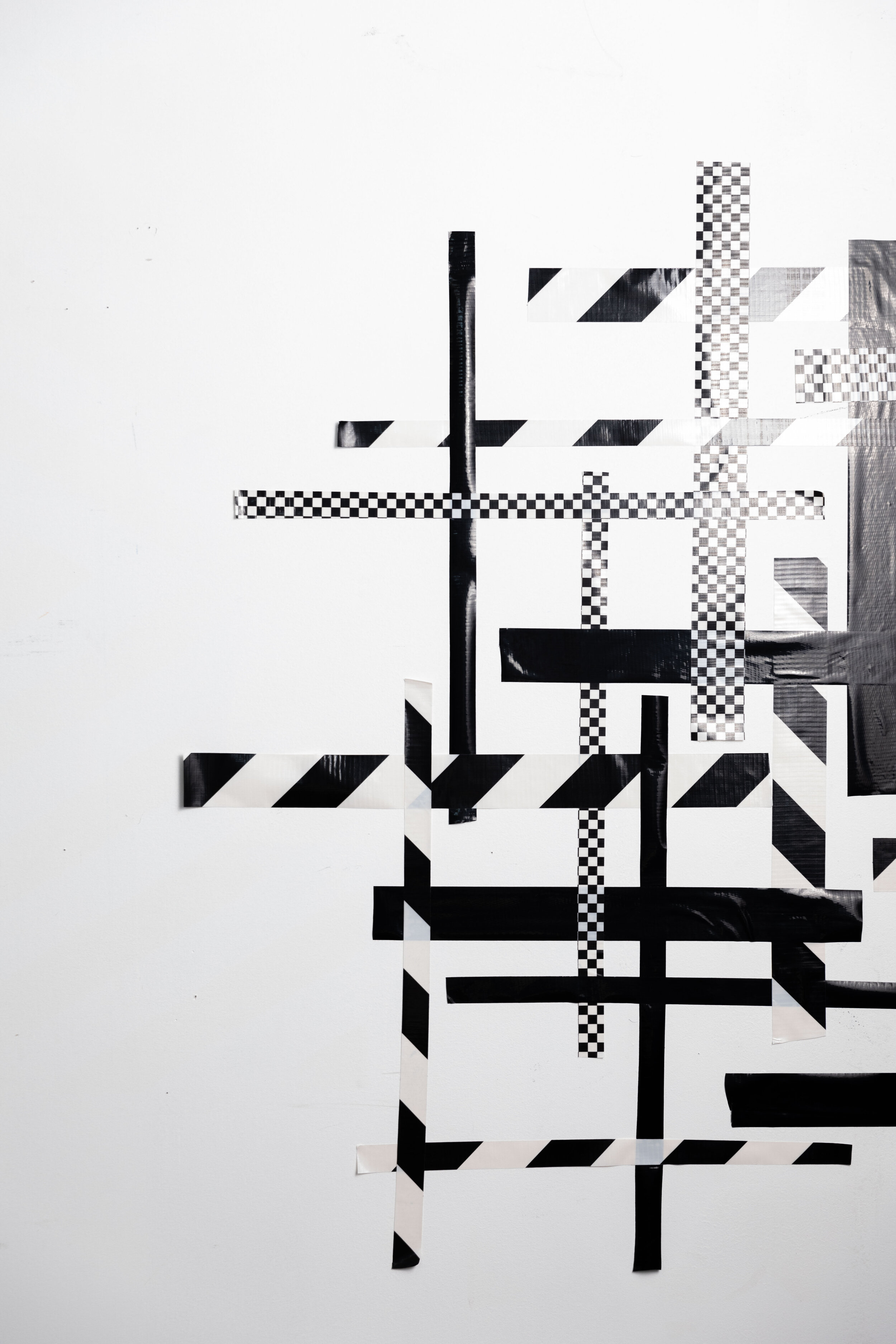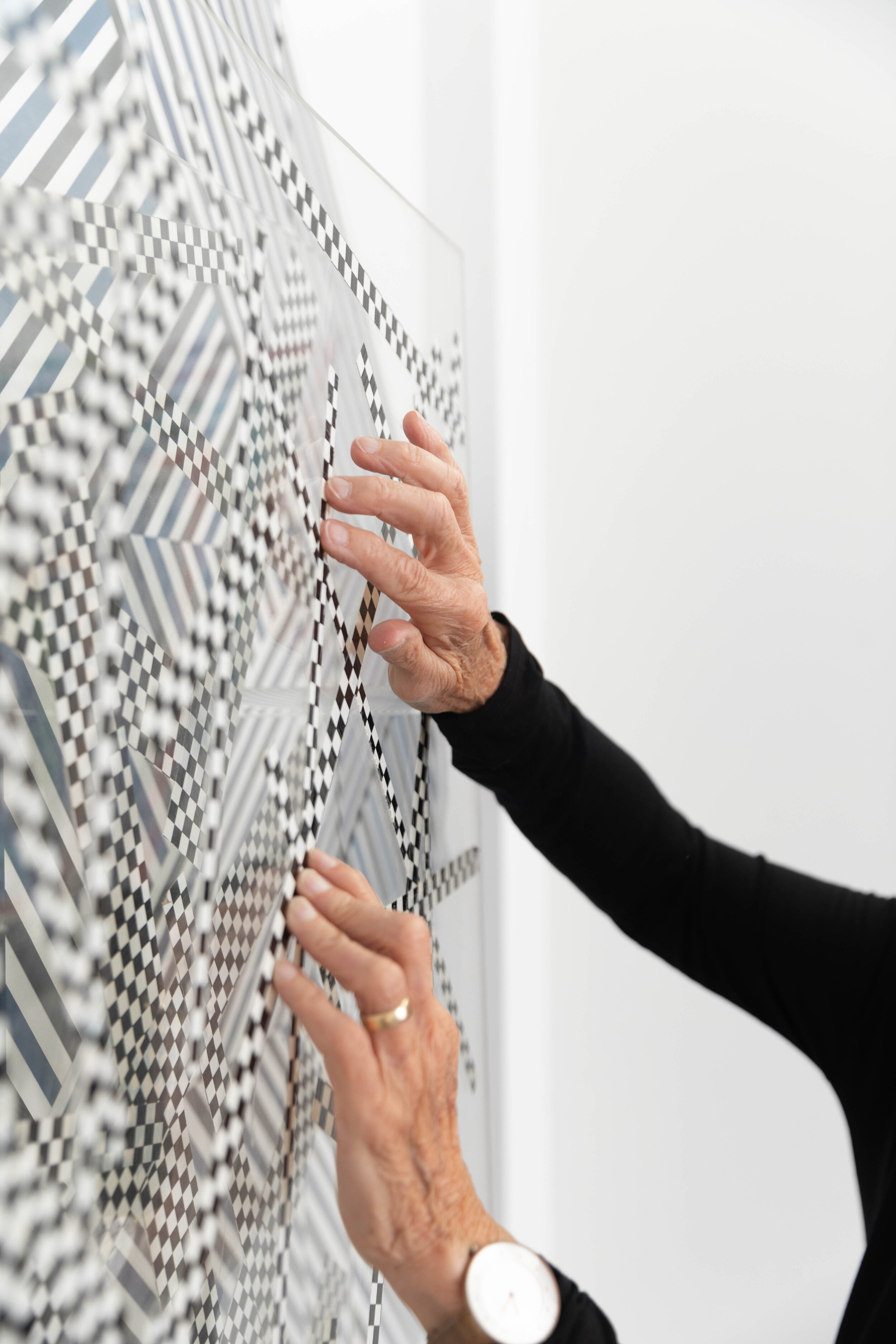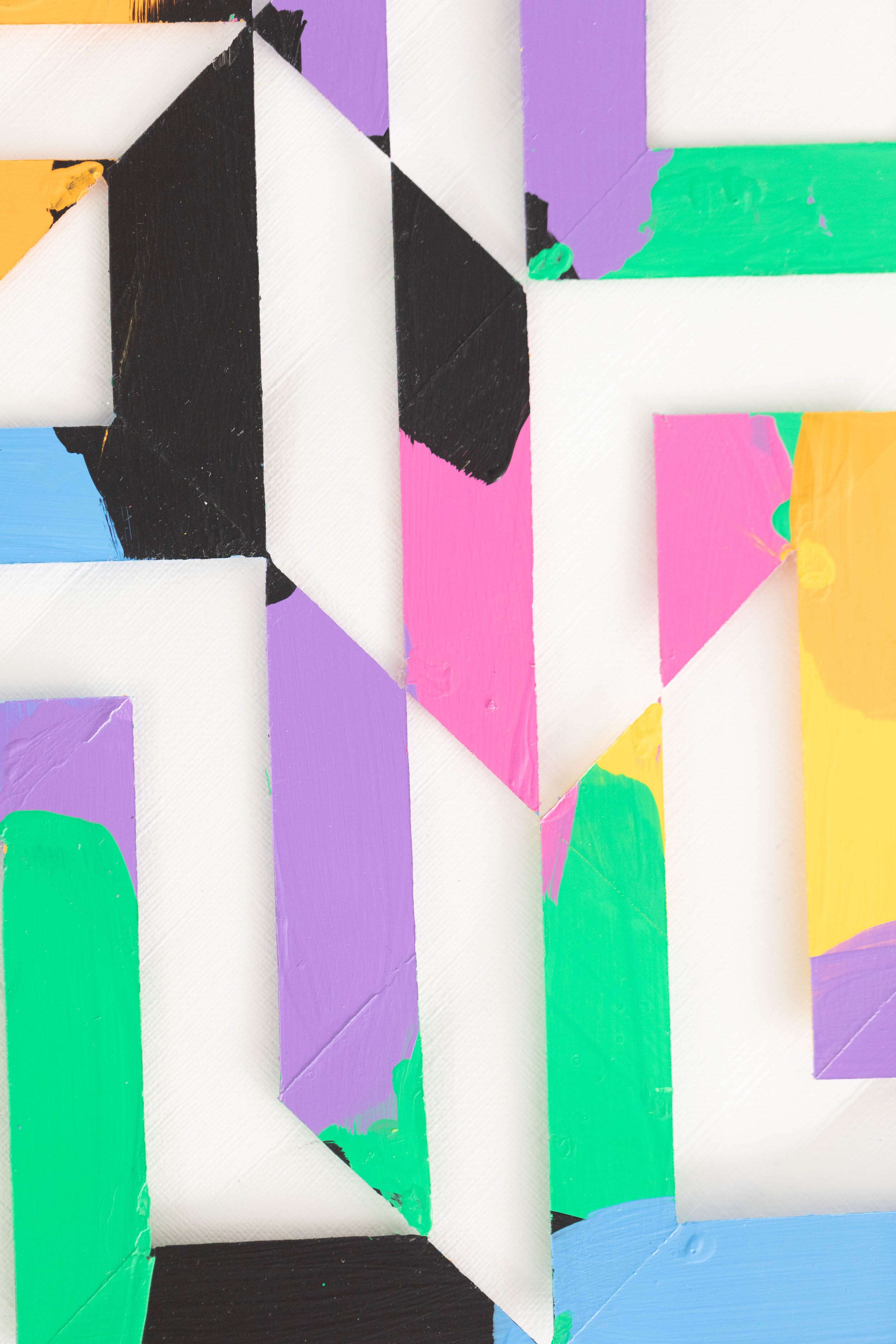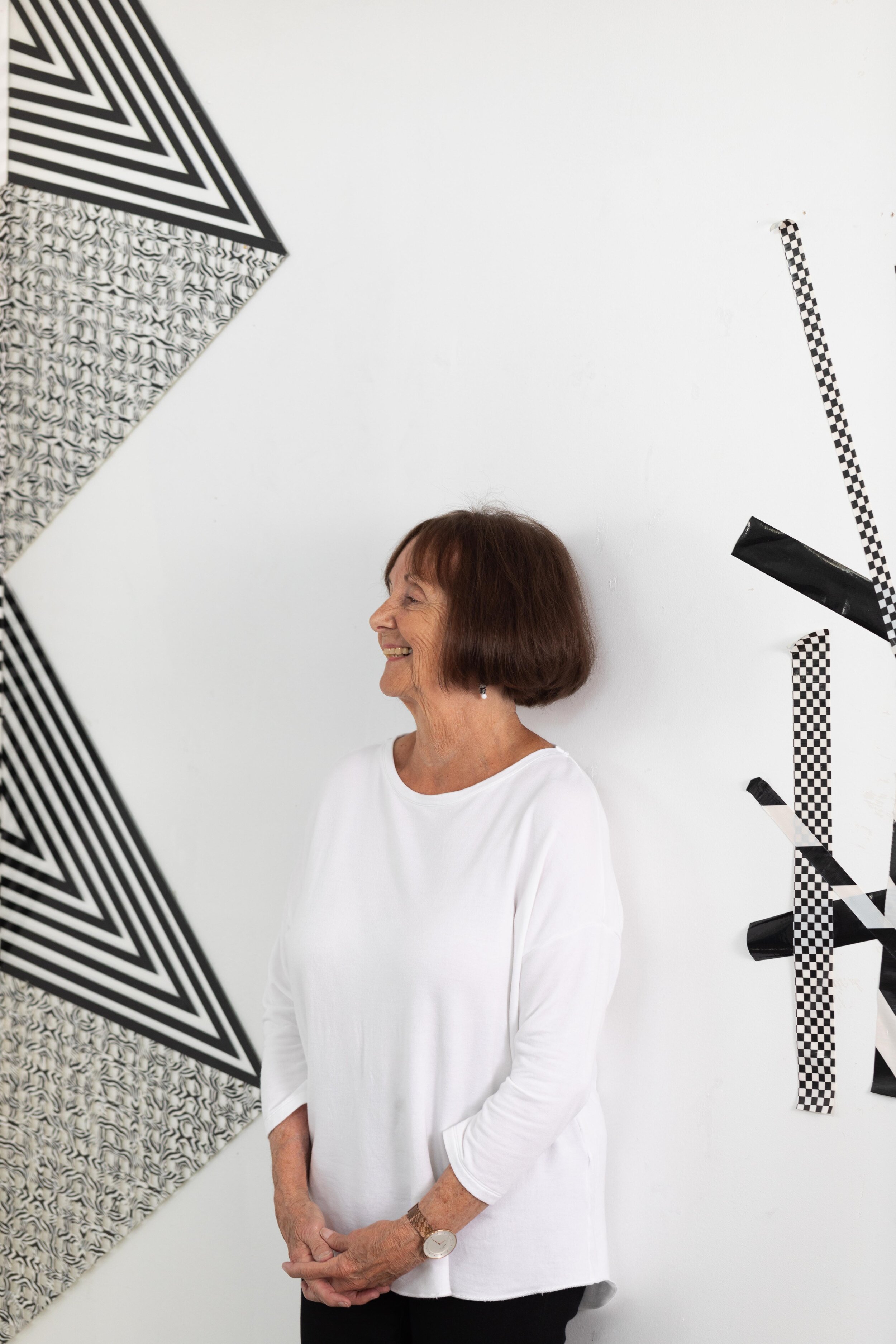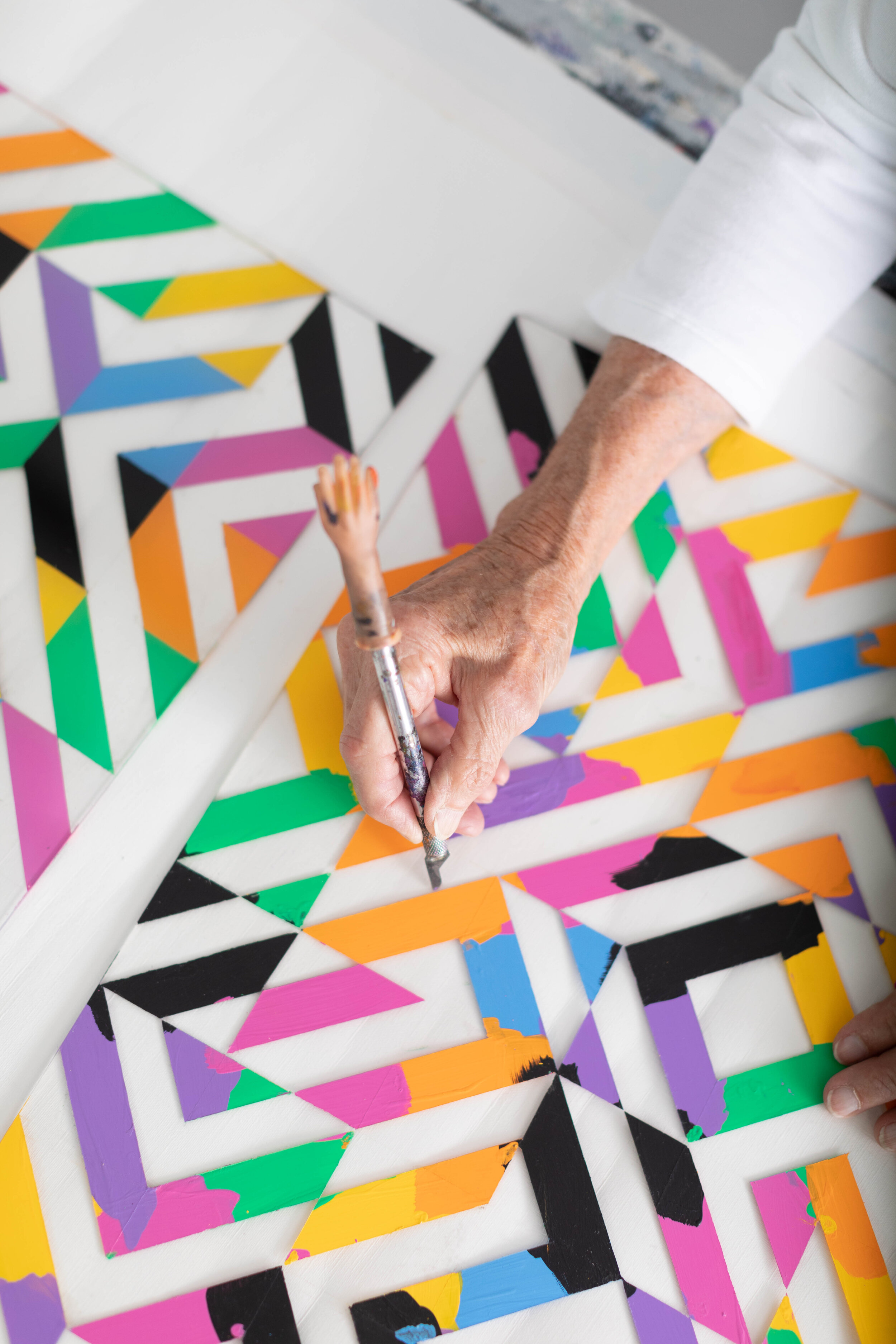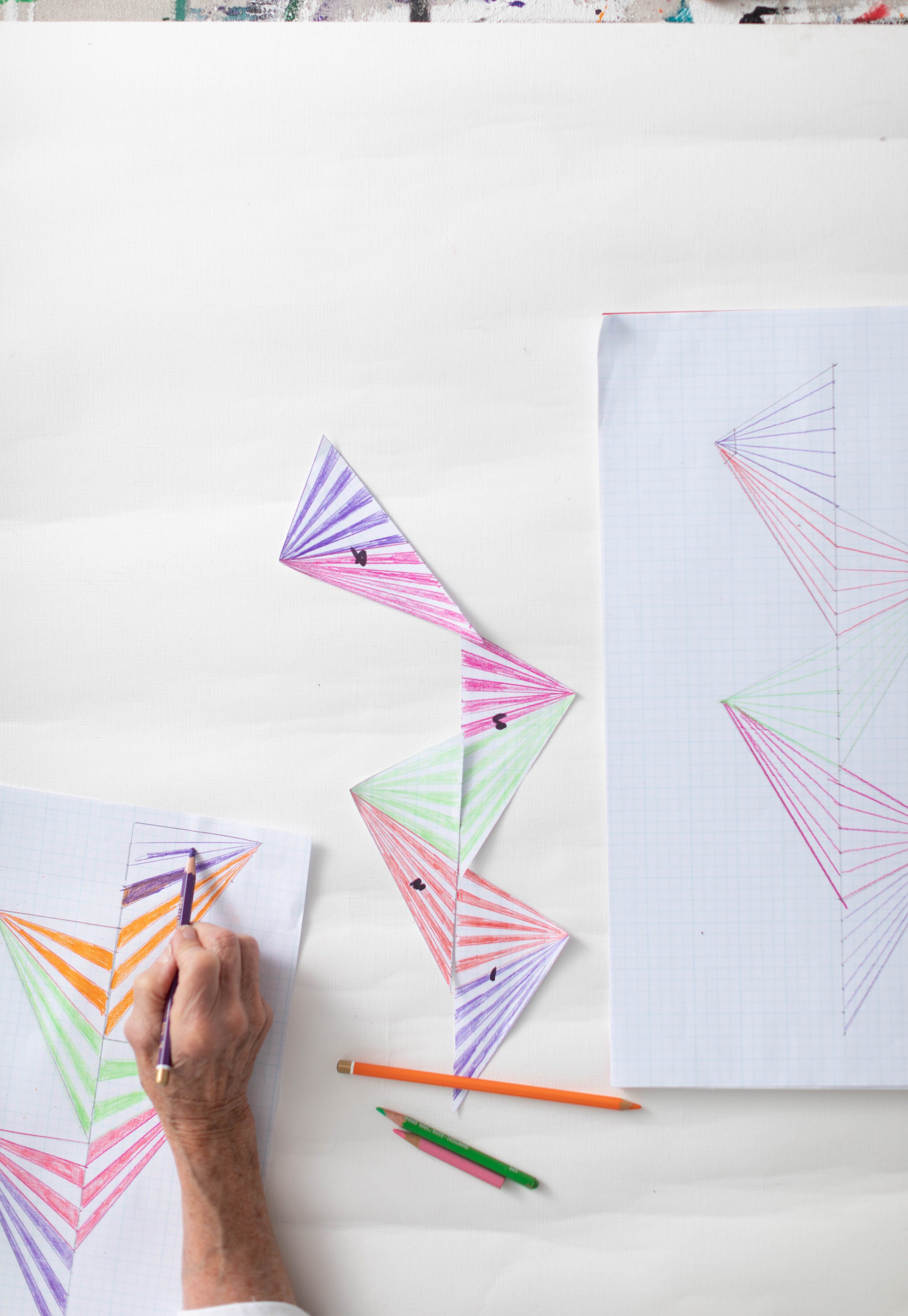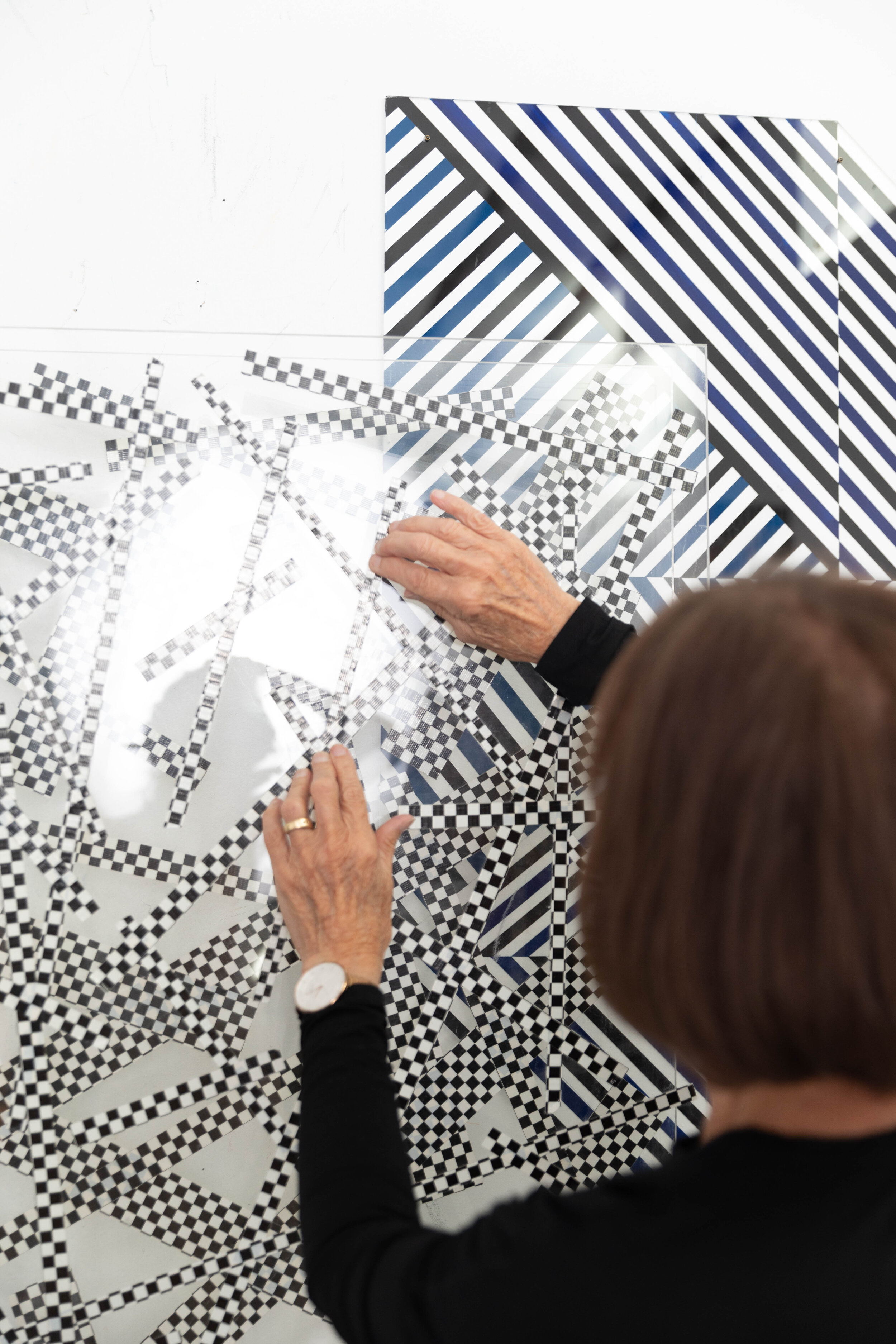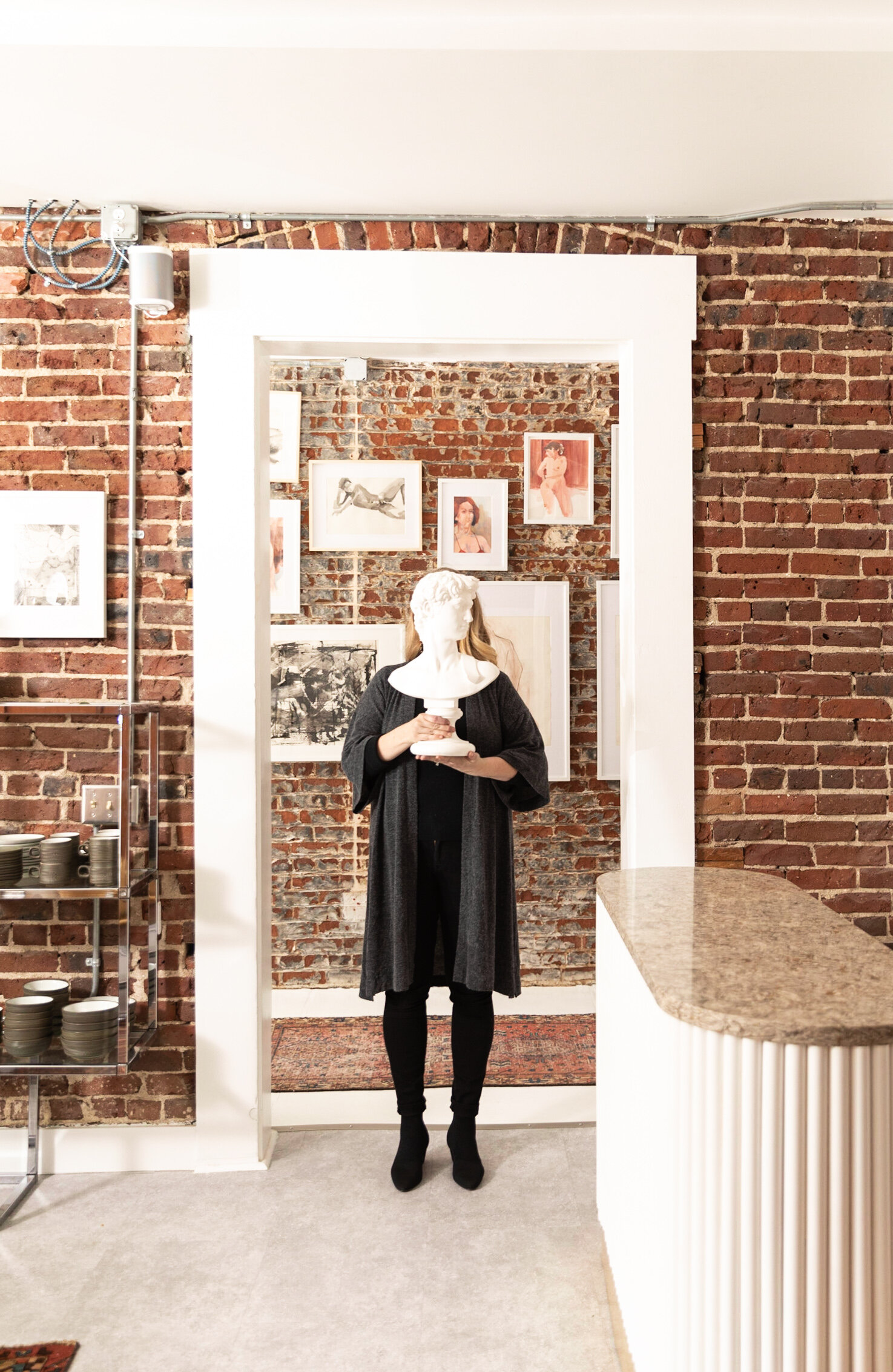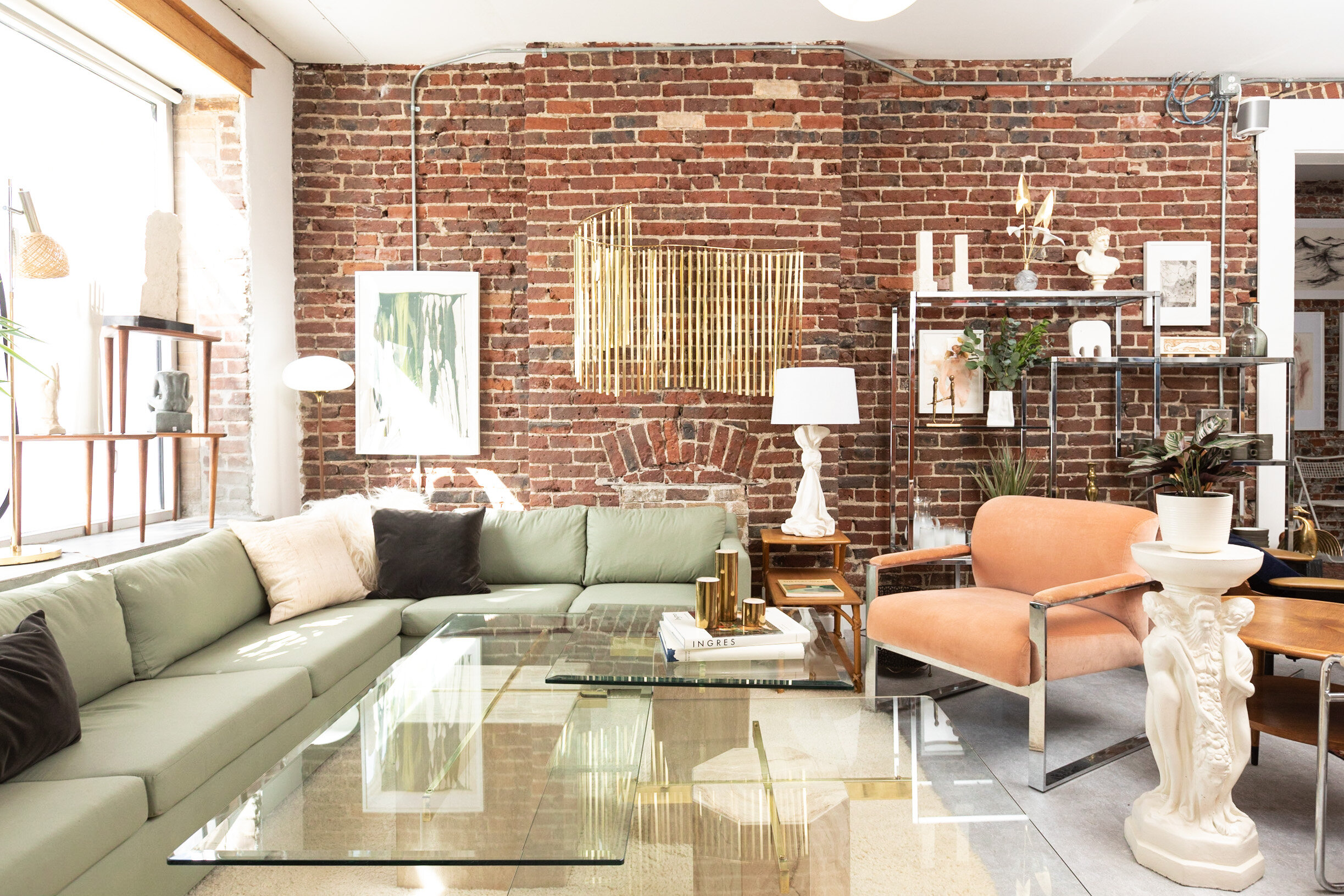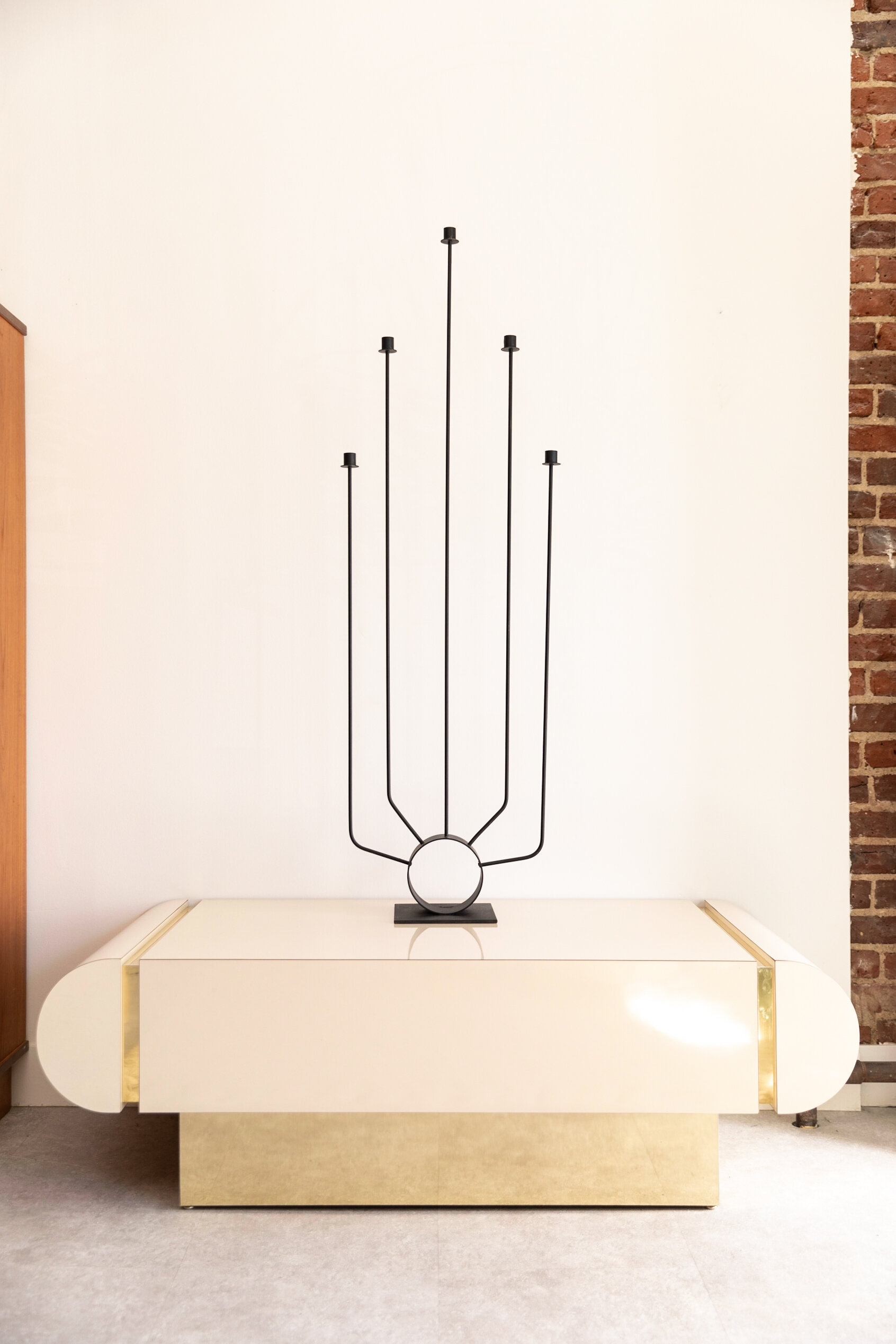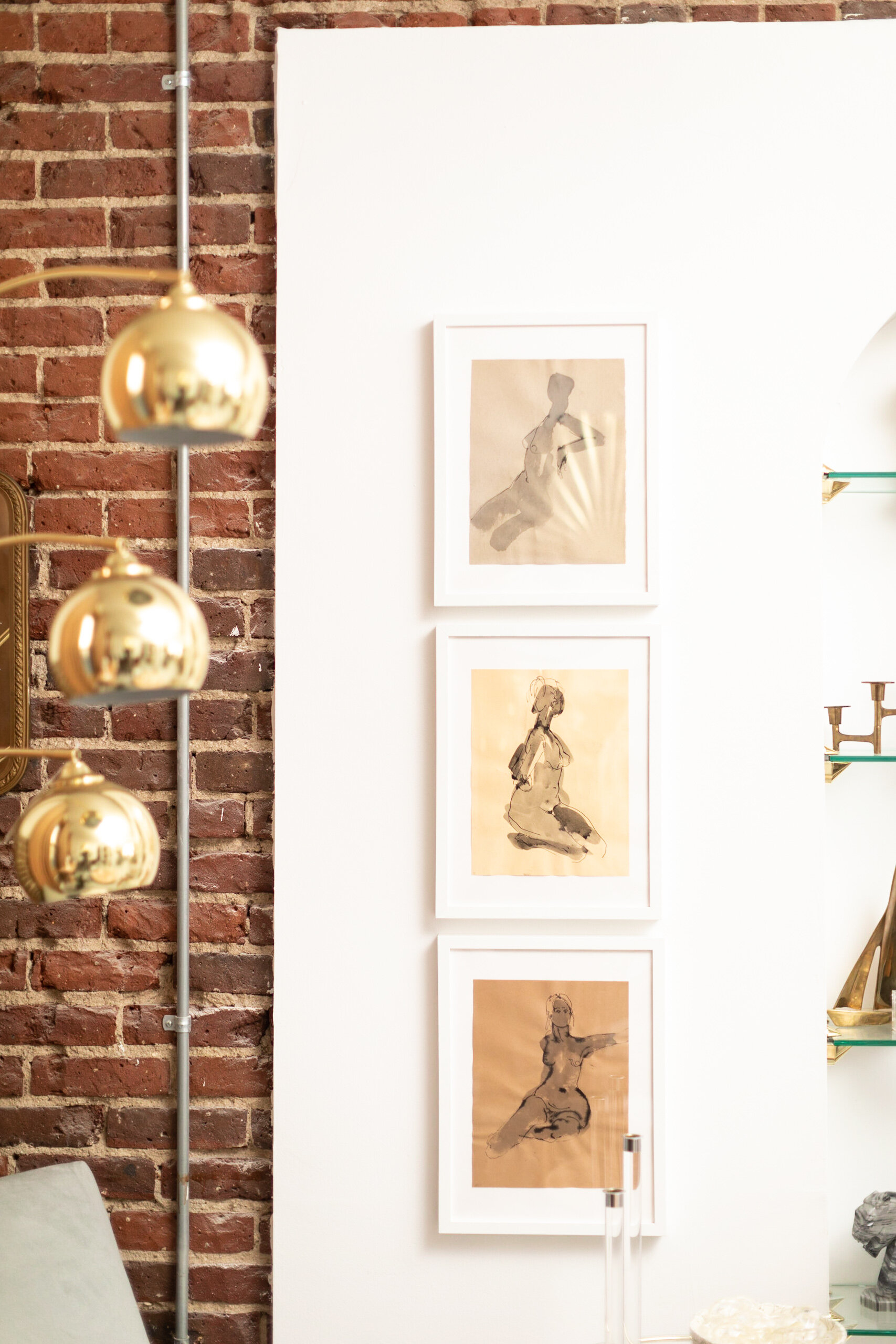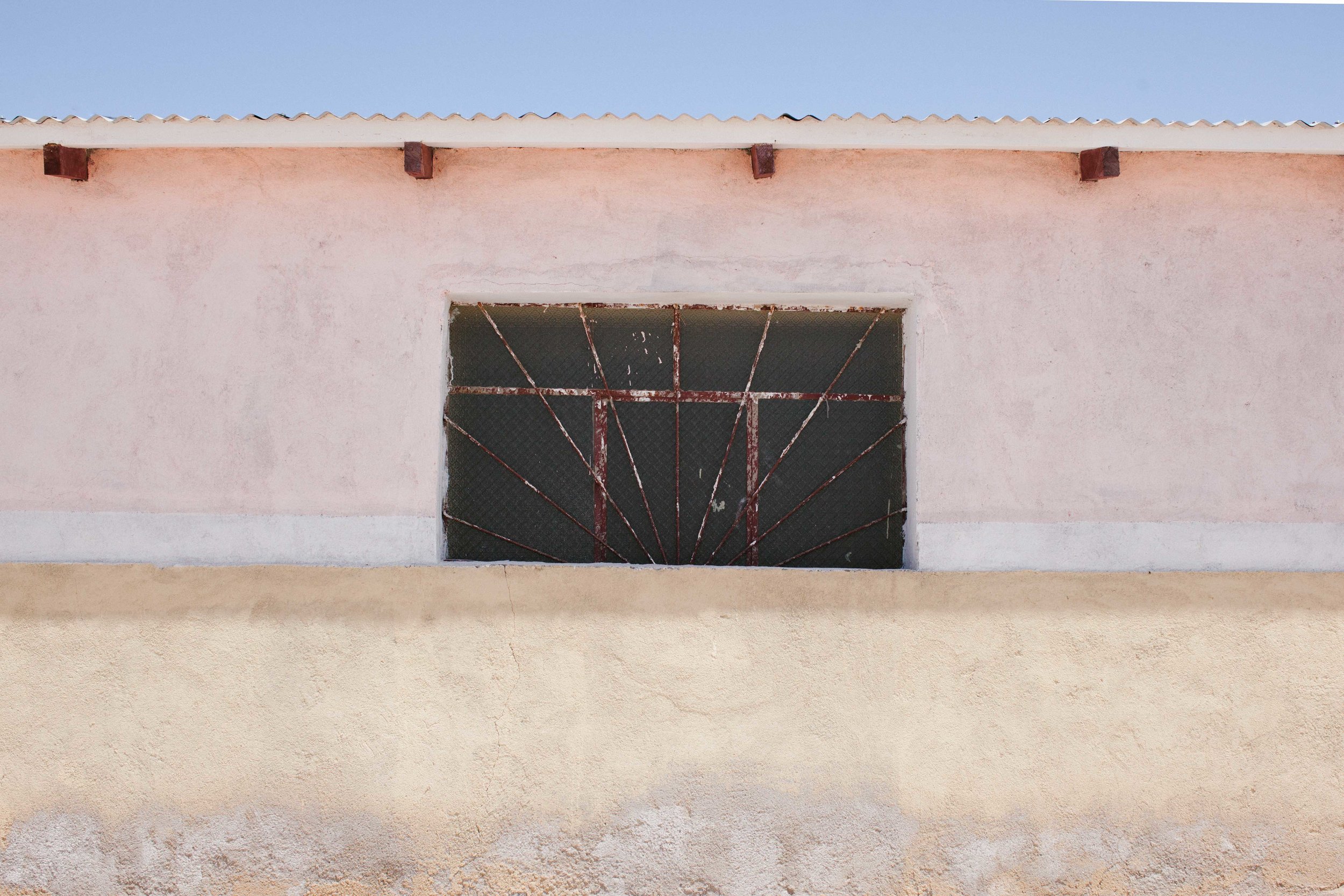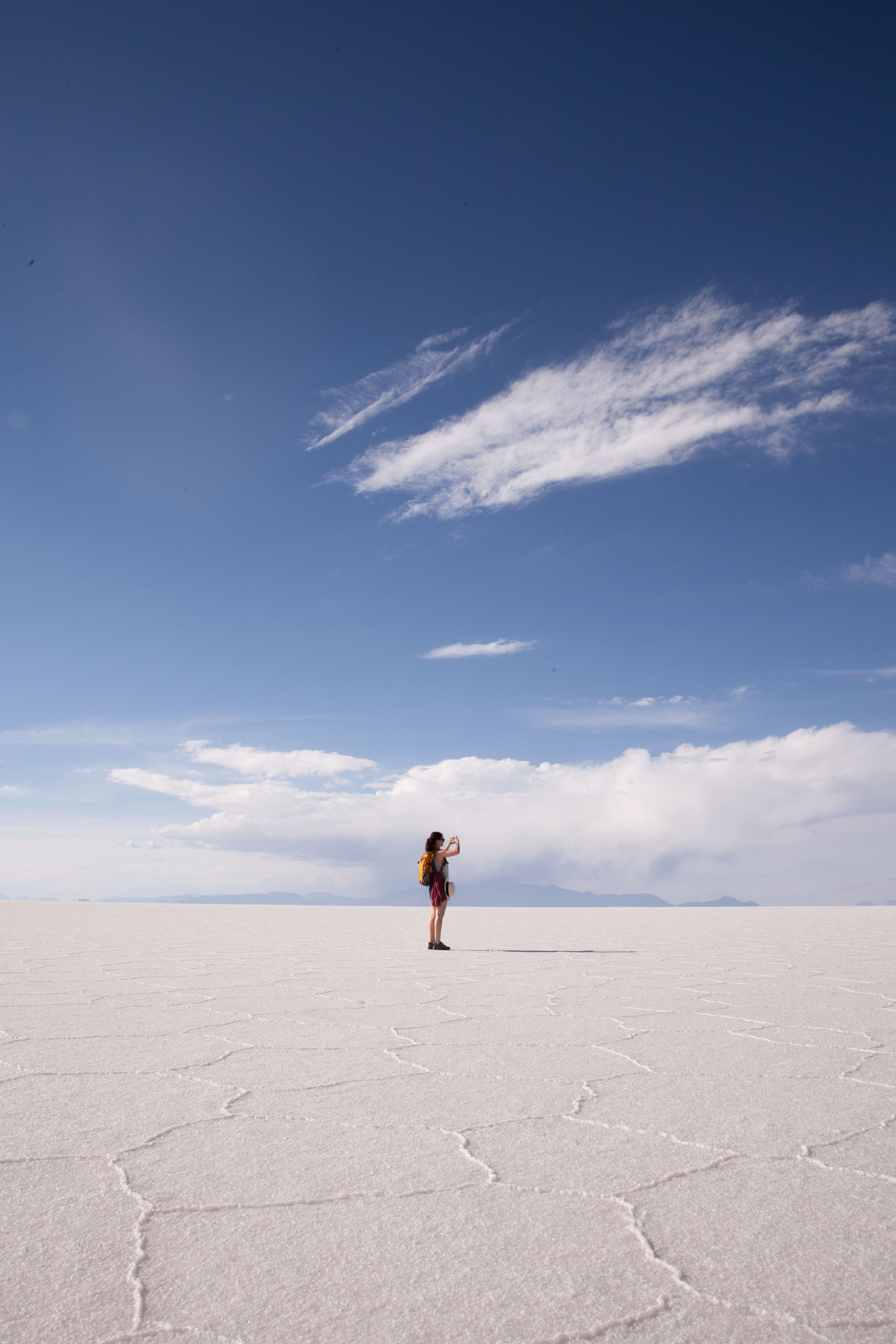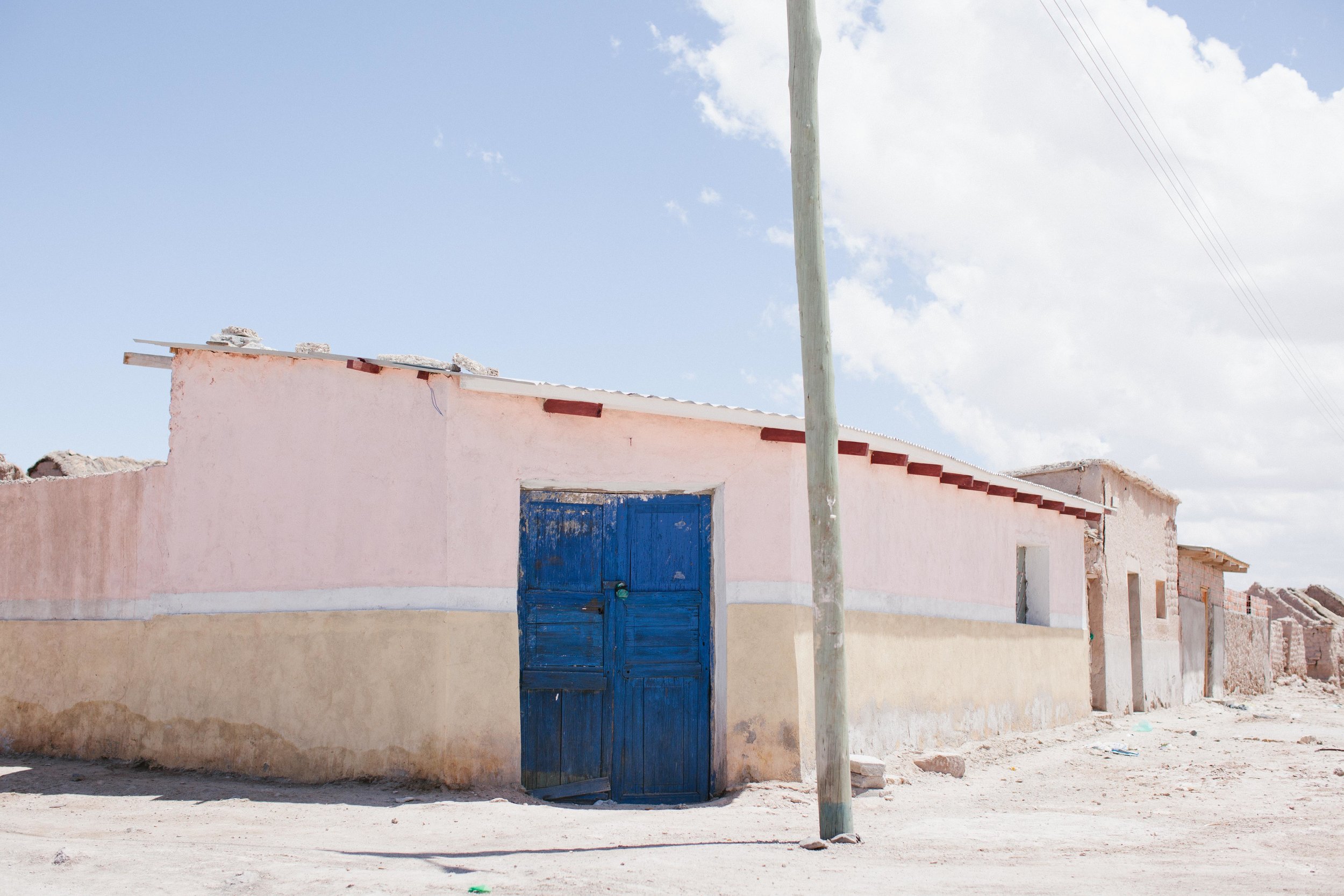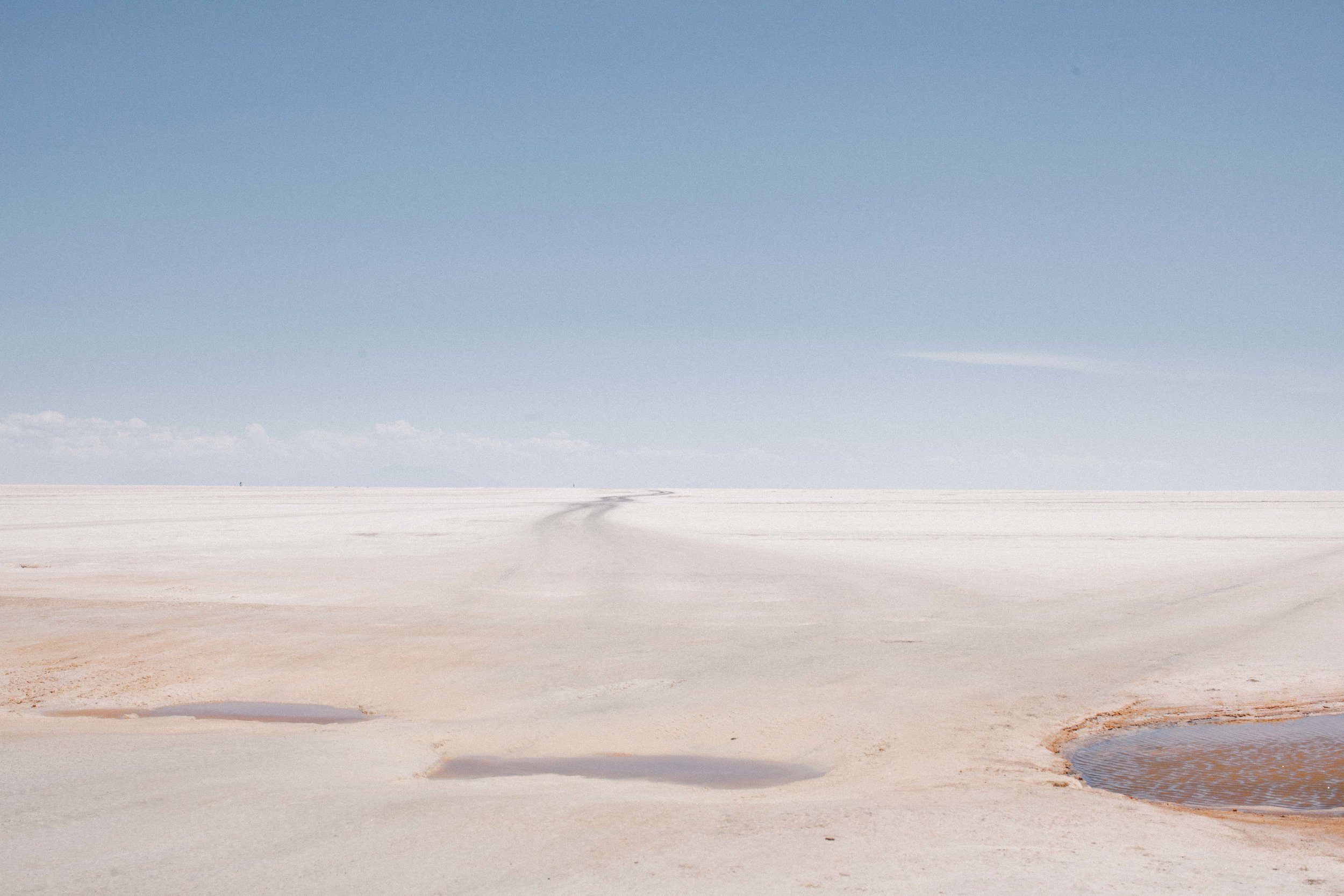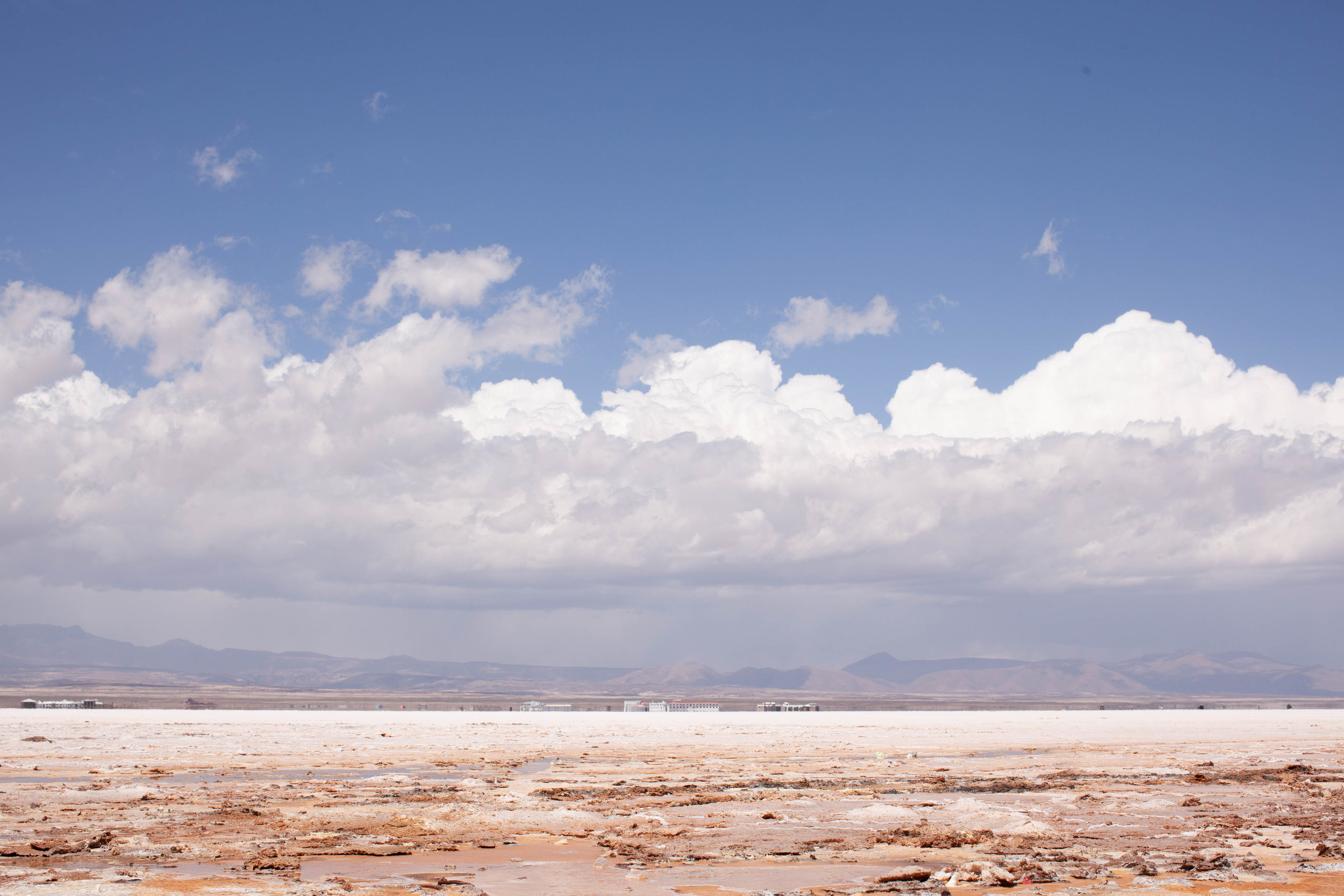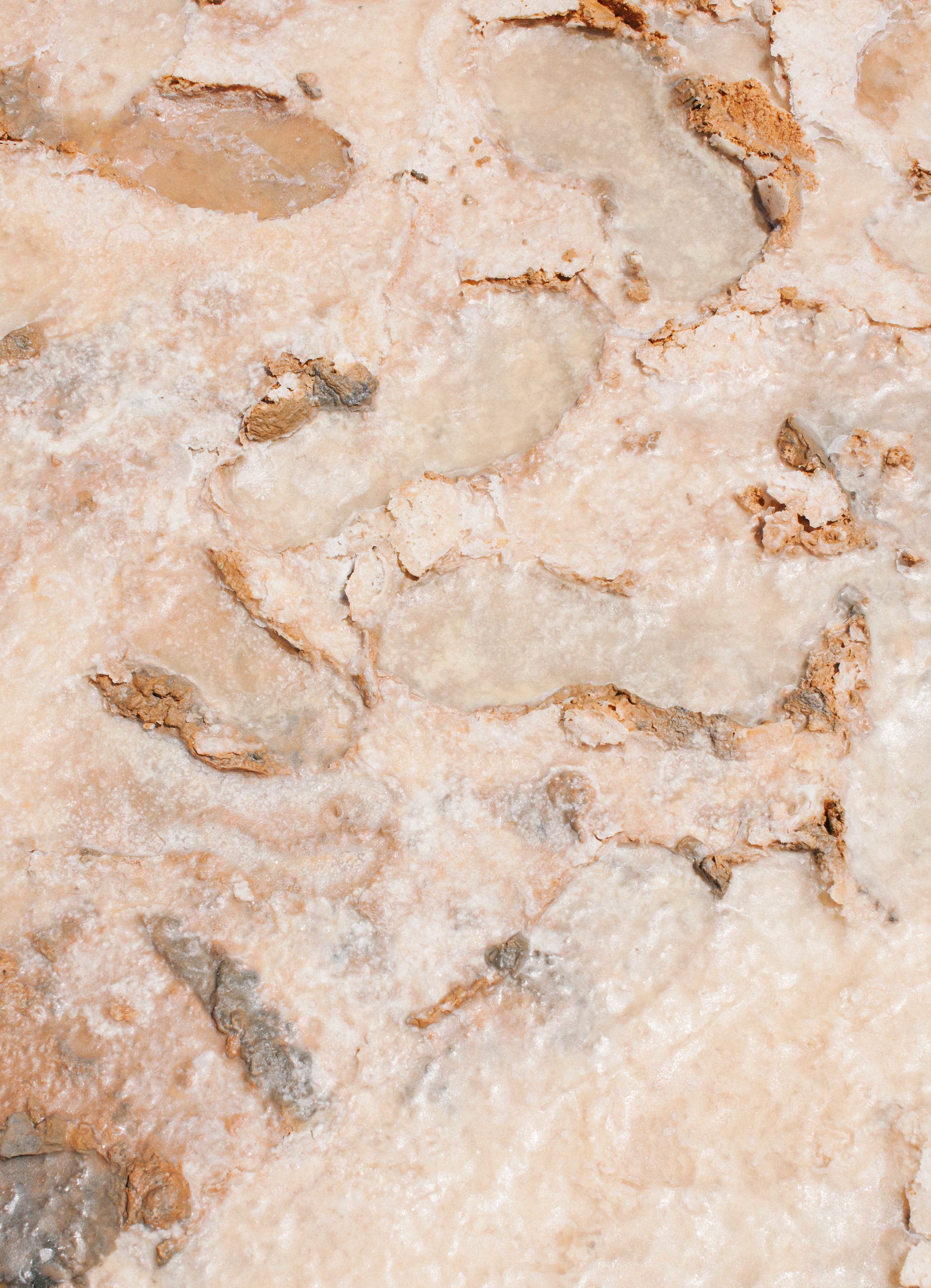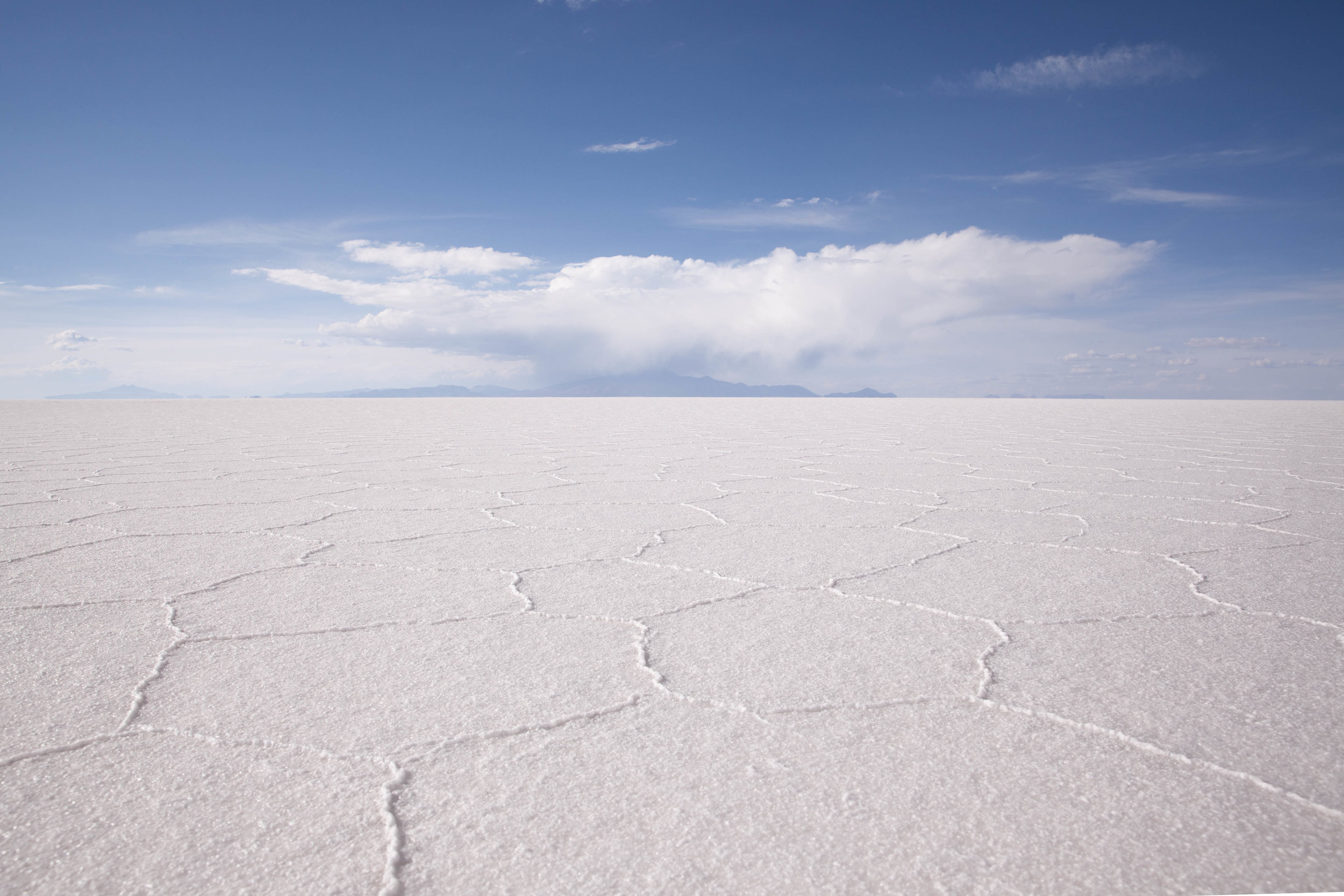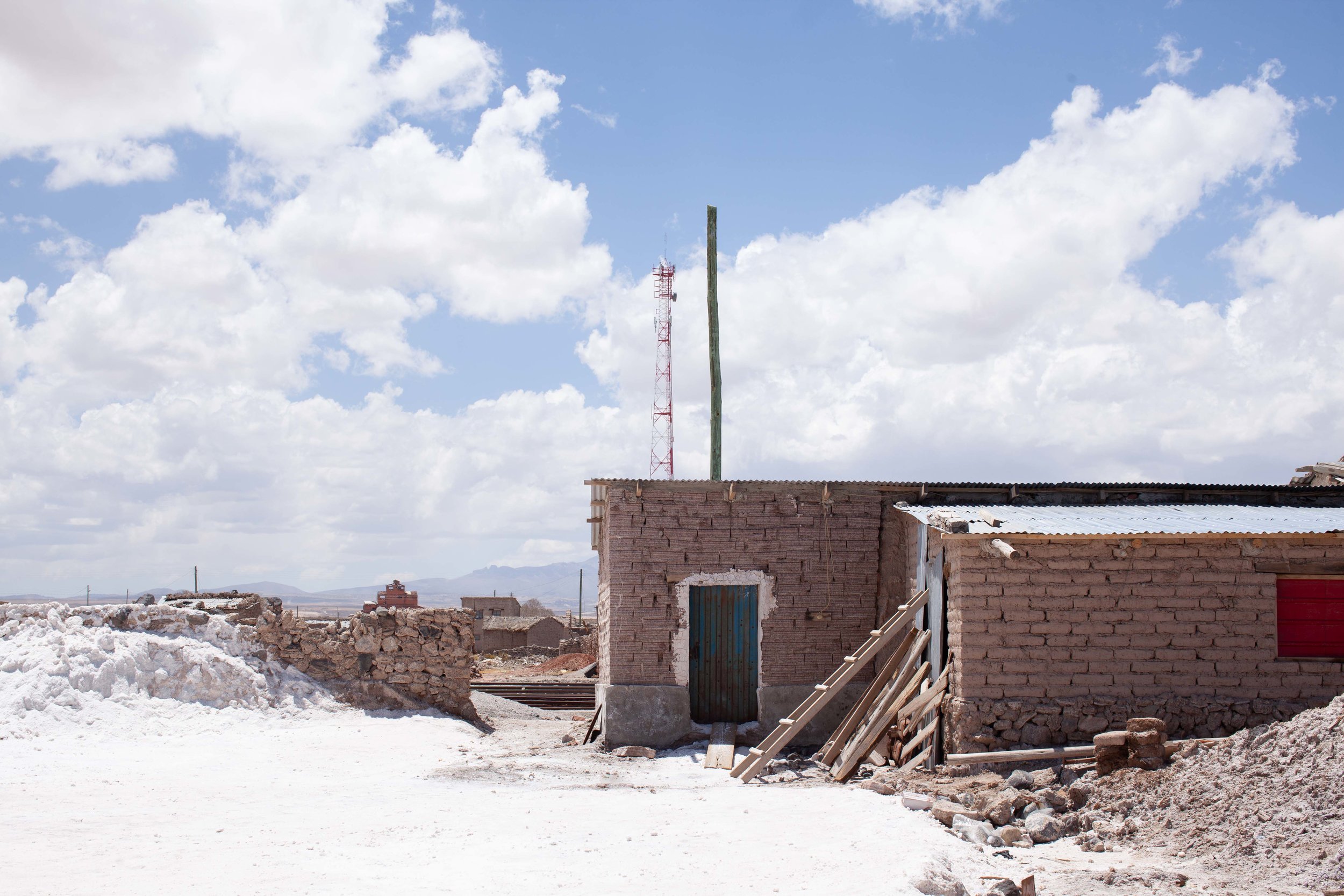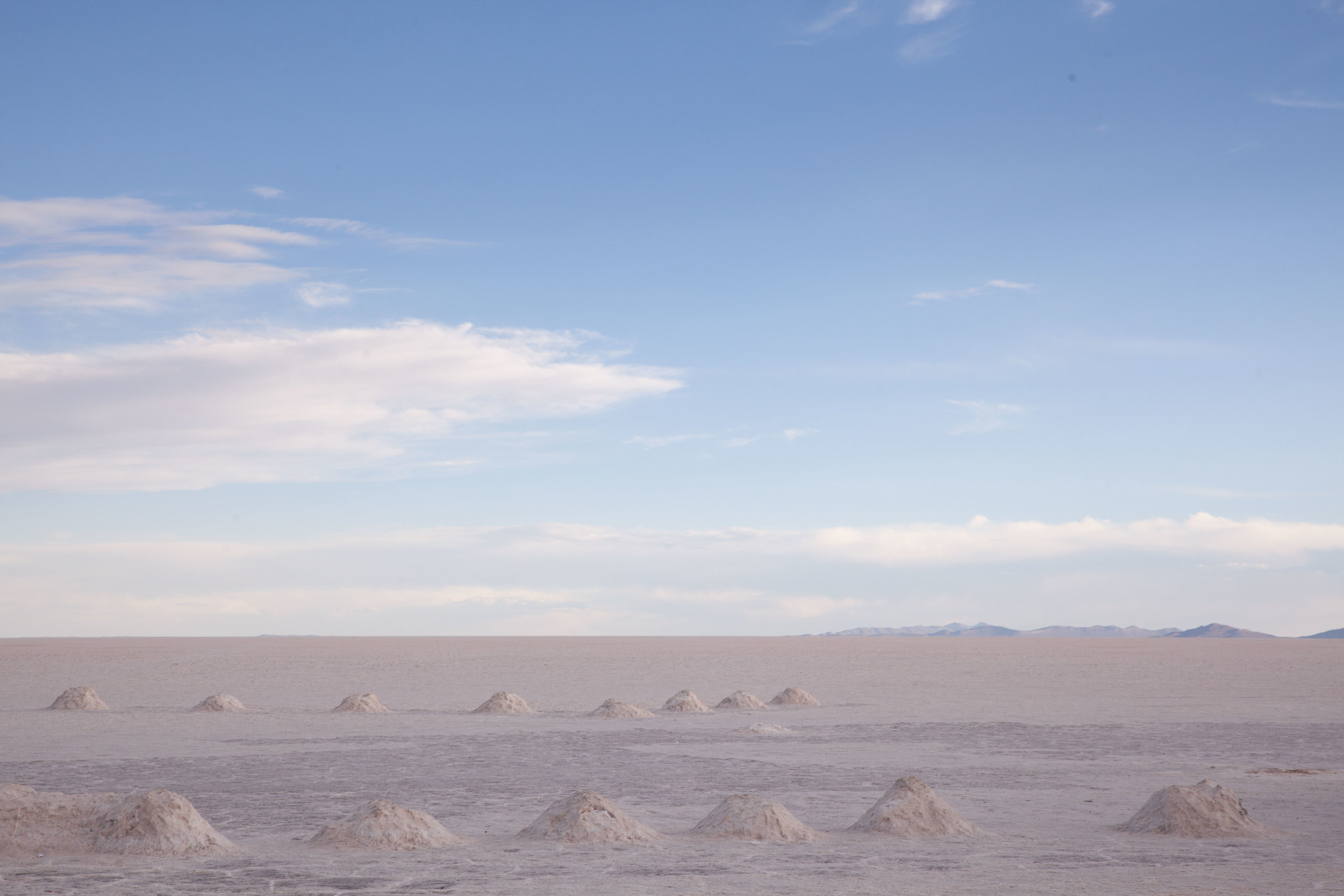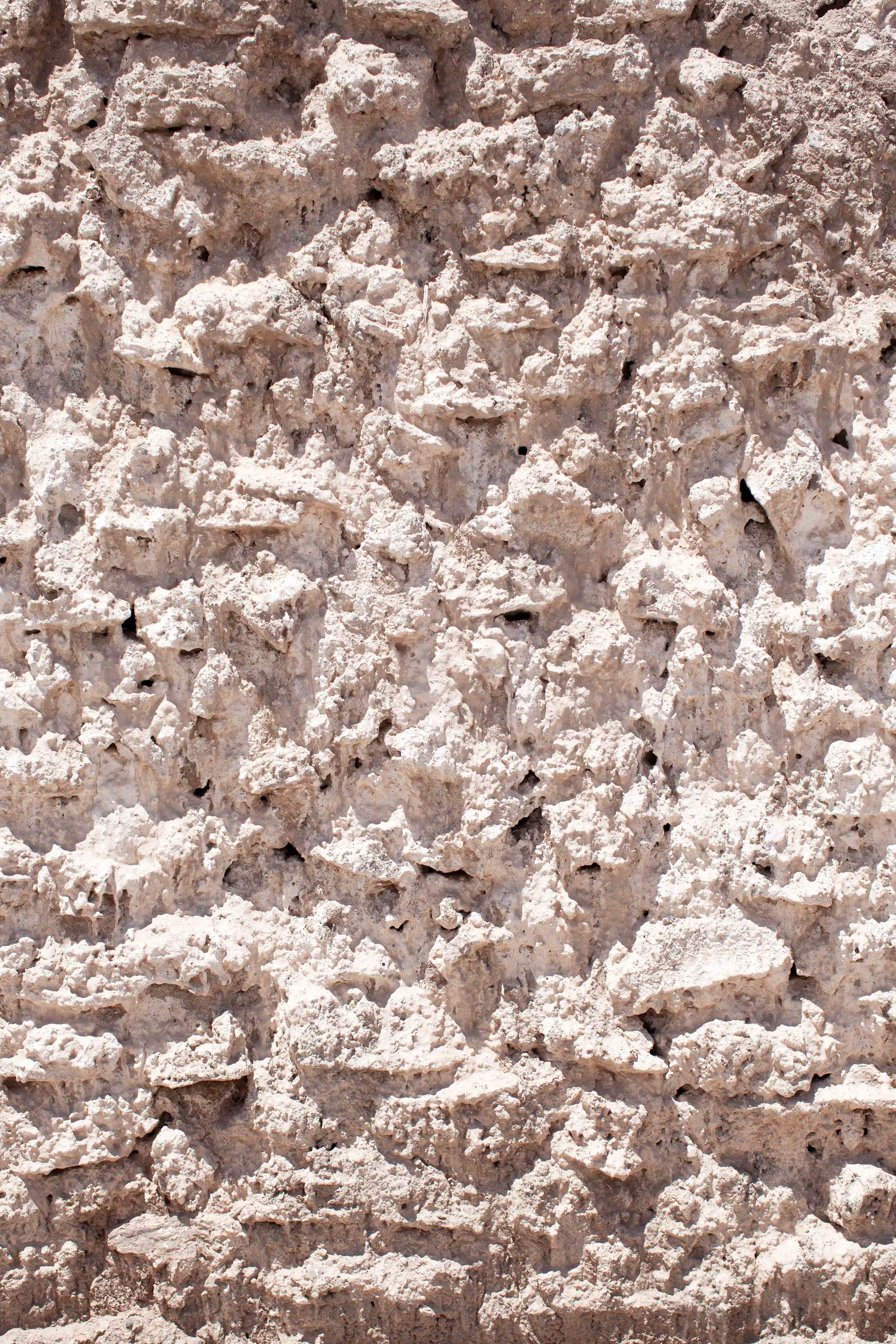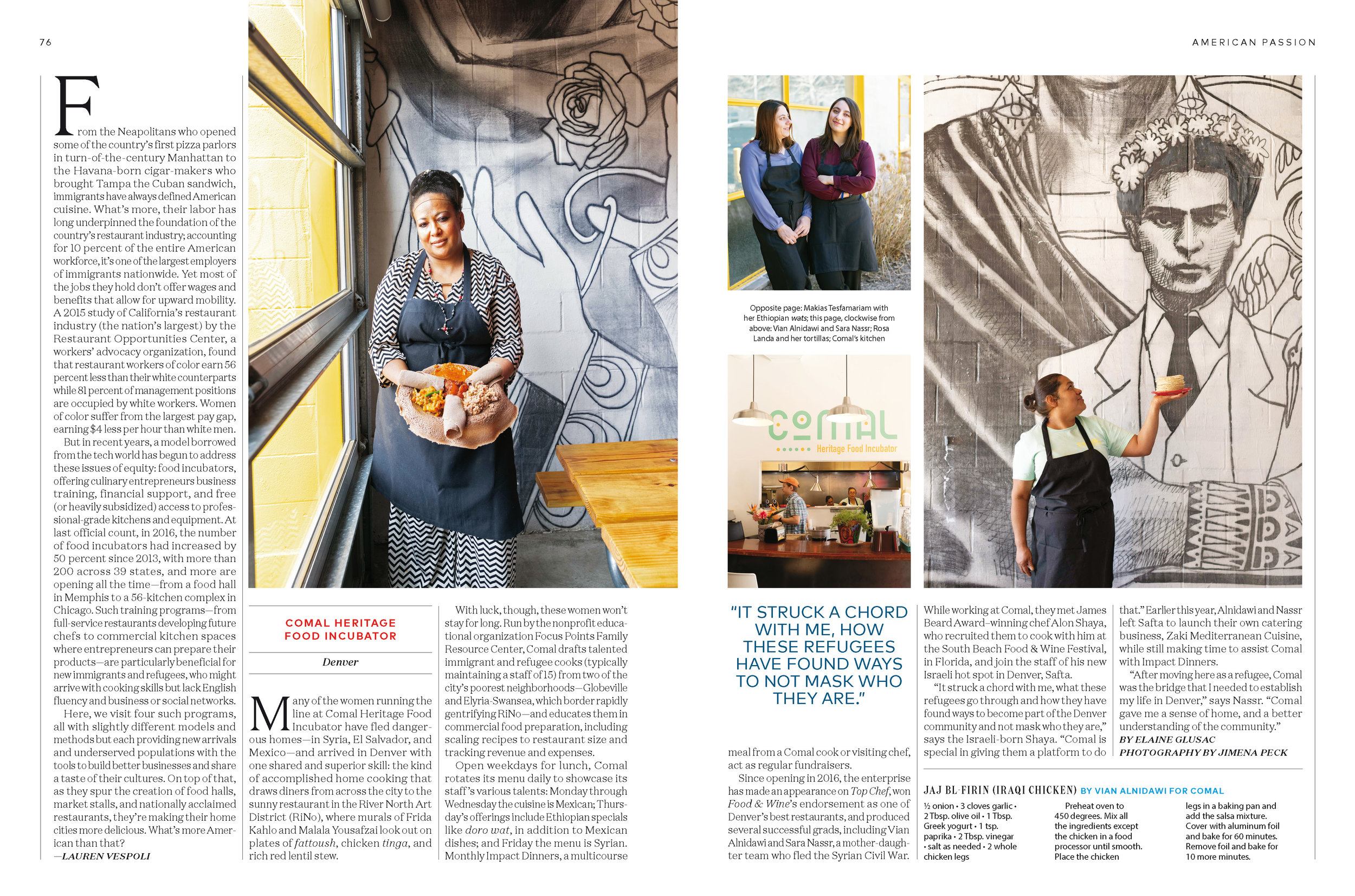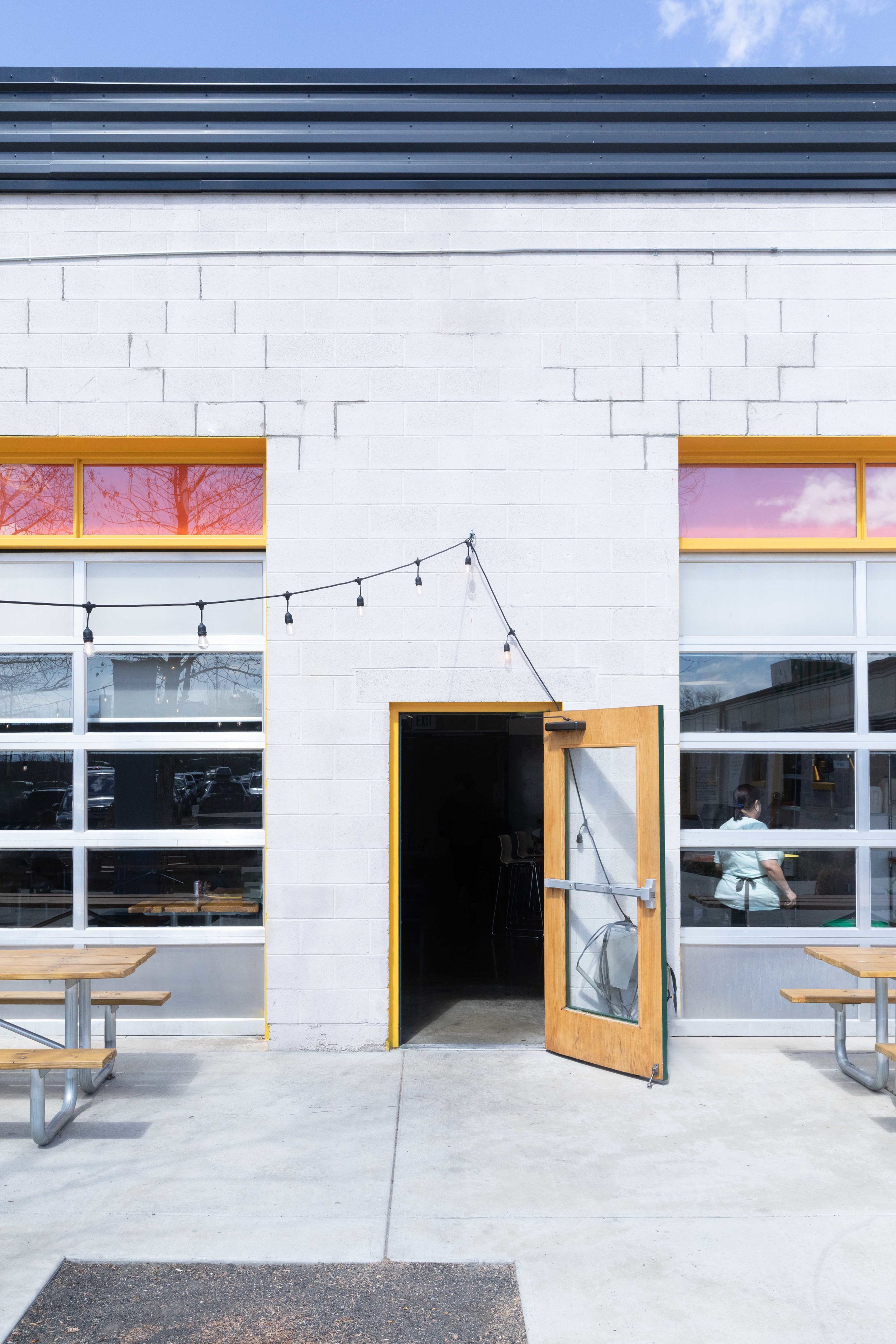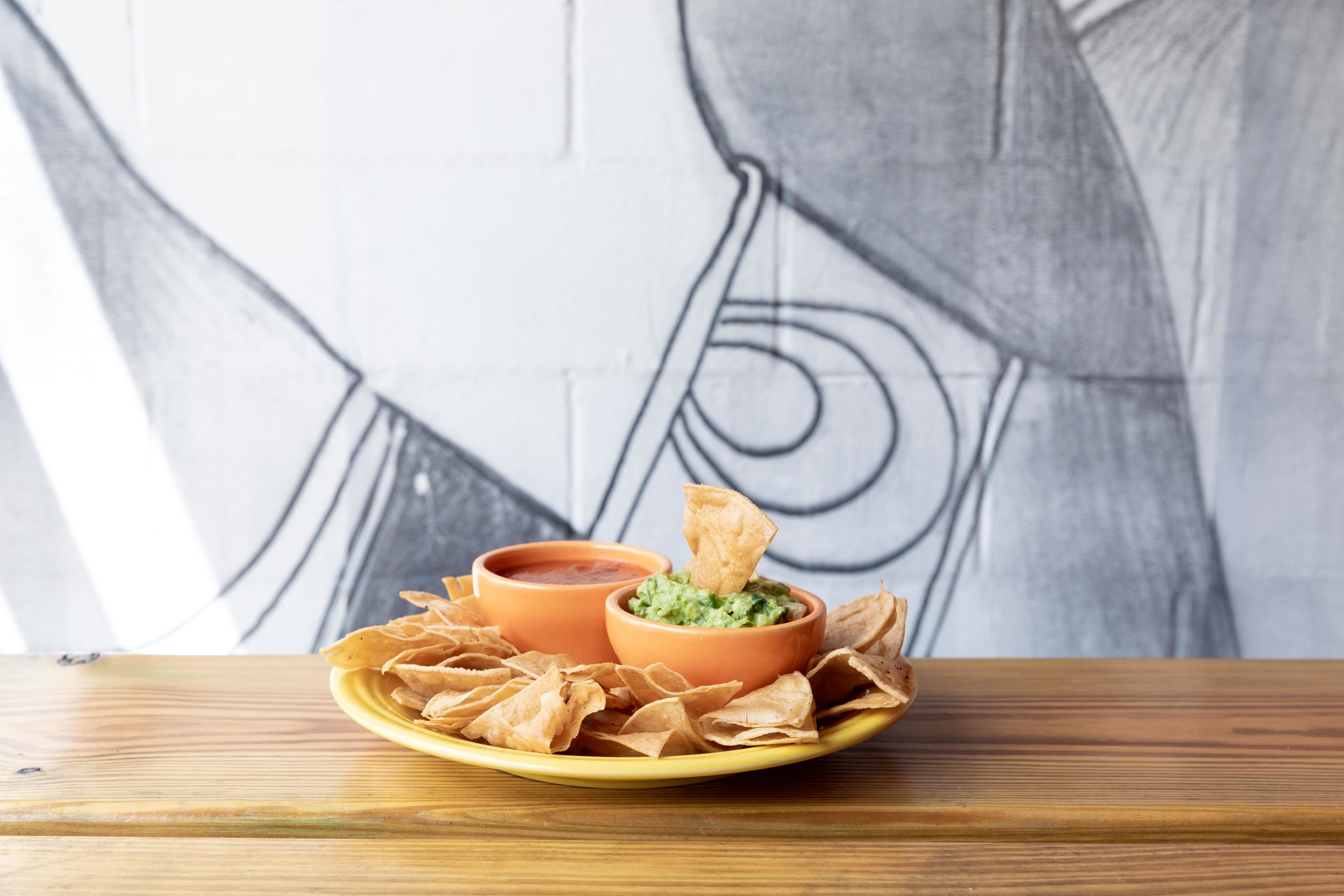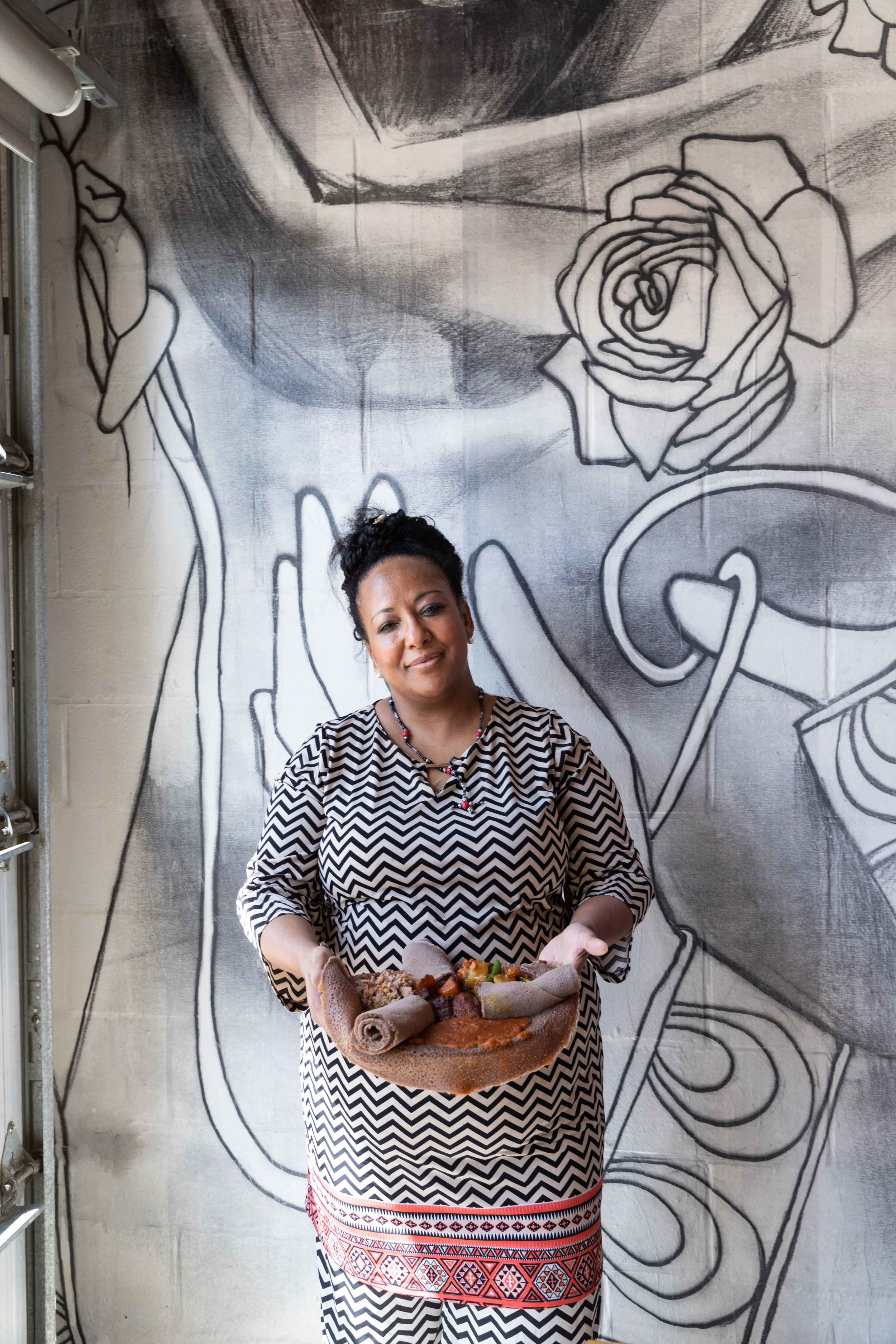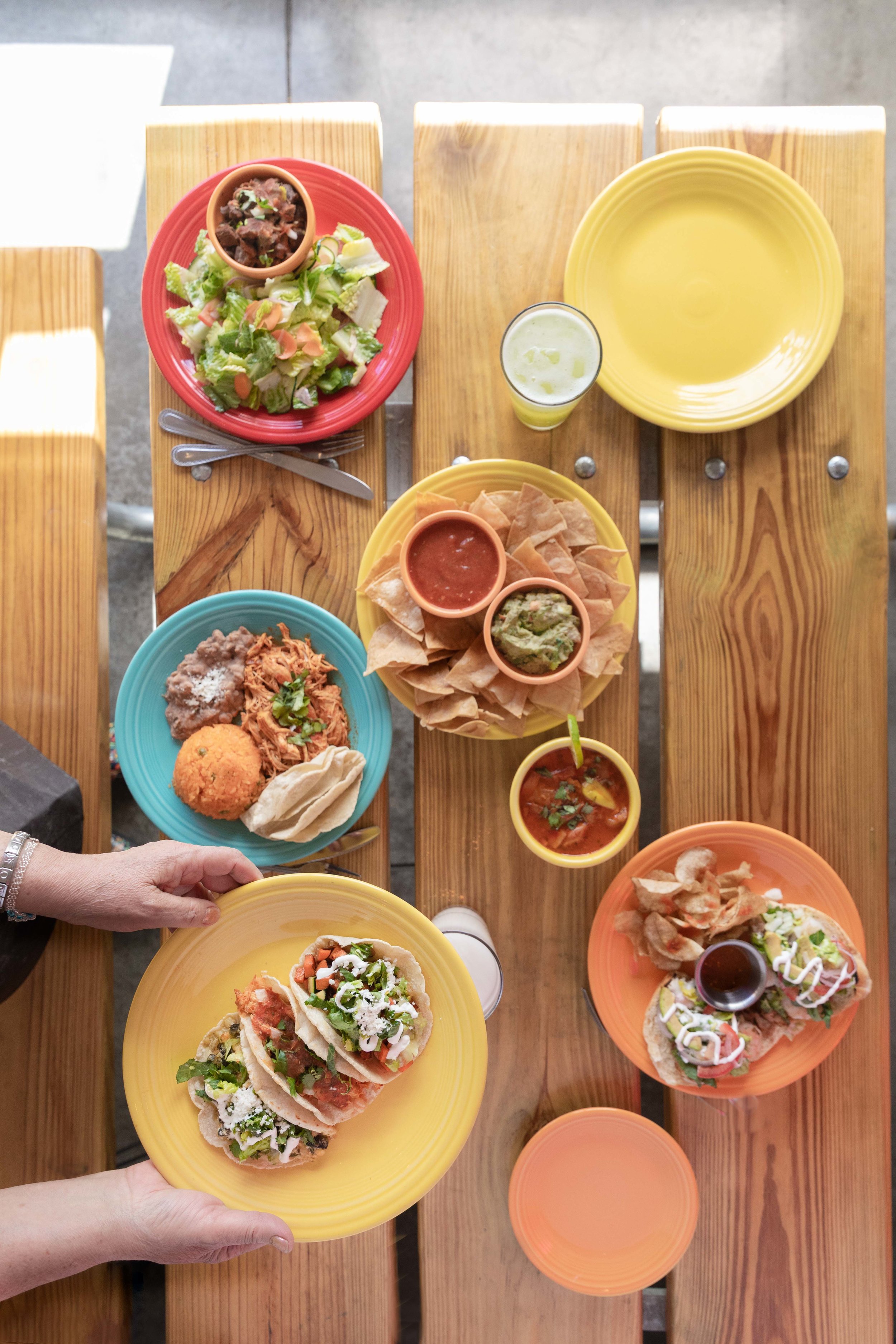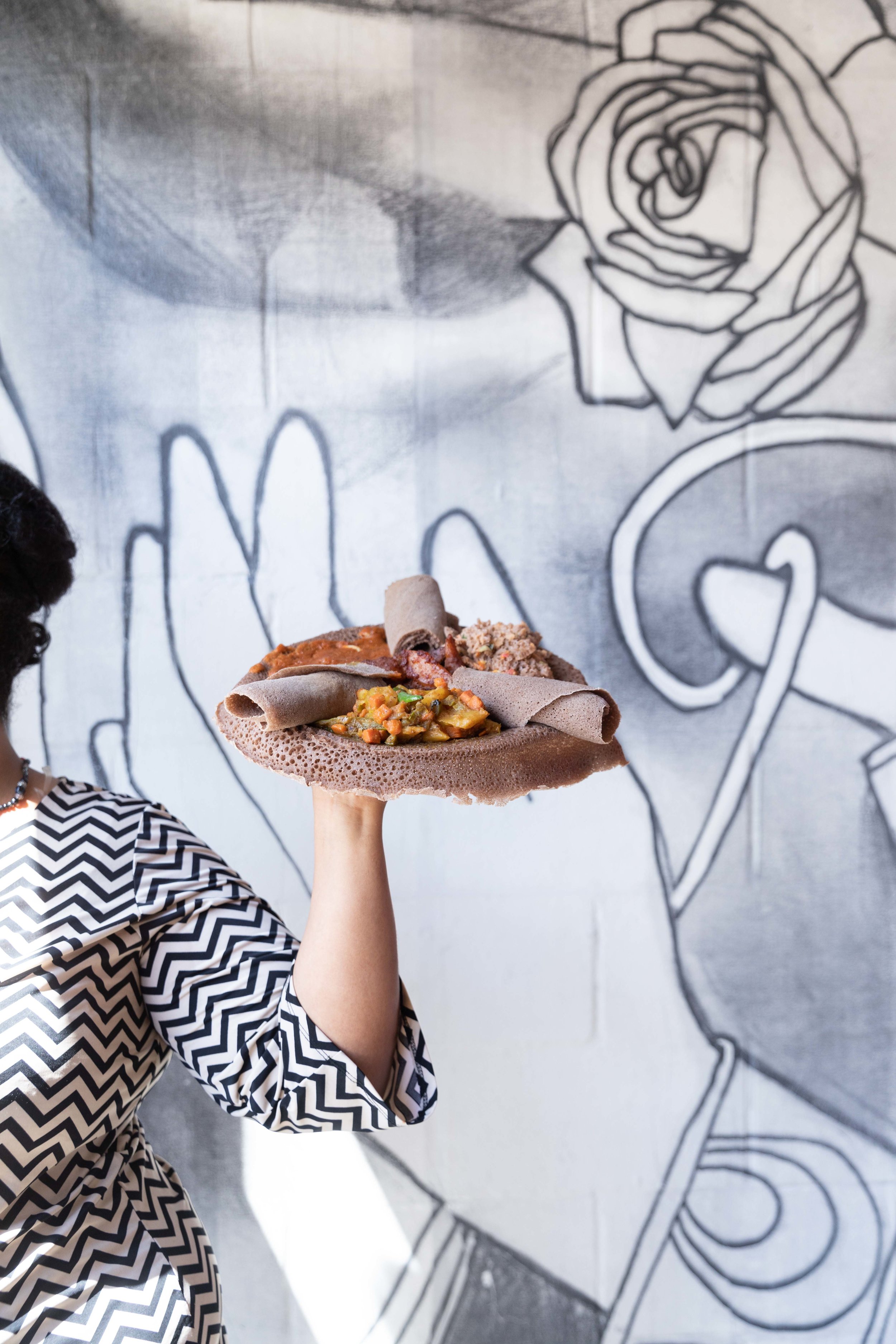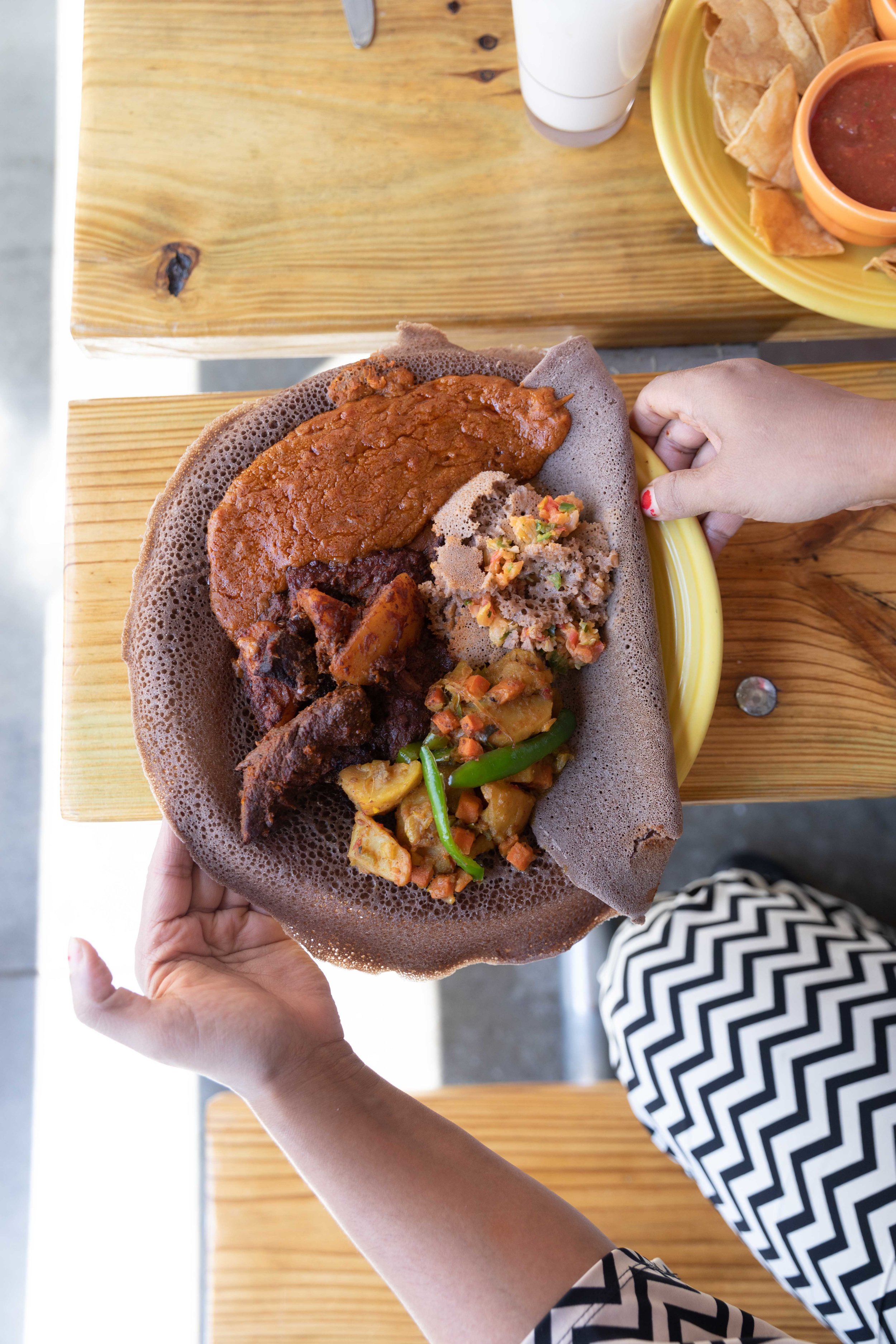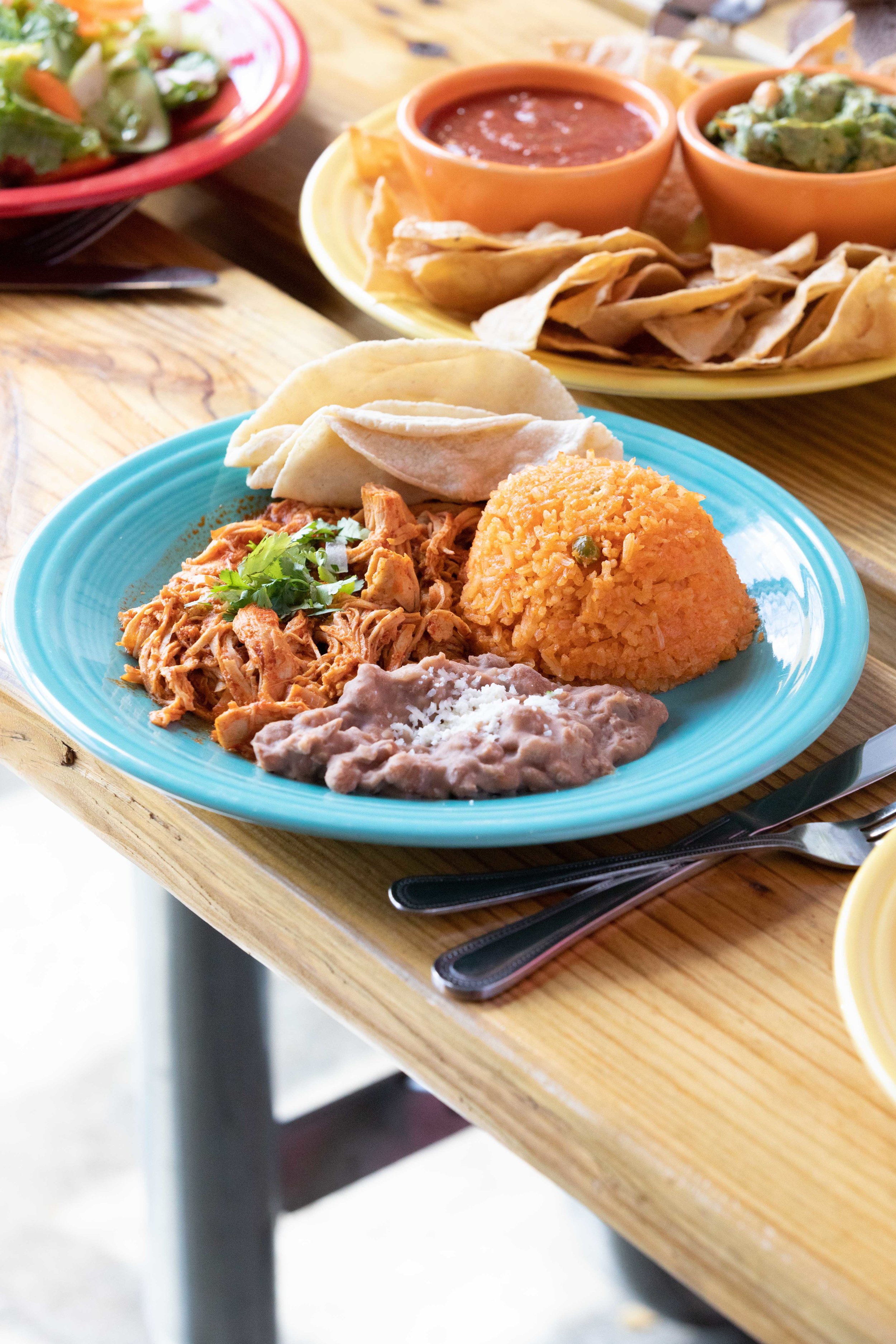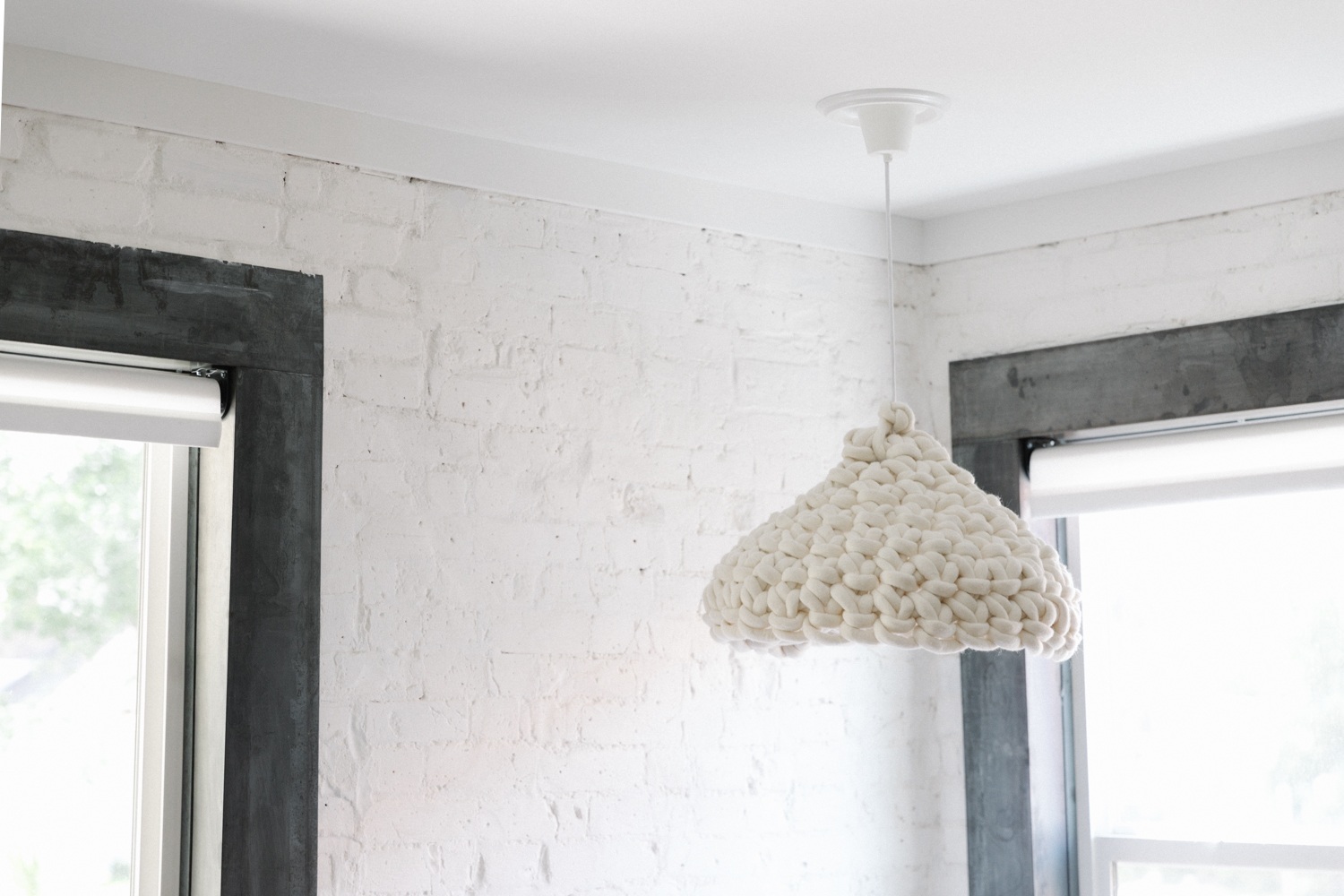When I connected with Liz at Lodestars Anthology, I knew, from the very first second, that we were going to be a good pair. So many elements in our lives’ visions aligned. We were lucky enough to cross paths in Mexico City for a wonderful brunch that allows us to finally, personally connect.
After my last trip to Mexico last year, where I was working on different assignments, I showed Liz my Dia de Muertos project and she told me those were some of the most beautiful images she has received for the Mexico Magazine. Wow! I liked that project but I didn’t see such a potential. And there we go: that’s what I mean with pairs that work well, when each other can uplift the others work and help create something much better than alone.
After one of my pictures from that project made it to the cover of one of my favorite magazines in the world, the editor interviewed me - like they do to all the cover photographers- and I finally got the time to sit down and write thoughts about my work and my life.
Hope you enjoy it and mostly, I hope it inspires you to continue to create, connect and root.
Full Interview HERE
You can purchase the magazine - Which is actually almost like the most beautiful book - HERE
***
Full Interview Below
To celebrate the release of the Mexico magazine, we spoke to Colorado-based cover photographer Jimena Peck about travel, image making, connectivity and Mexico’s Día de Muertos. If you’re craving colour, escape and positivity, Jimena and her natural, intimate photographs, is the artist for you.
What do you adore about photography?
I believe photography connects directly to the soul. The energy in a photograph speaks to the deeper self, to what is singular in each person. Photography precedes language and is a conduit between consciousness, feelings and intellect. There are no barriers, no forced or imposed messages. Certainly, the viewer interprets through their own lens, but the natural ambiguity of an image is what draws my attention and keeps me searching for new stories.
Can you remember the first photo you took?
I cannot remember the very first photo, but I do remember when my dad first gave me his film camera to take on a school trip. We went to an aquarium and I came back with 24 poorly exposed images of the orcas jumping during a show. Most of them were also out of focus, but I still remember the feeling of excitement and the power of that little box that would change the way I see the world.
What is your favourite thing to photograph?
I have always wondered what raw happiness is. Through my stories I try to find different ways to answer this question. Traveling has allowed me to contemplate all sorts of answers.
In my life, happiness has always been rooted in simplicity. When visiting small communities and exploring rural areas, mostly in Latin America, I feel I am a little closer to that raw joy. I can feel it in the air, I can taste it in every bite...
I feel we’ve been growing apart from the essential joy of simple things. My motive for photography is mostly inspired by the search for others who still hold simplicity close to their hearts and find happiness in the everyday.
Has your style changed over time?
Although I have some common colours, light, and stories I am drawn to, my style is a result of my willingness to be an intimate observer of moments.
Physical migration forces you to surrender to reinvention, and my style hasn’t been the exception. Every story and place has a mood and as a documentarian I try to search for the soul of the story being told.
You have taken photographs around the world - has there been a particularly memorable photographic experience?
My ongoing project on Argentinian yerba mate growers and plantations will have a big impact on my body of work. I am connected to the bones of the story - mate has been my most loyal companion since I can remember and there are so few stories about the hands behind the crops and the hills where it grows. Researching this most important plant in my life has allowed me to deeply understand its origins and cultural significance.
I’ve had the chance to fully connect with the hands that grow the plants, learn about its historic significance, intrinsic economical and political complications, and the land where it grows: surrounded by the lush jungle of Misiones Province. Lately, exploring deeper rather than broader has inspired me, and nothing runs deeper in my blood than mate.
Do you often collaborate or travel with other photographers - what makes these experiences special?
While a few travelling companions have been photographers, for the most part I have sought to connect with people from other fields. This way I feel there is more of a richness of collaboration. For many years I was just a solo traveller craving connection and diversity. I feel that the world is too big to only connect with people in my field.
However, I should note that some talented photographer friends have taught me everything I know when it comes to approaching issues and subjects, photo ethics, tricks and tips.
Can you tell us a little about the photograph on the cover of Lodestars Anthology Mexico?
This cover is a very special image because it wasn’t a planned shoot. After several days in Chiapas, Mexico, the group of women I was working with invited me to spend Día de Muertos with them in their community. I didn’t feel like taking lots of images because of respect and just to be a little more present for a while. This cross covered with the most beautifully discoloured flowers felt like the perfect symbol of all my feelings about this space in time. It’s just the mesmerising raw happiness I’ve been talking about. It represents the celebration of a simple but fulfilled life.
What advice do you have for aspiring photographers?
To be grateful and rooted. The best photographers I know are the ones that are deeply connected to the story being told, regardless of formal education. Know why you are doing what you do and connect with your heart and soul. The best stories are the ones close to you, whether that’s physically or emotionally.
Also, be aware that the world is moving in a direction where we are looking for stories told with a deep familiarity. You are a story, you have a story - search for that and you will shine. It’s not an easy road and uncertainty is always along for the ride, but I feel so grateful to be able to work doing what I’ve always loved.
Growing up in a developing country, the idea of being an artist was a very tricky decision and my family pressured me to do something ”more formal”. I now understand my parents' fears and can relate a little. Life was good to me, and I’ve had so many doors open than I would have ever imagined. Just be grateful for every little step and remember there’s usually not an end to the stairs. Be grateful for every step you take.
What's at the top of your travel wish list?
Although I live in the USA now, Argentina will always be the place I belong to and, in the long run, I know I will return home. Argentina has always been my love and there’s so much I need to learn about and see there; so many people and stories I still need to discover to fully understand my own place.
This is a difficult question right now when we are going through one of the most impactful health emergencies we’ve ever seen. I’ve been wondering for awhile how we are affecting the earth and our people with every step we take. You have to find what moves you, but let’s try to learn from this experience and understand that even though - thanks to technology, media and communications - we might believe the sky is the limit, as a species we will end up paying a much higher price for it than we initially thought. I feel we need to be more cautious and mindful with the places we go, far or close, and explore more deeply and respectfully.
And again, make the most of every minute on any road, that’s when the big magic starts to happen.
To see more of Jimena’s work, pop over to her website. The Mexico magazine can be purchased here.








